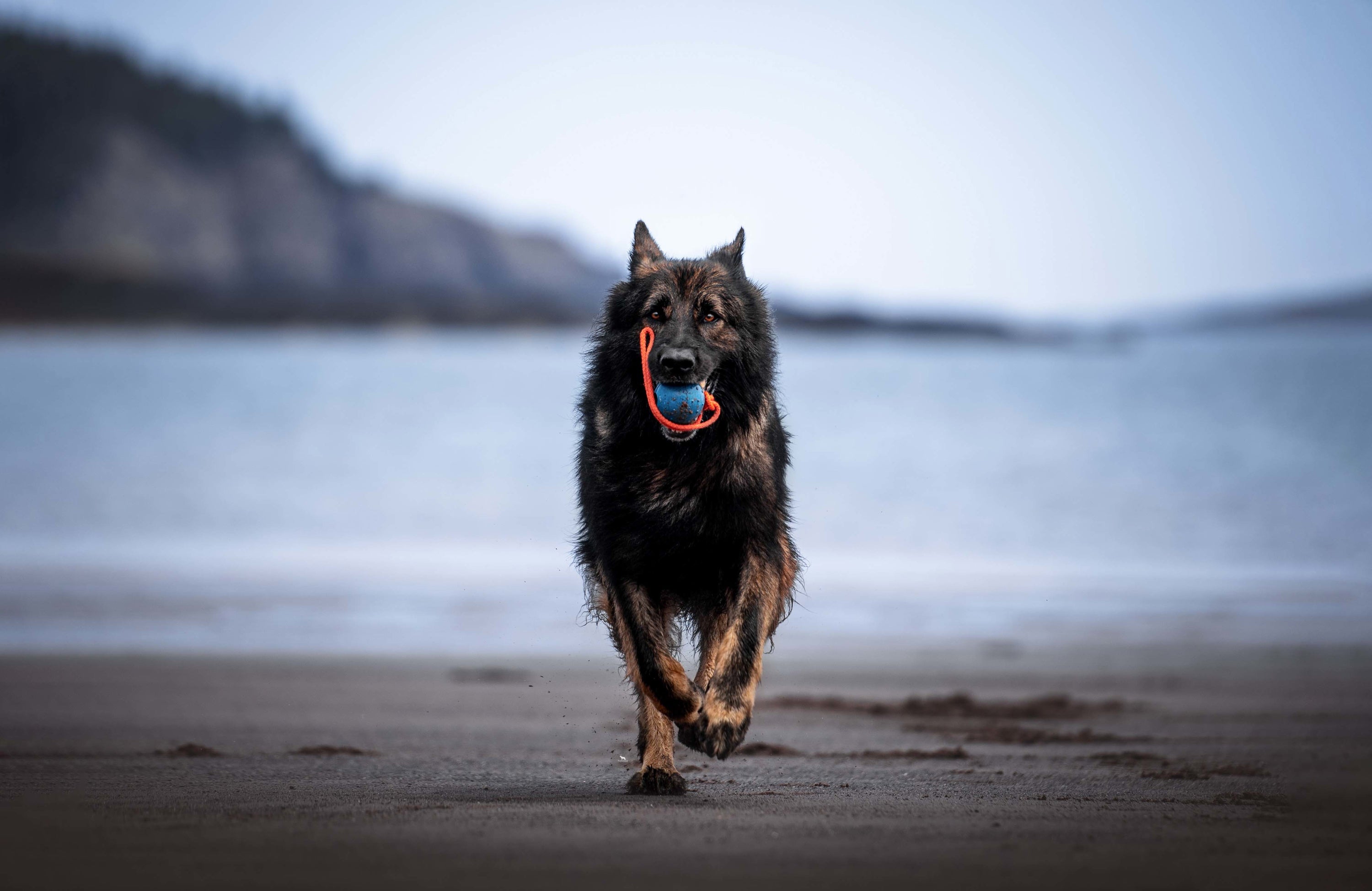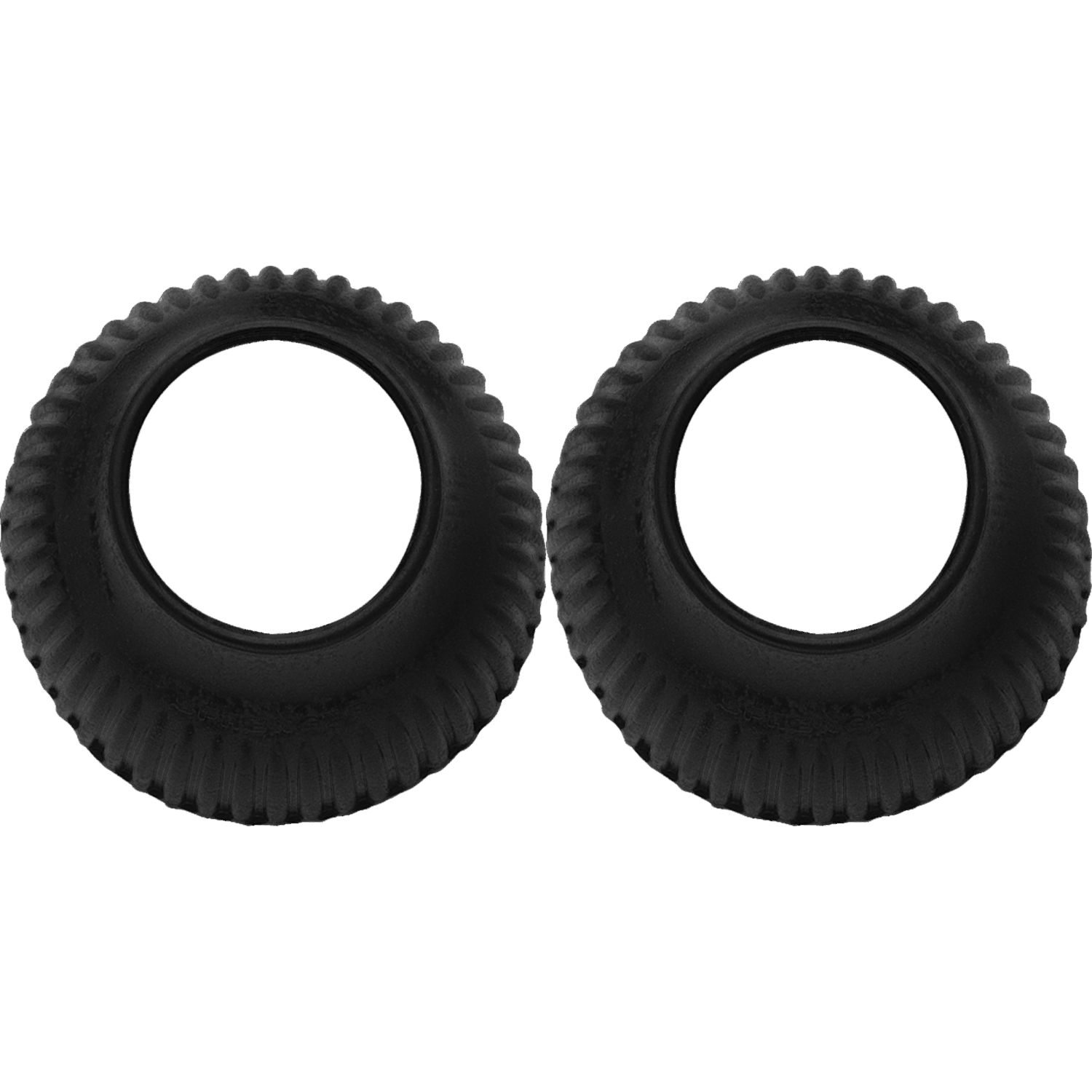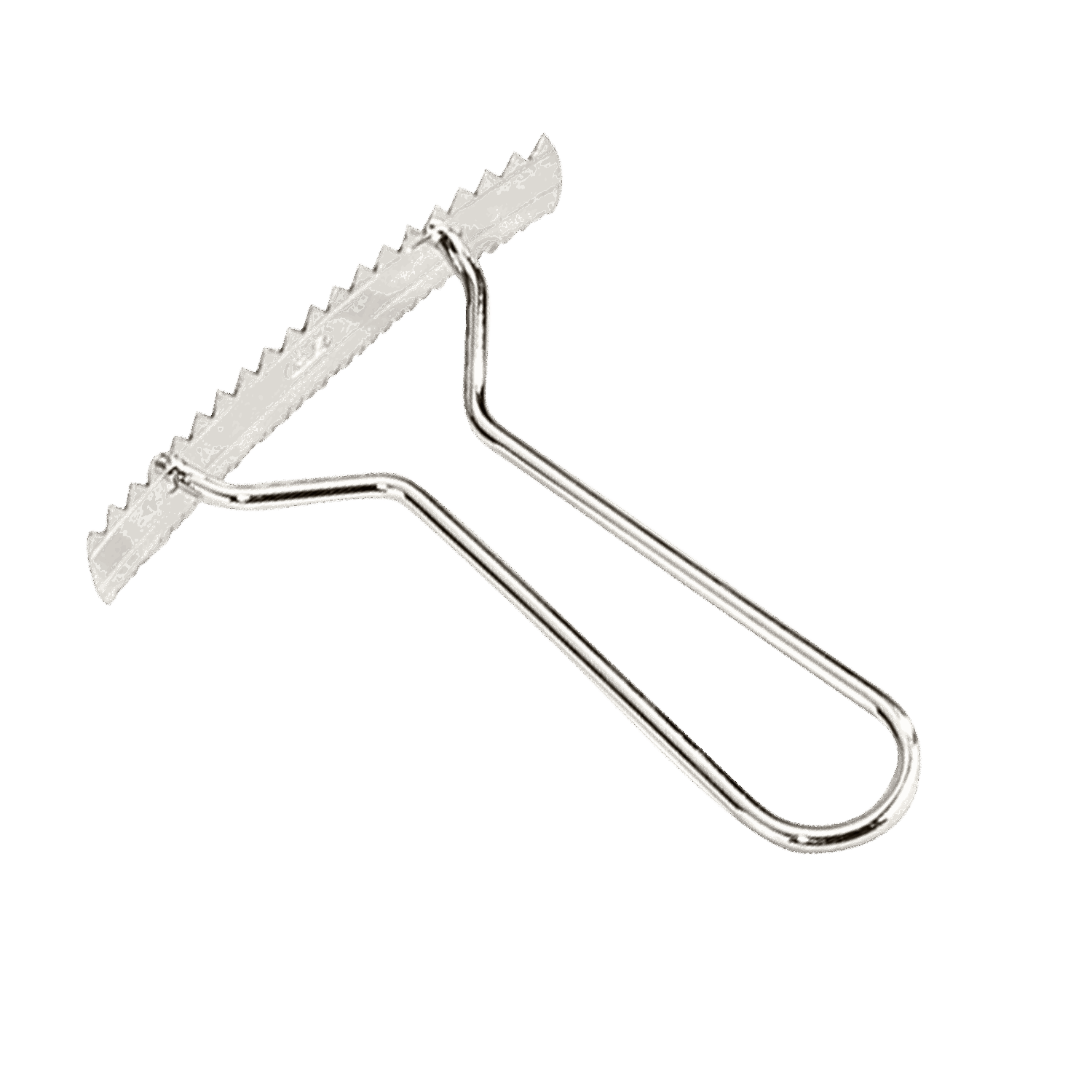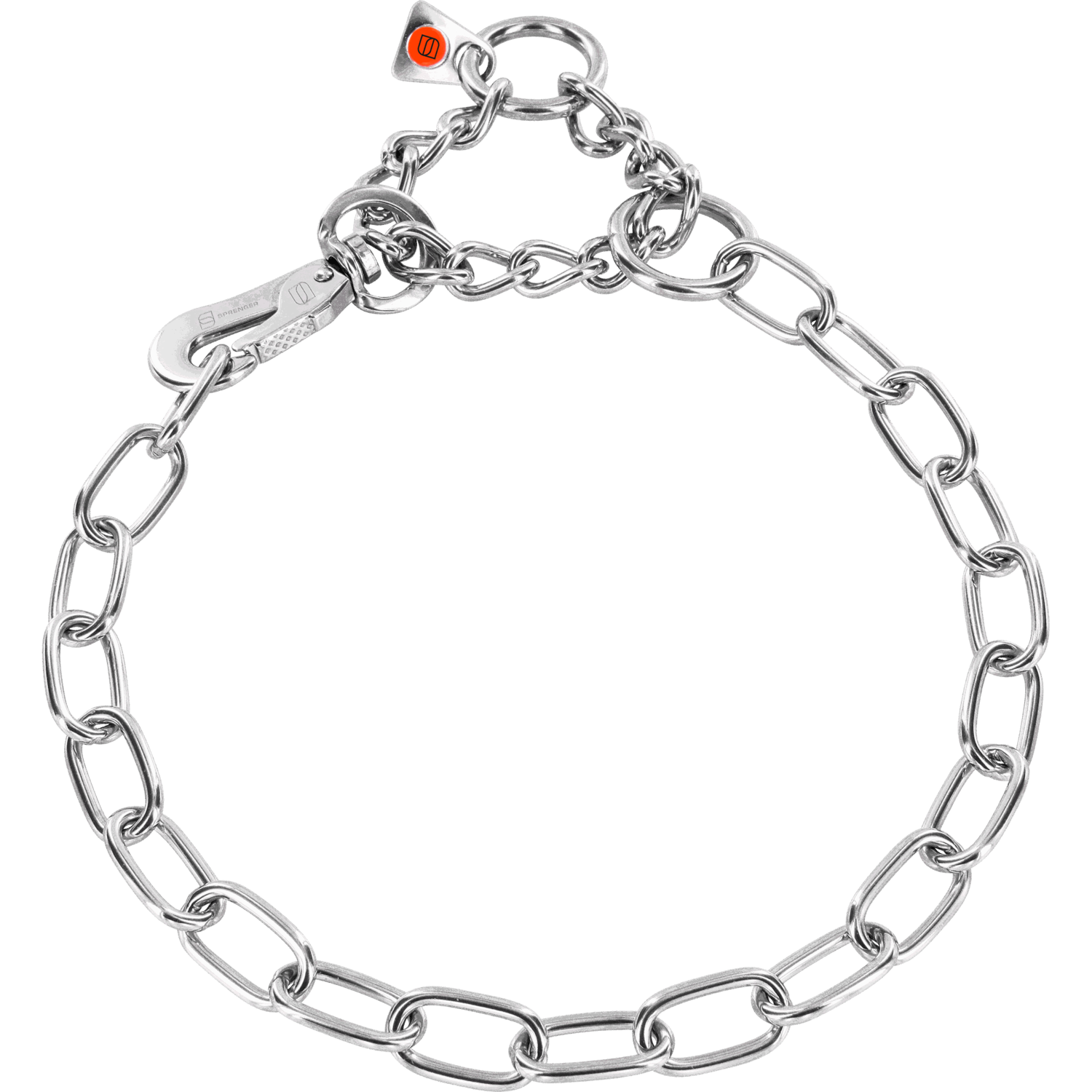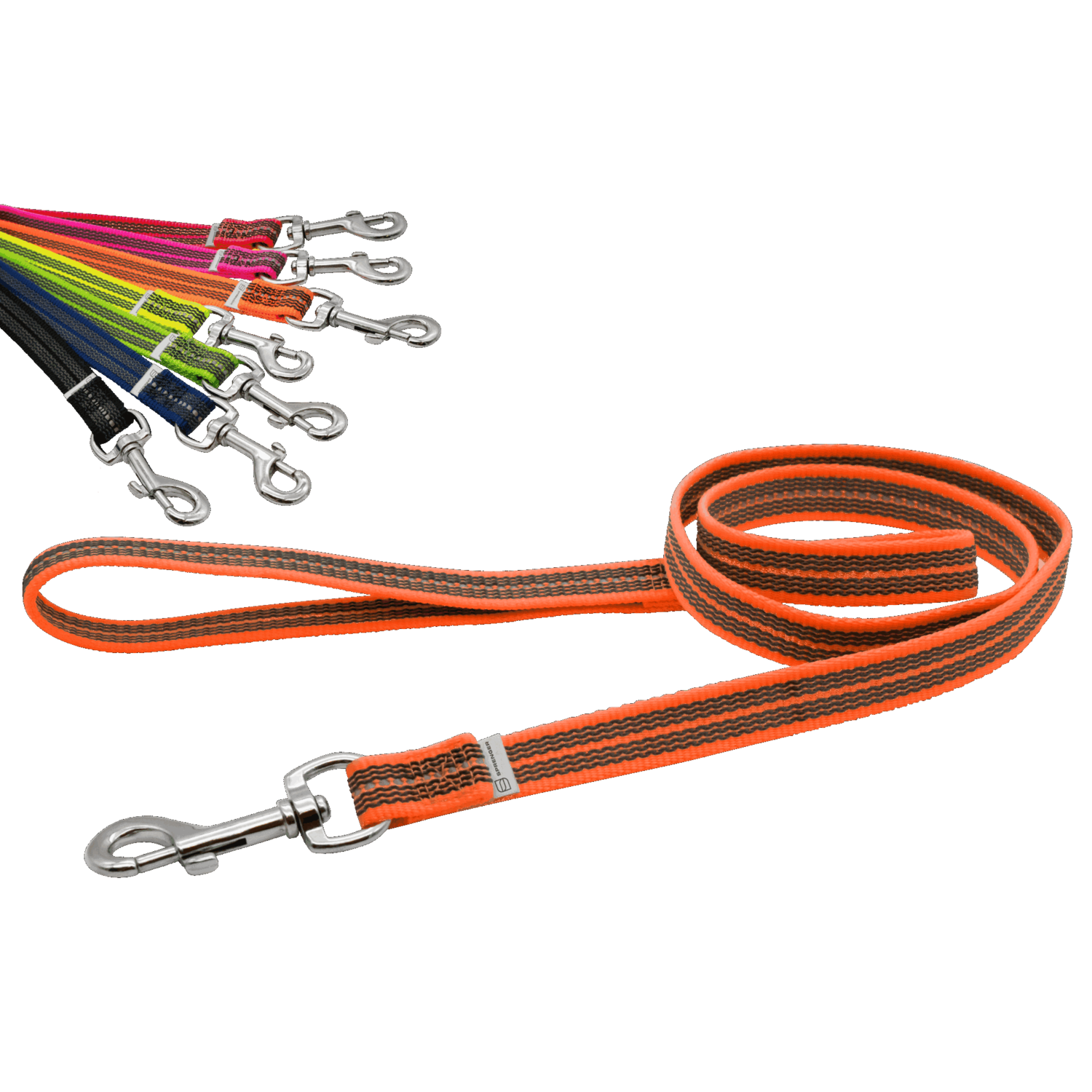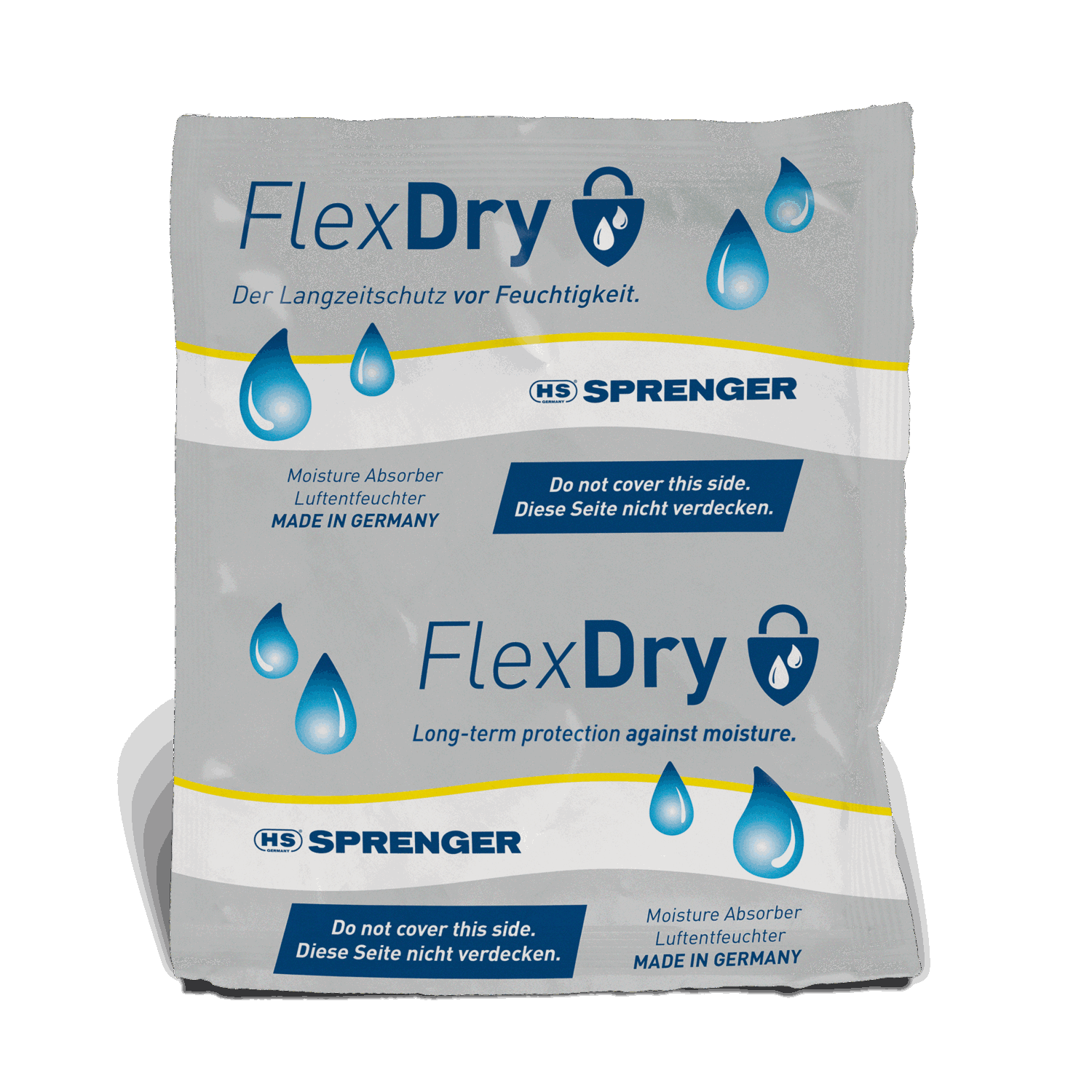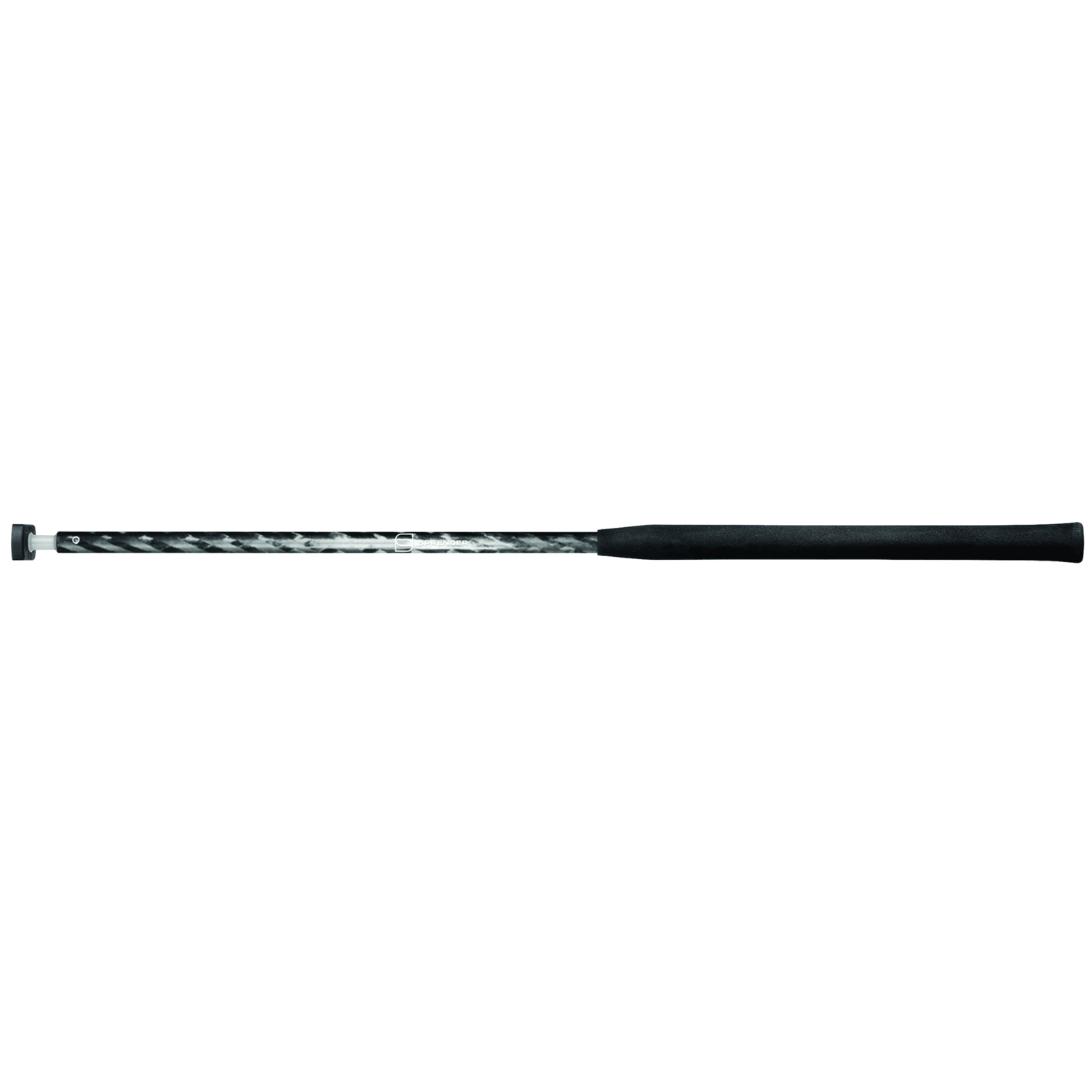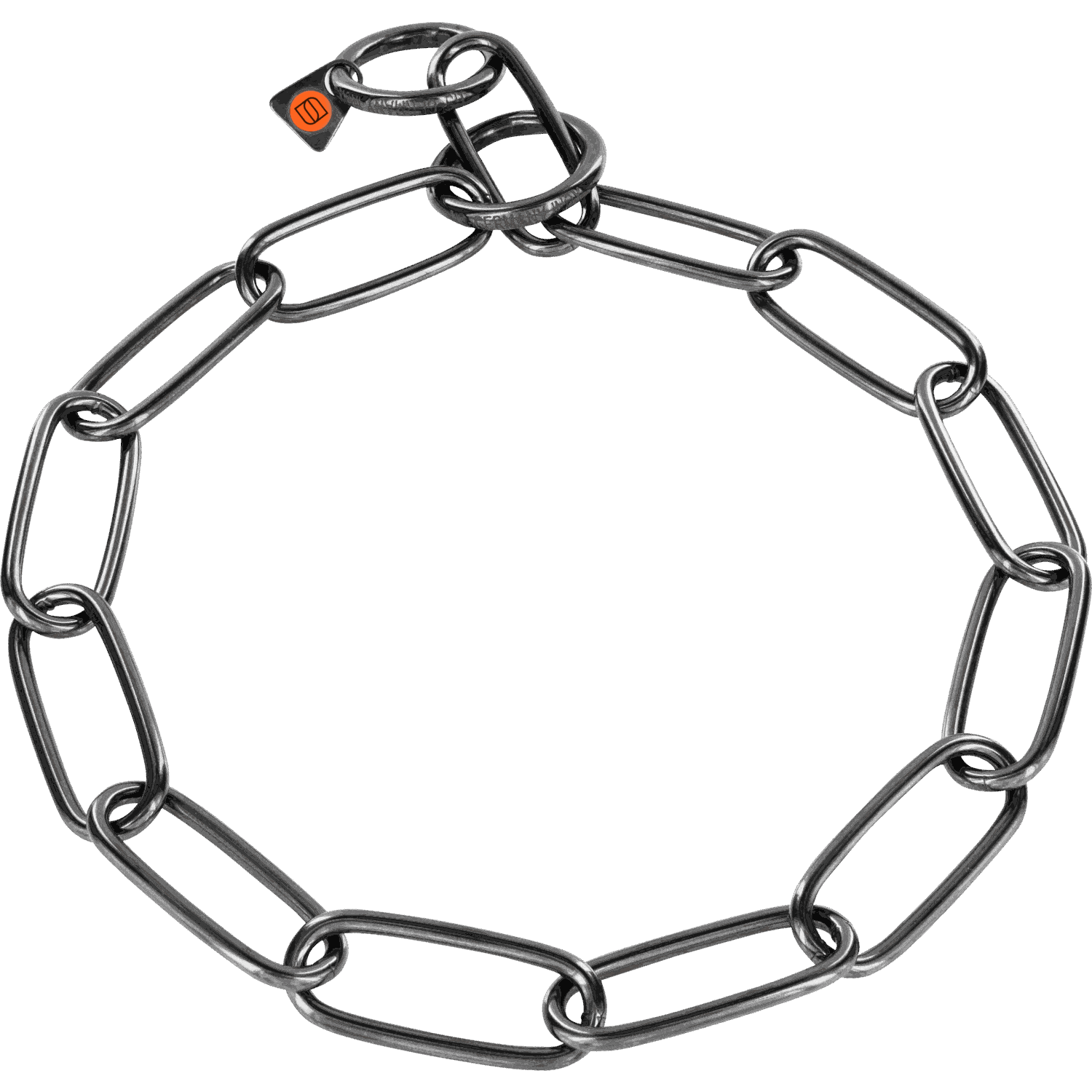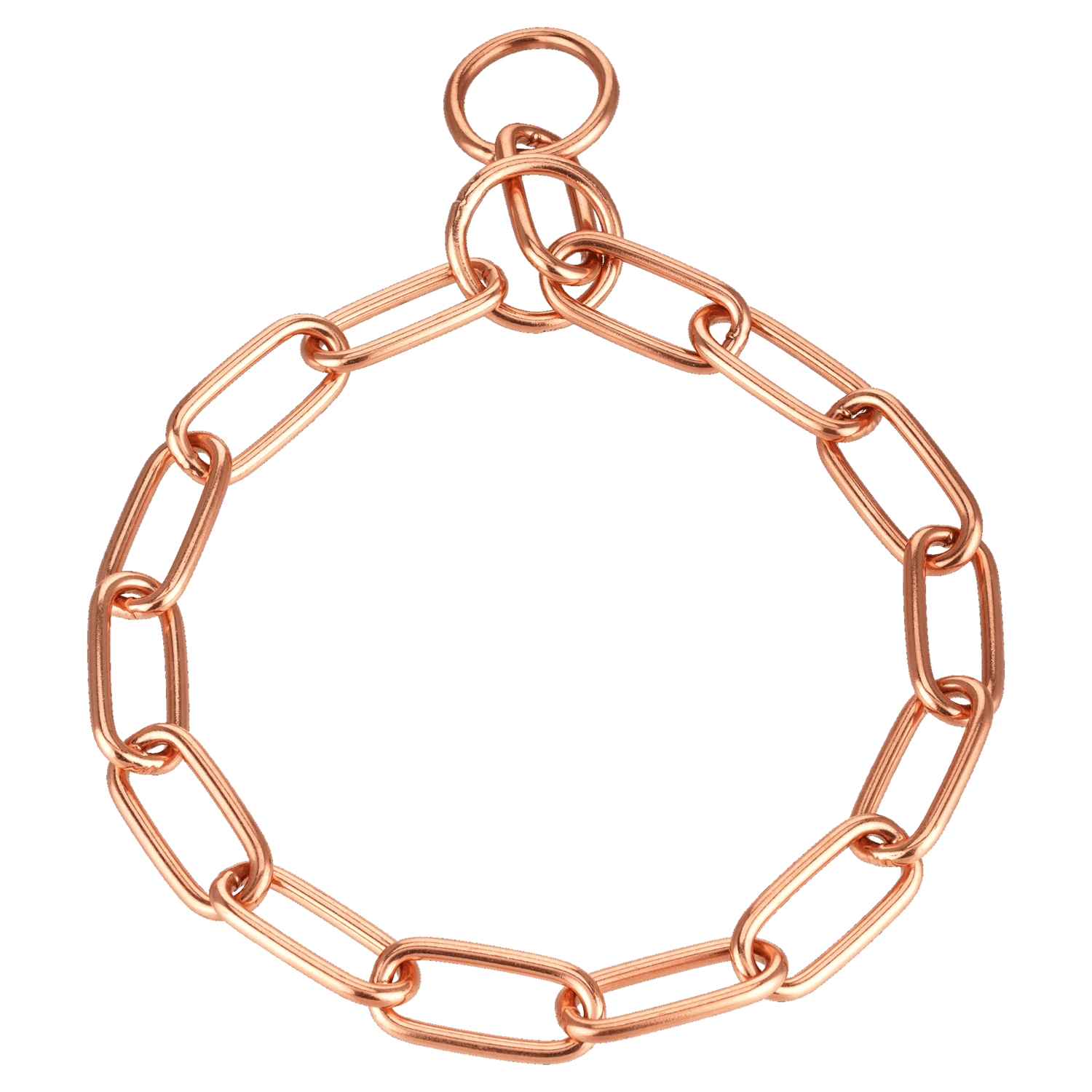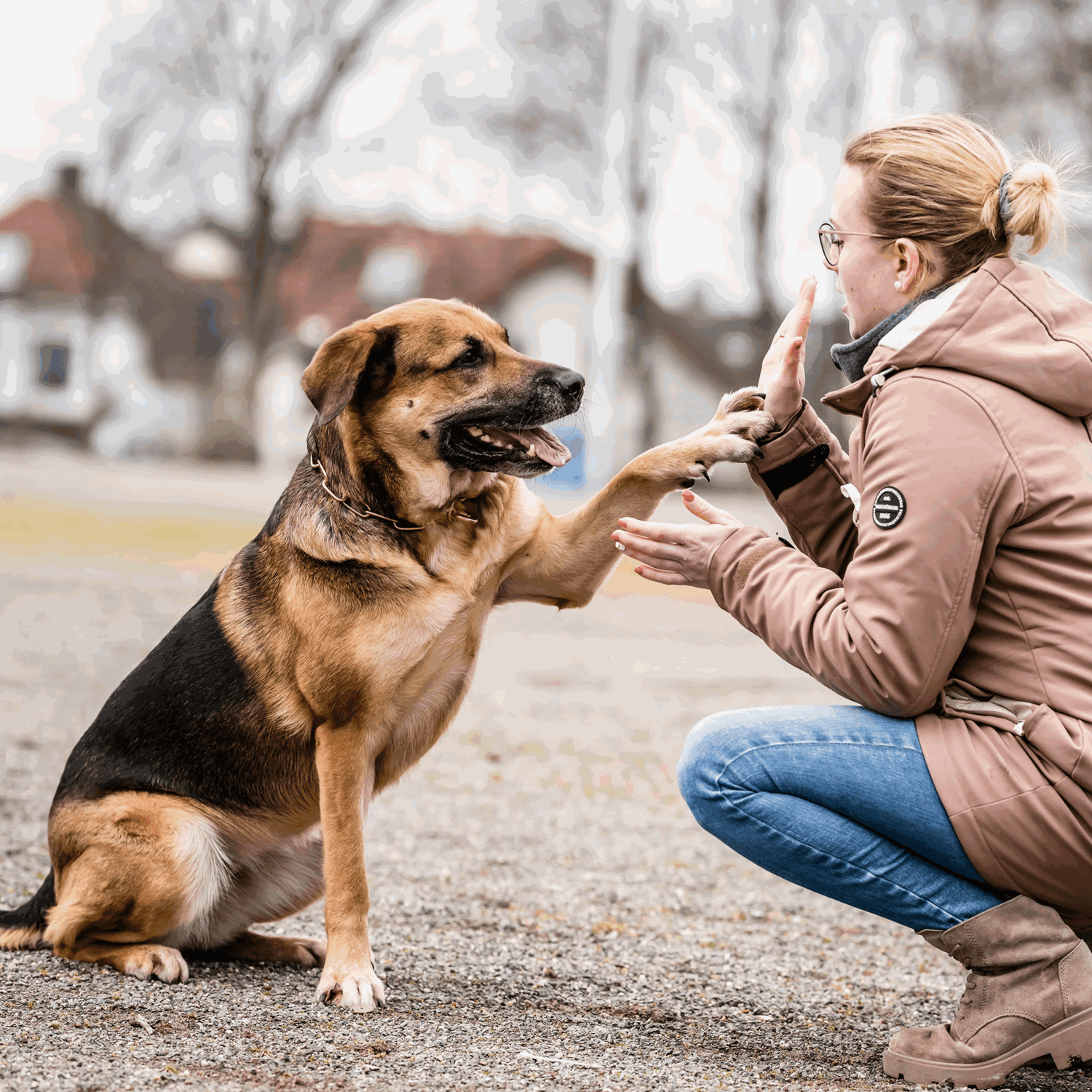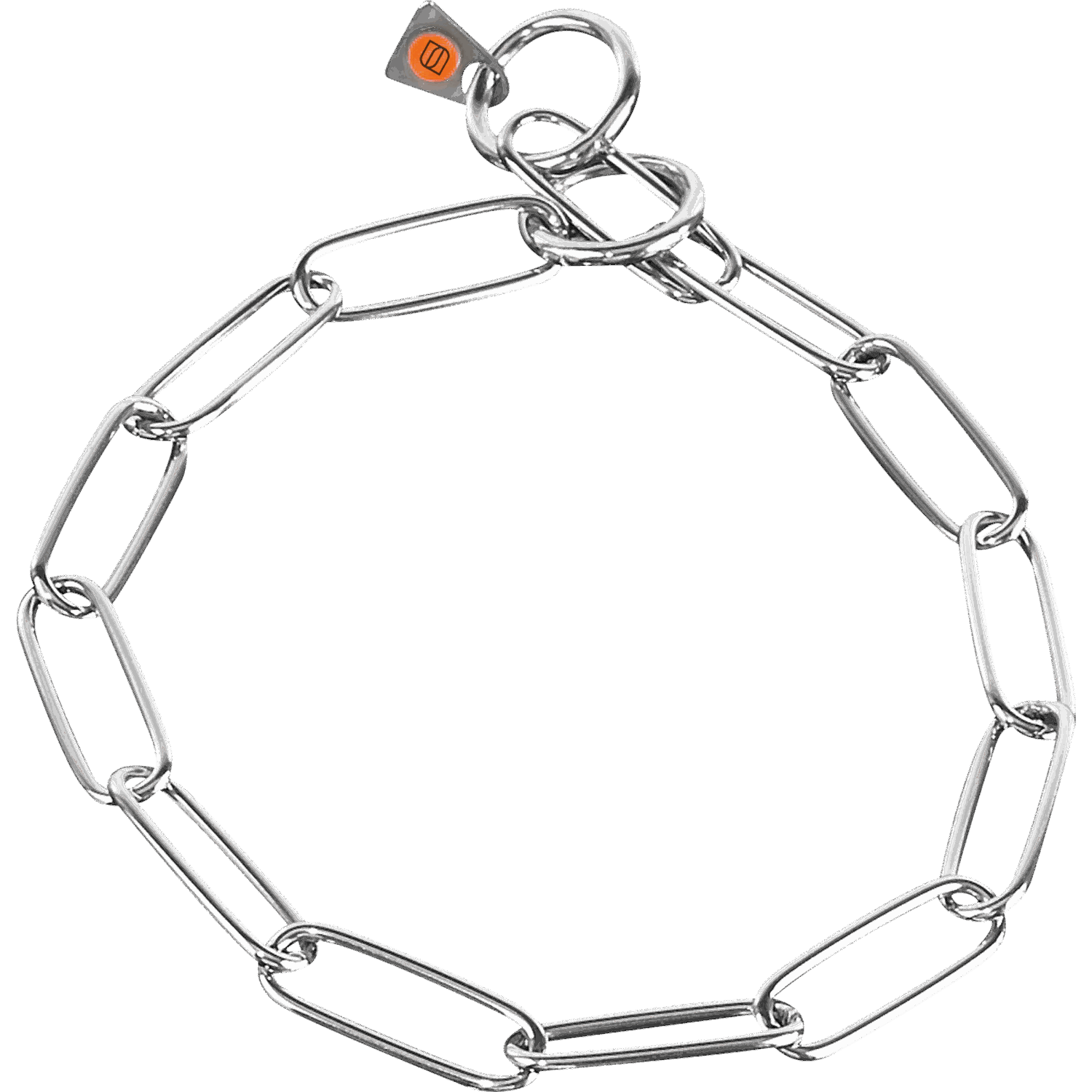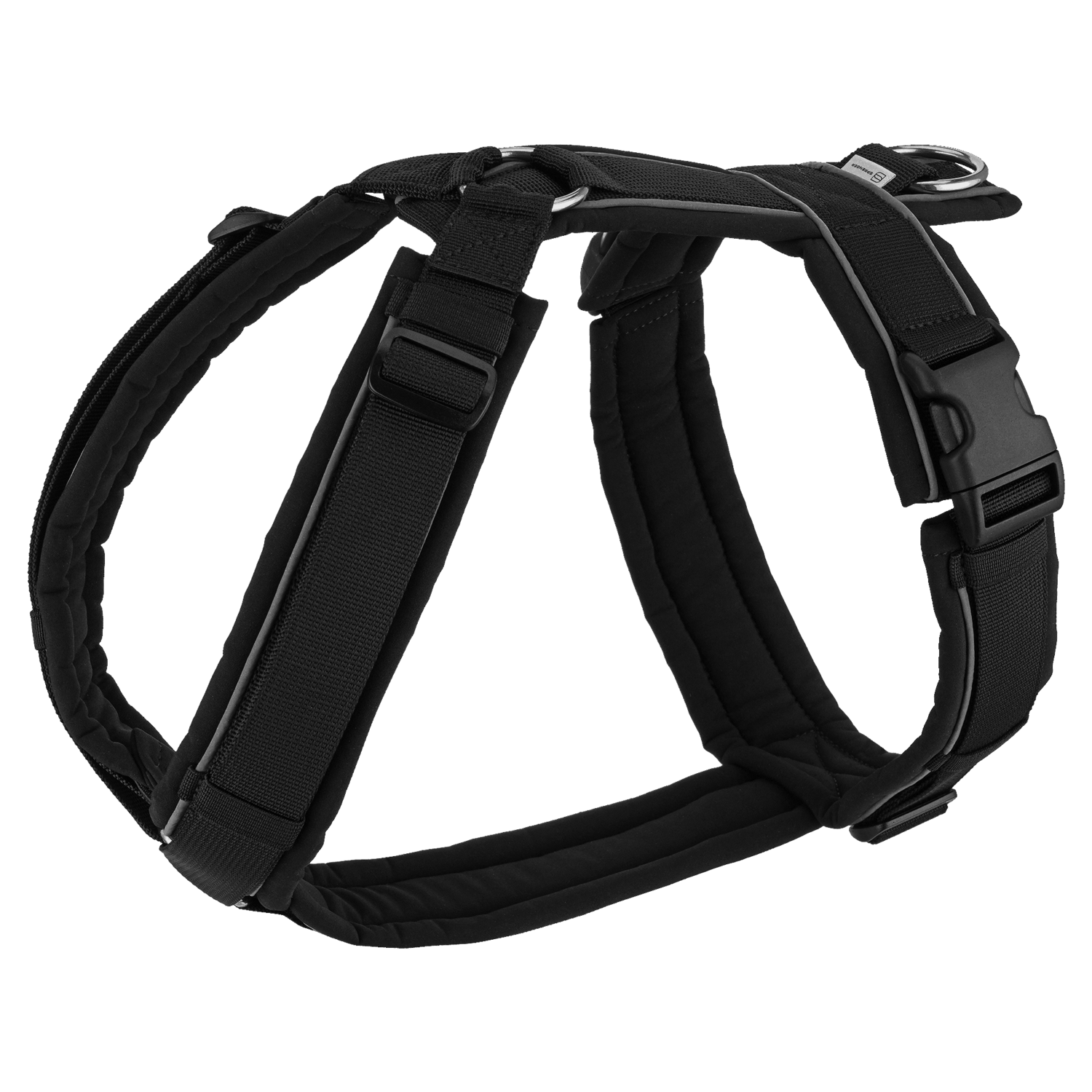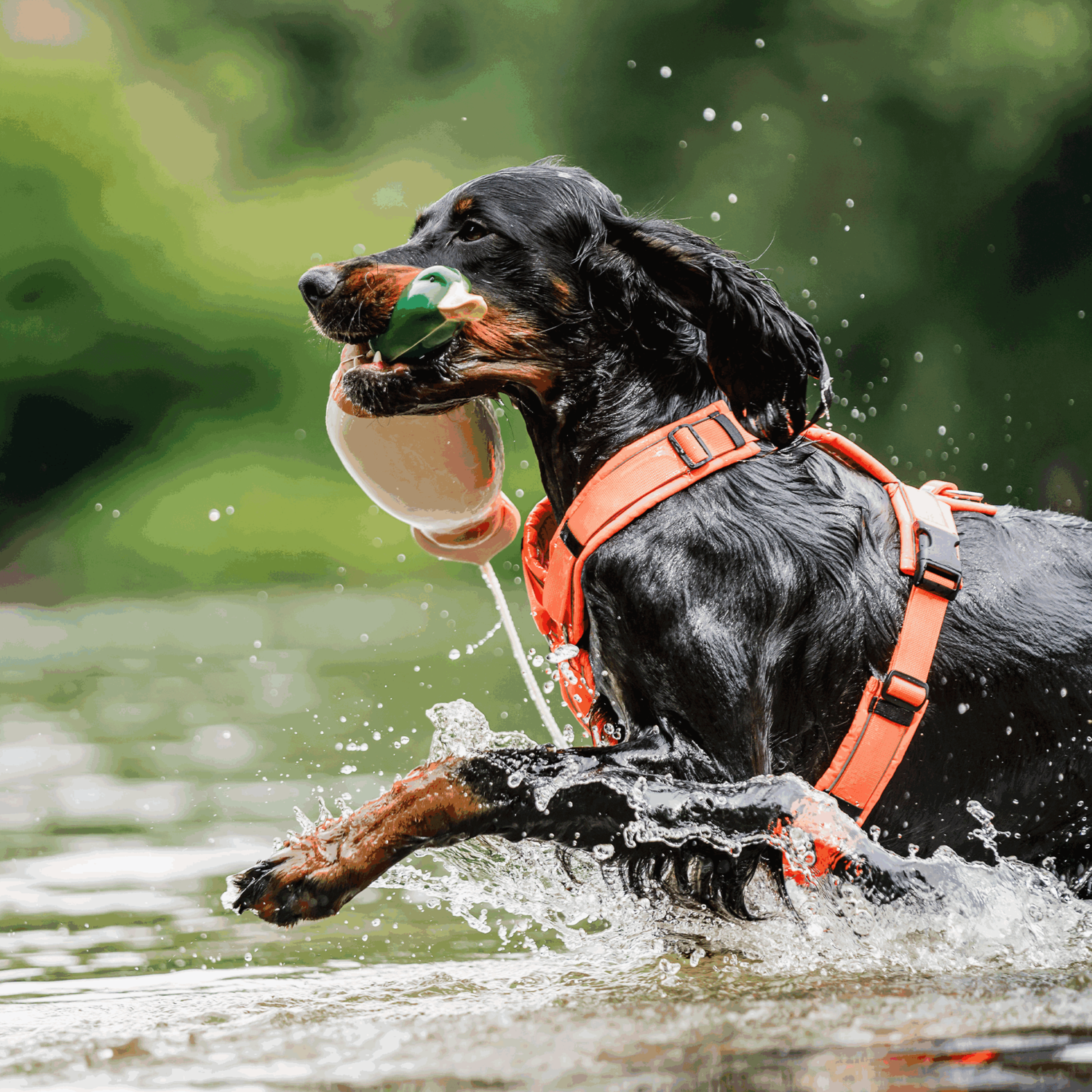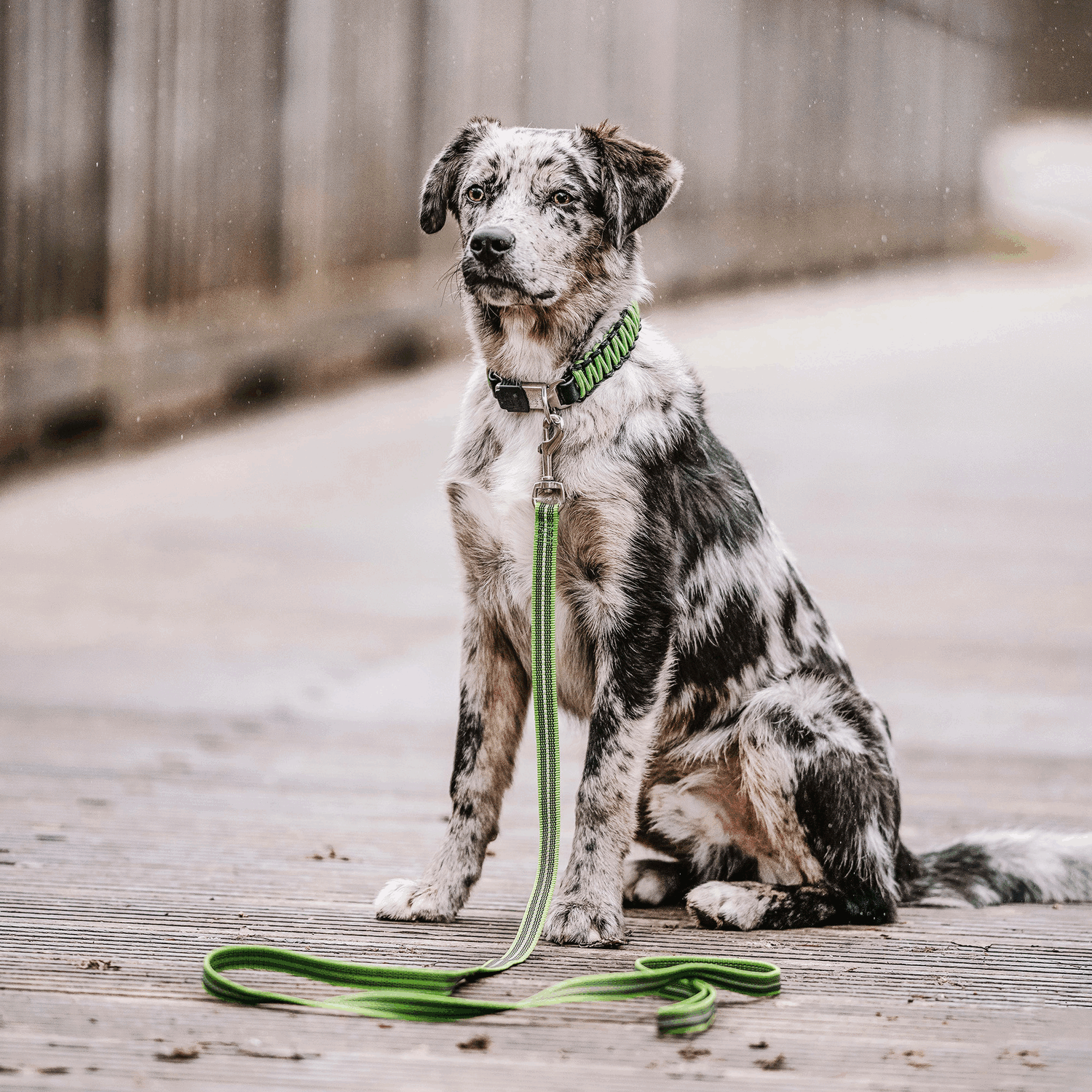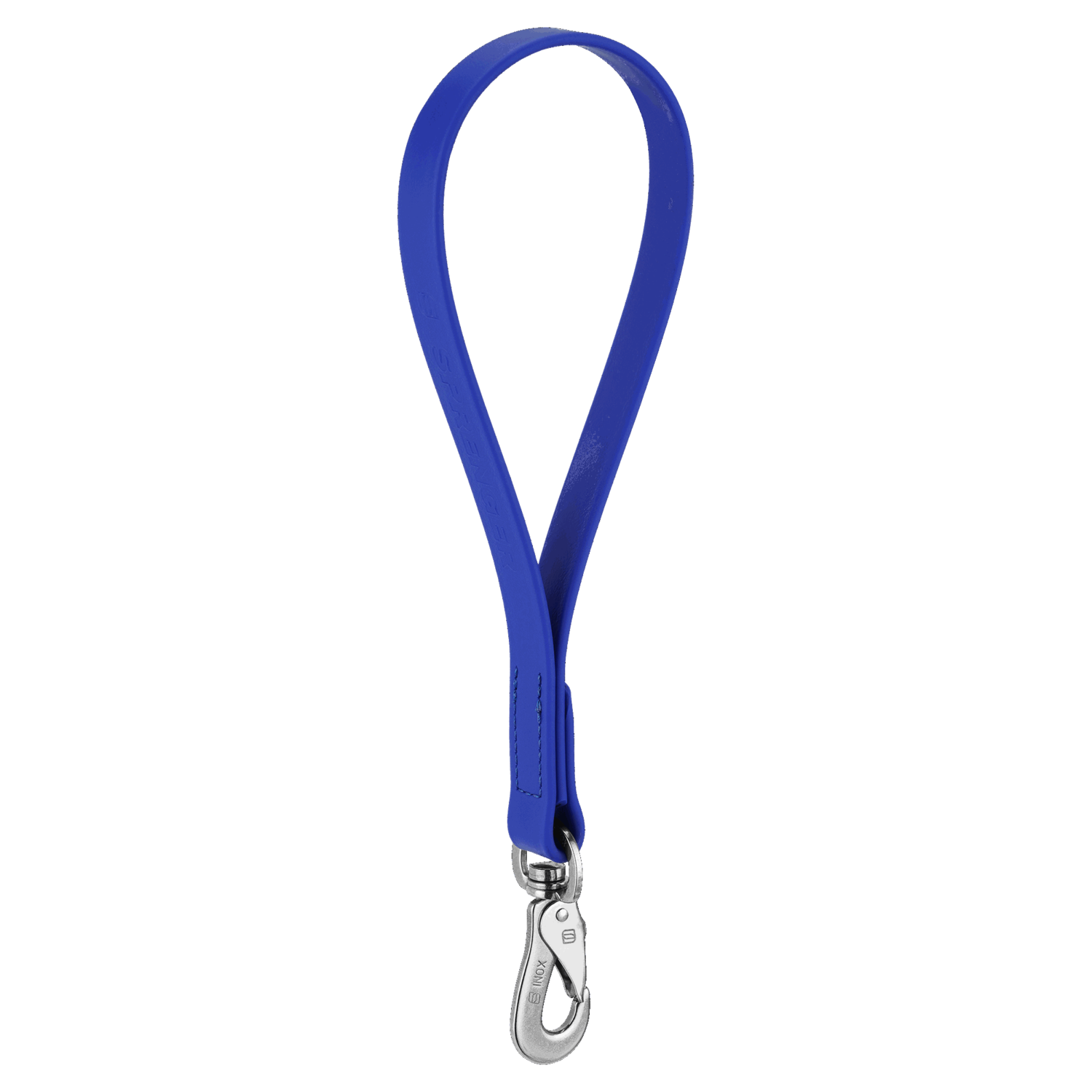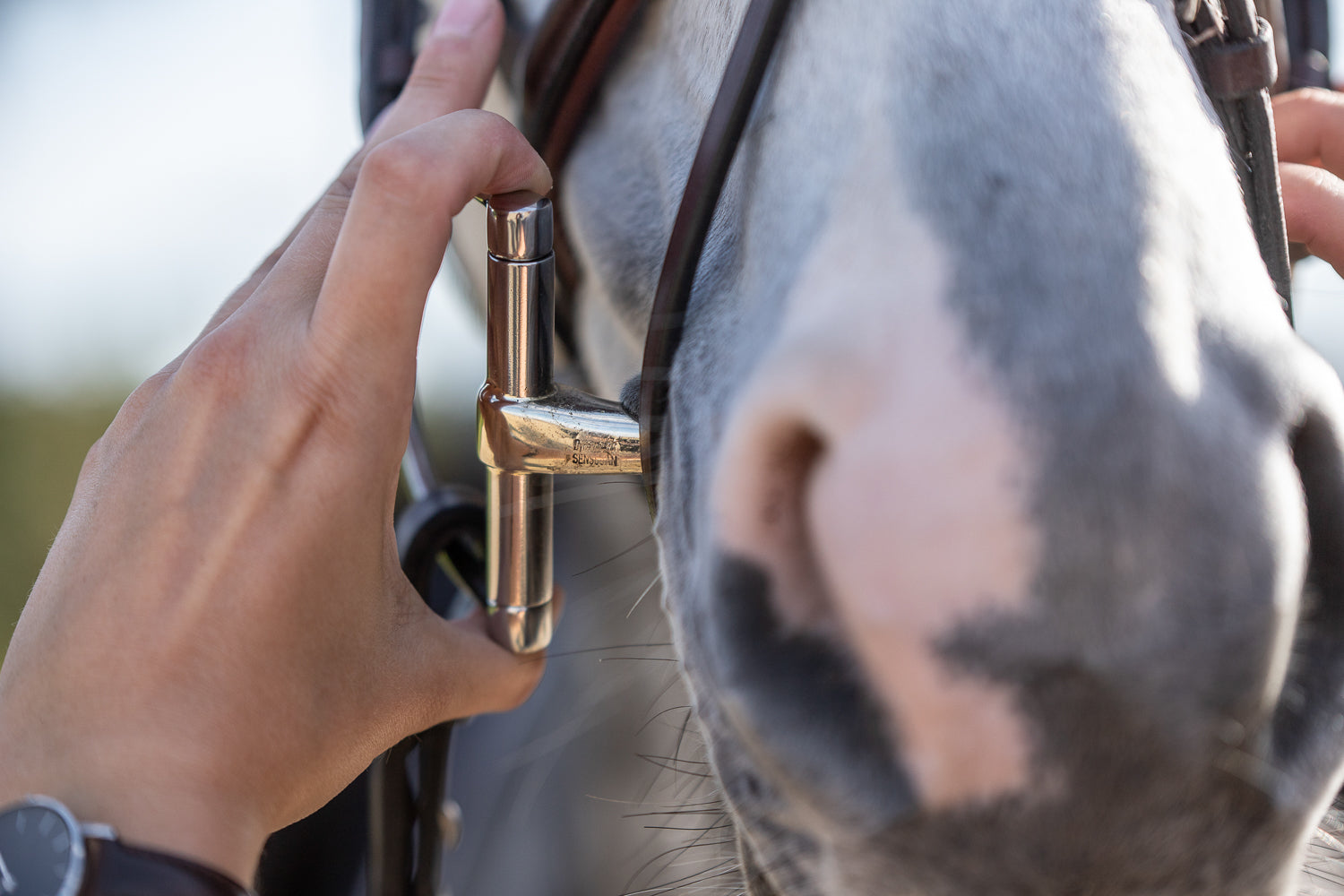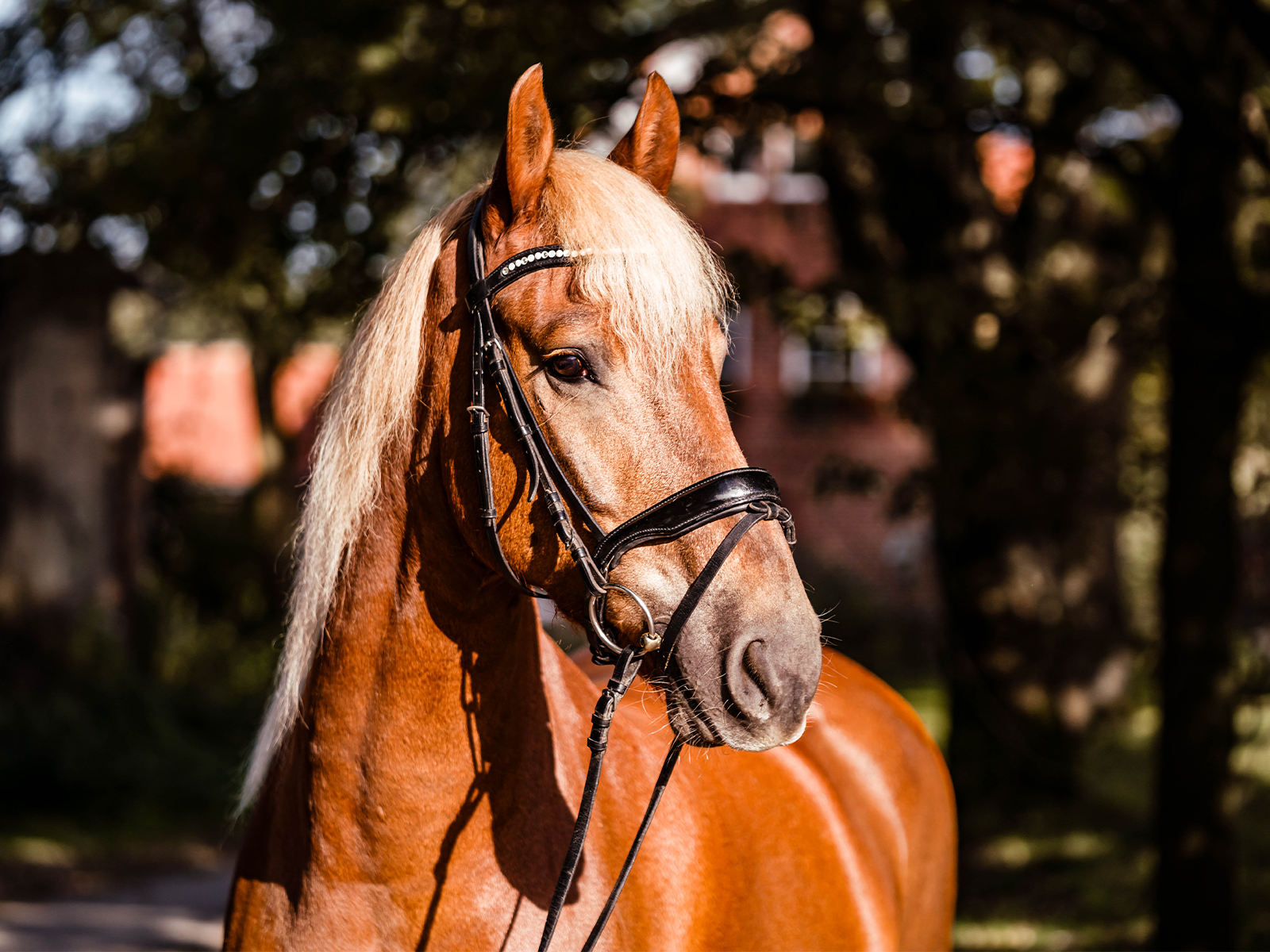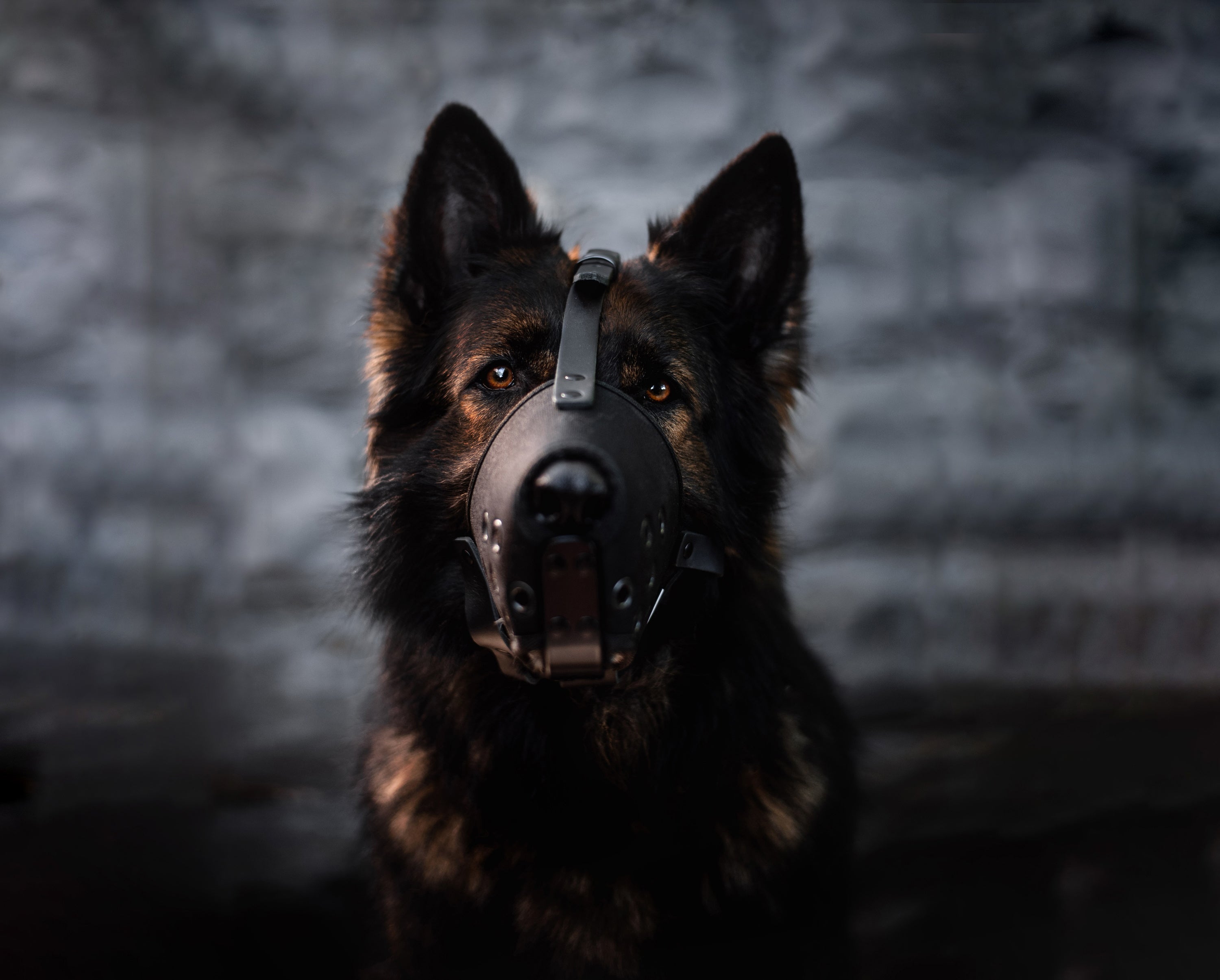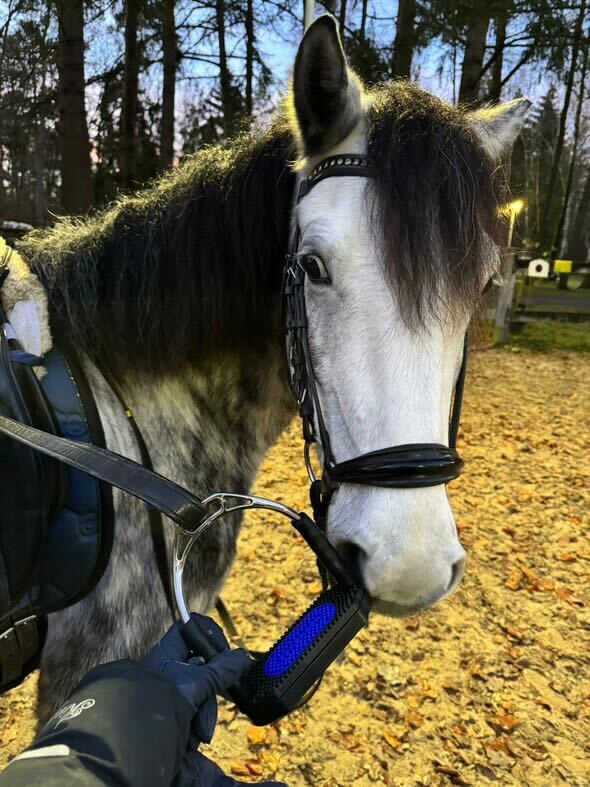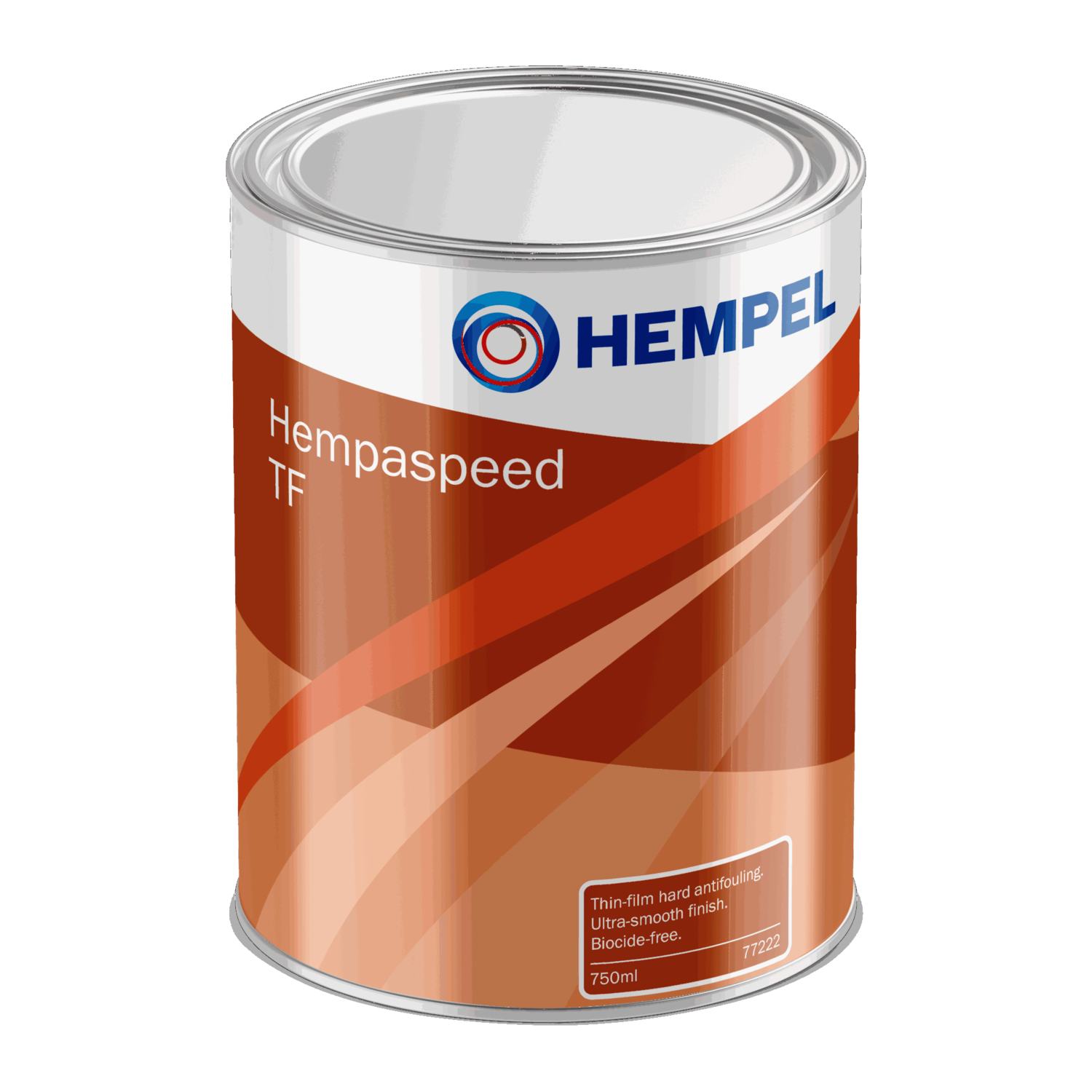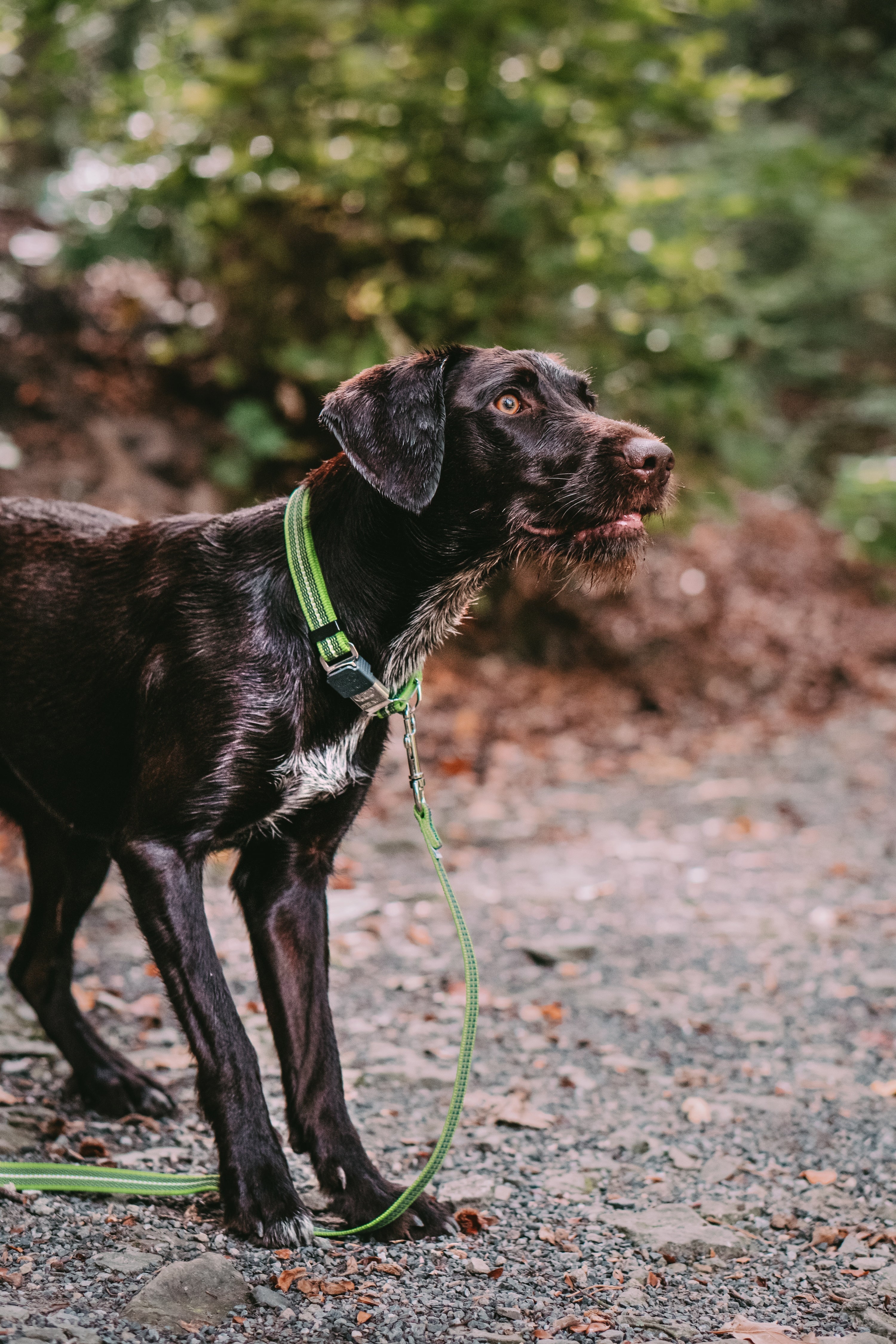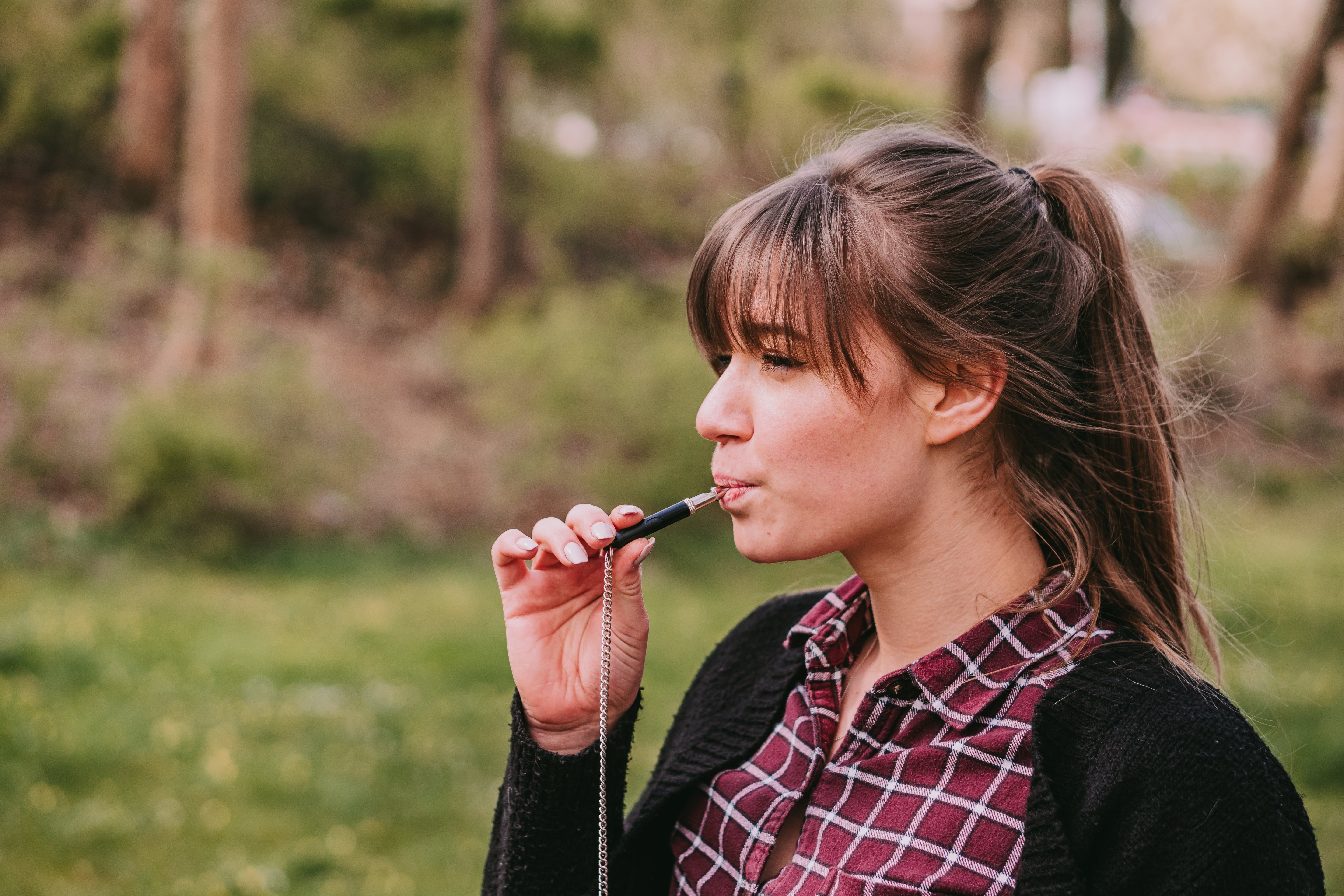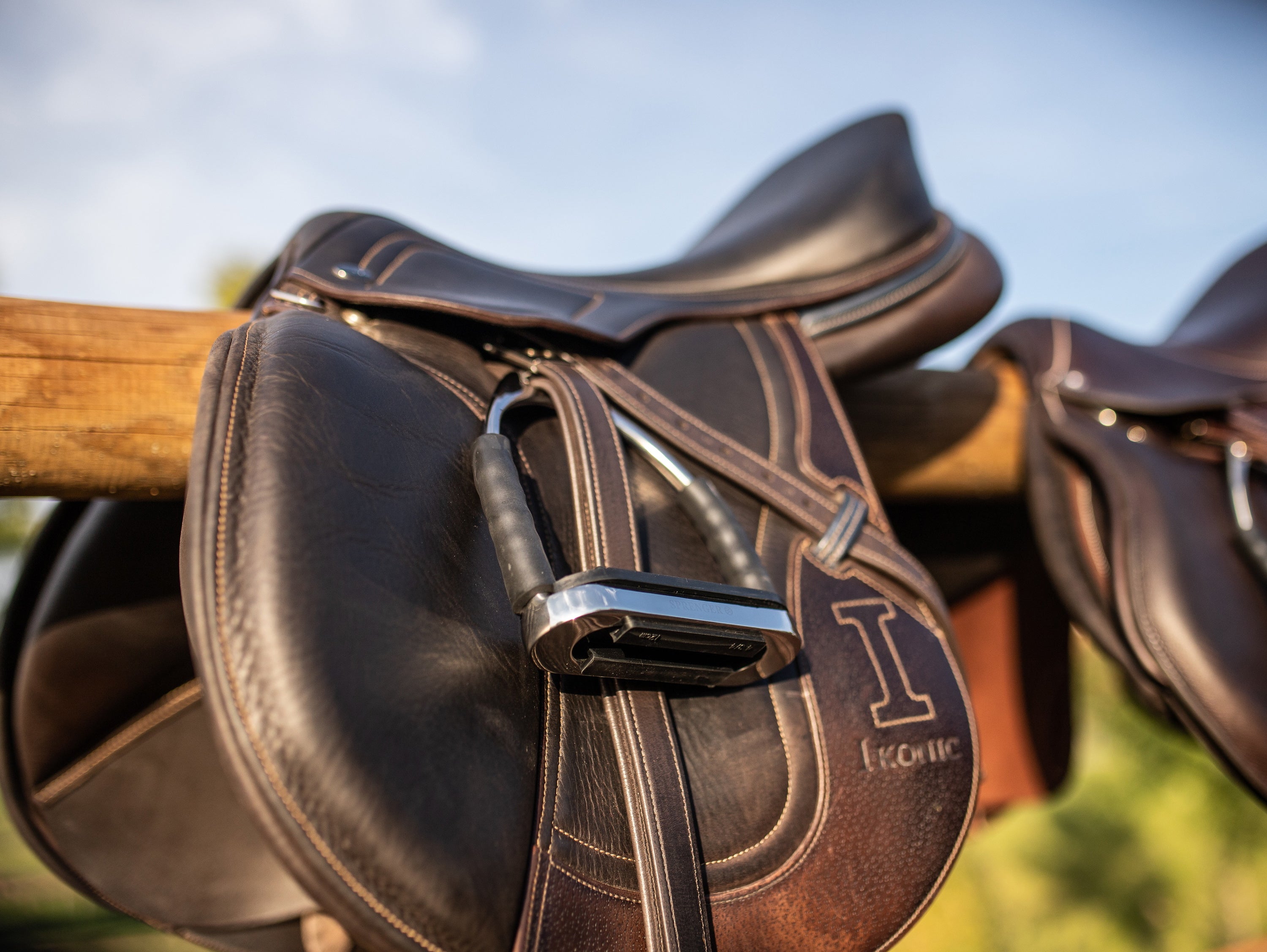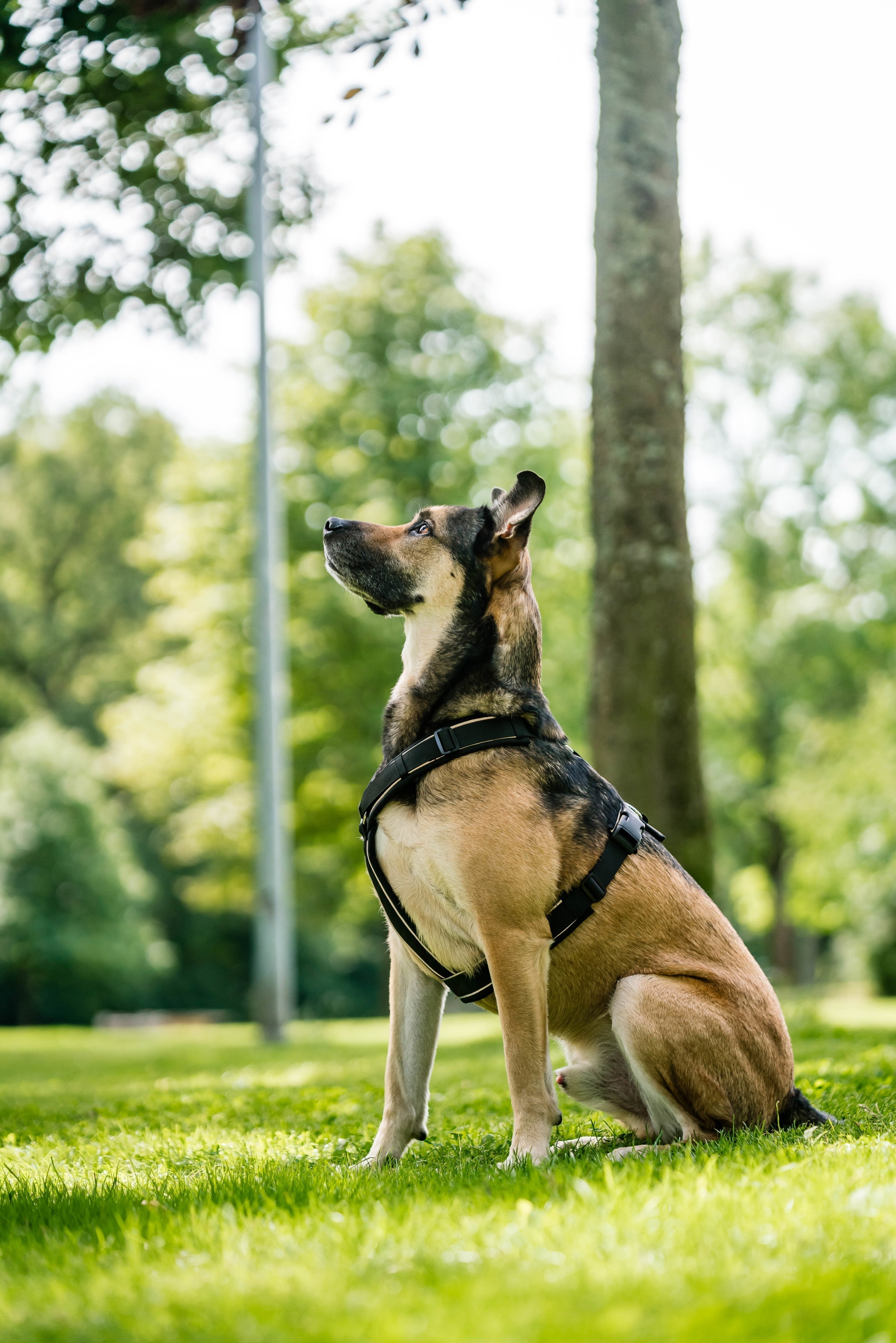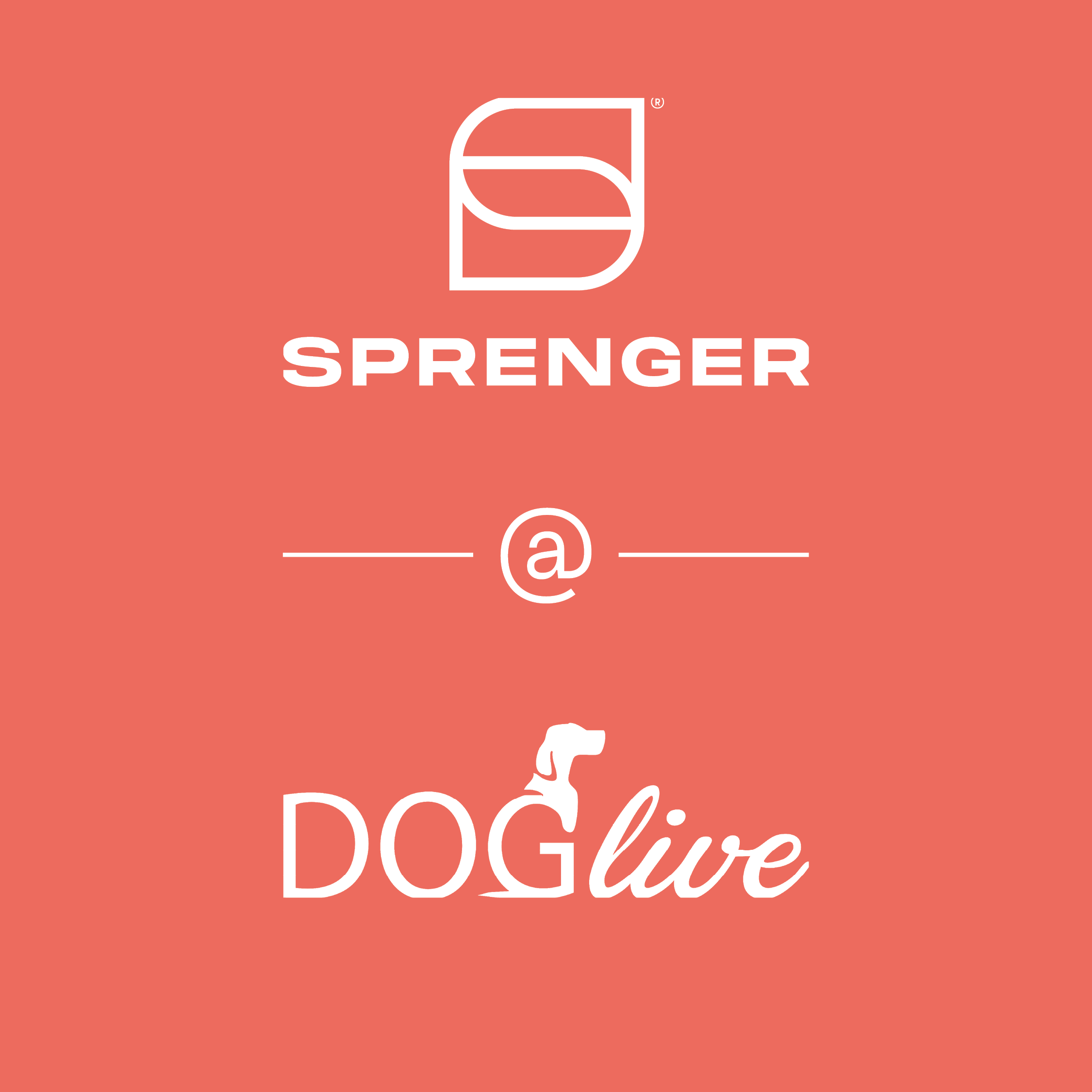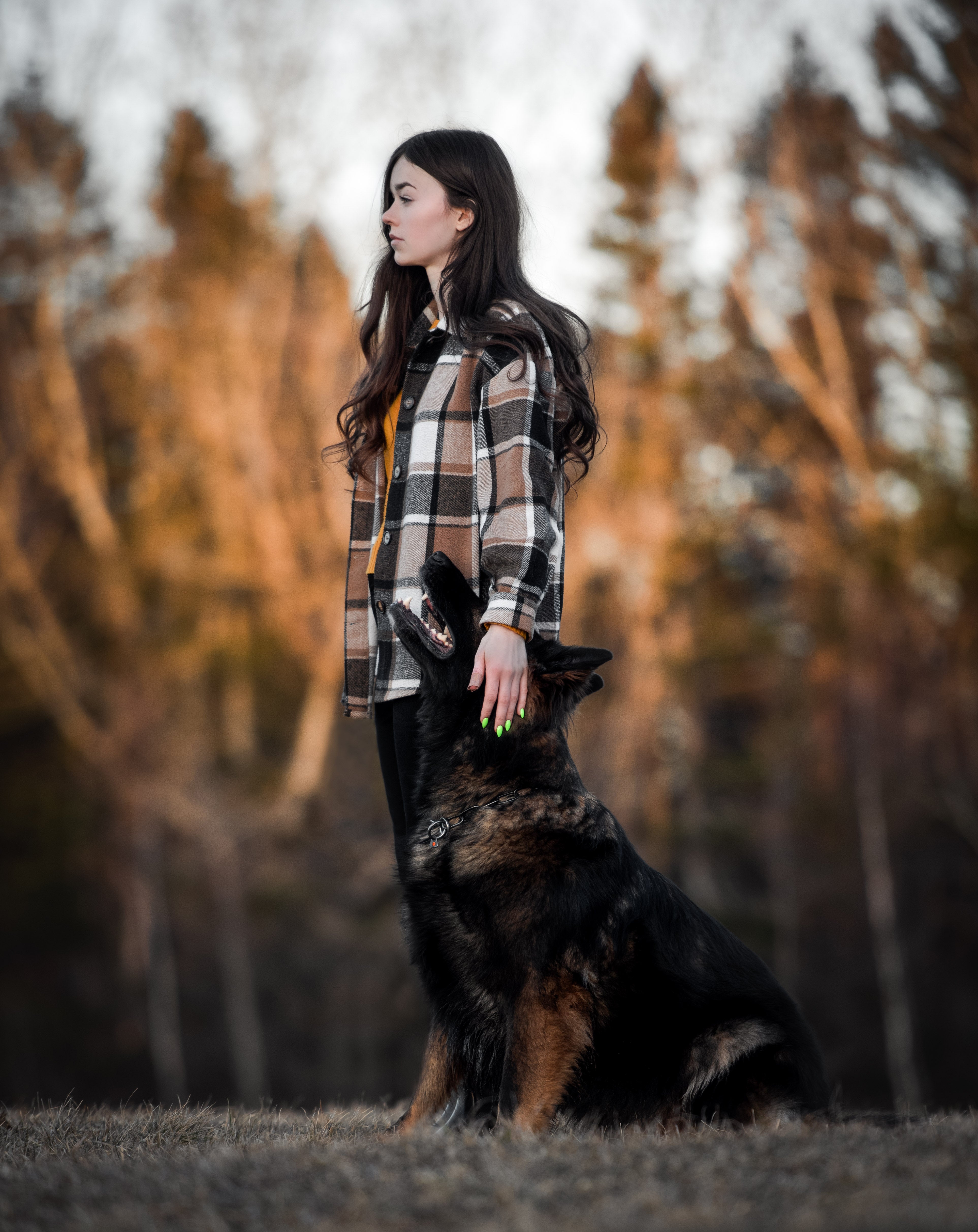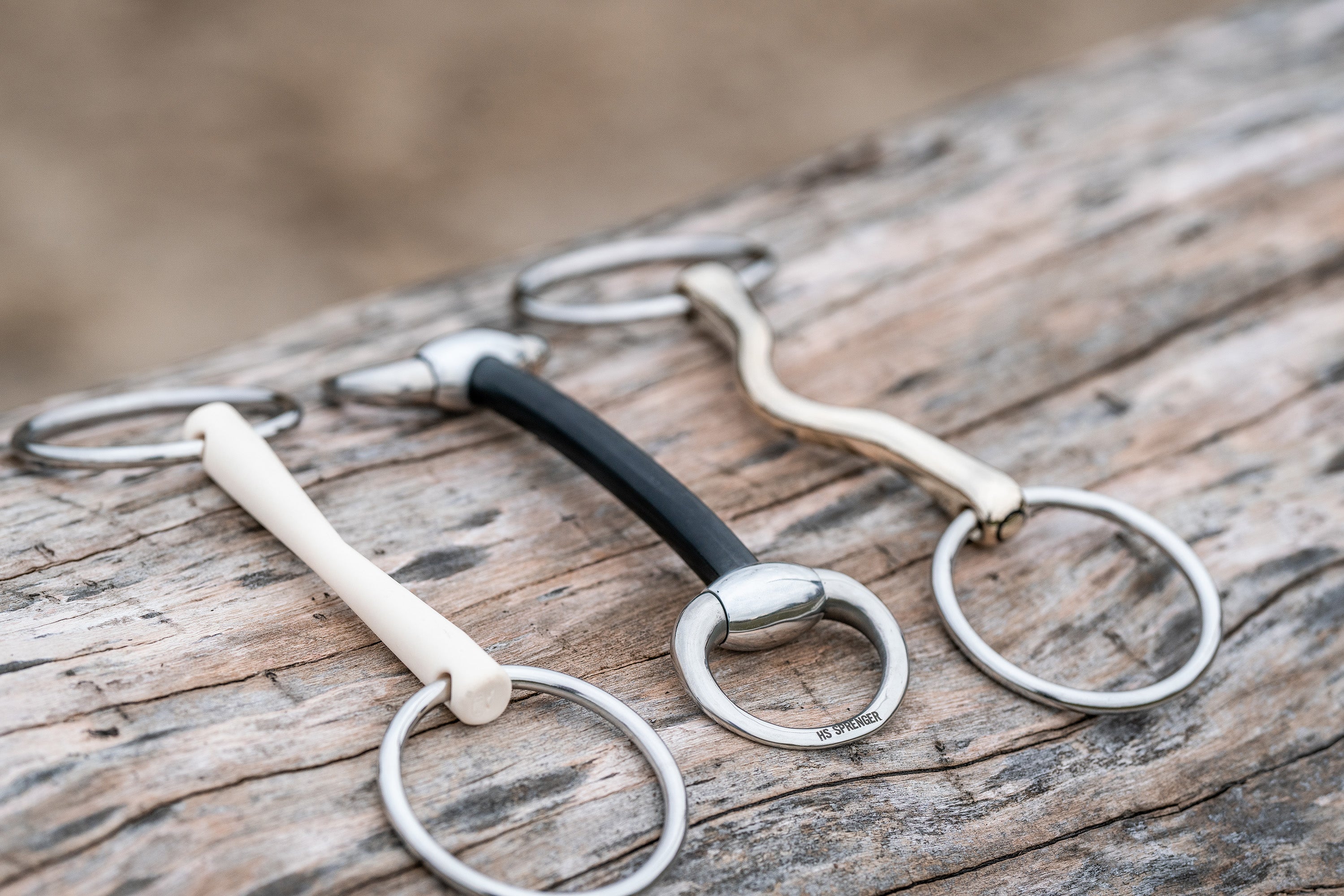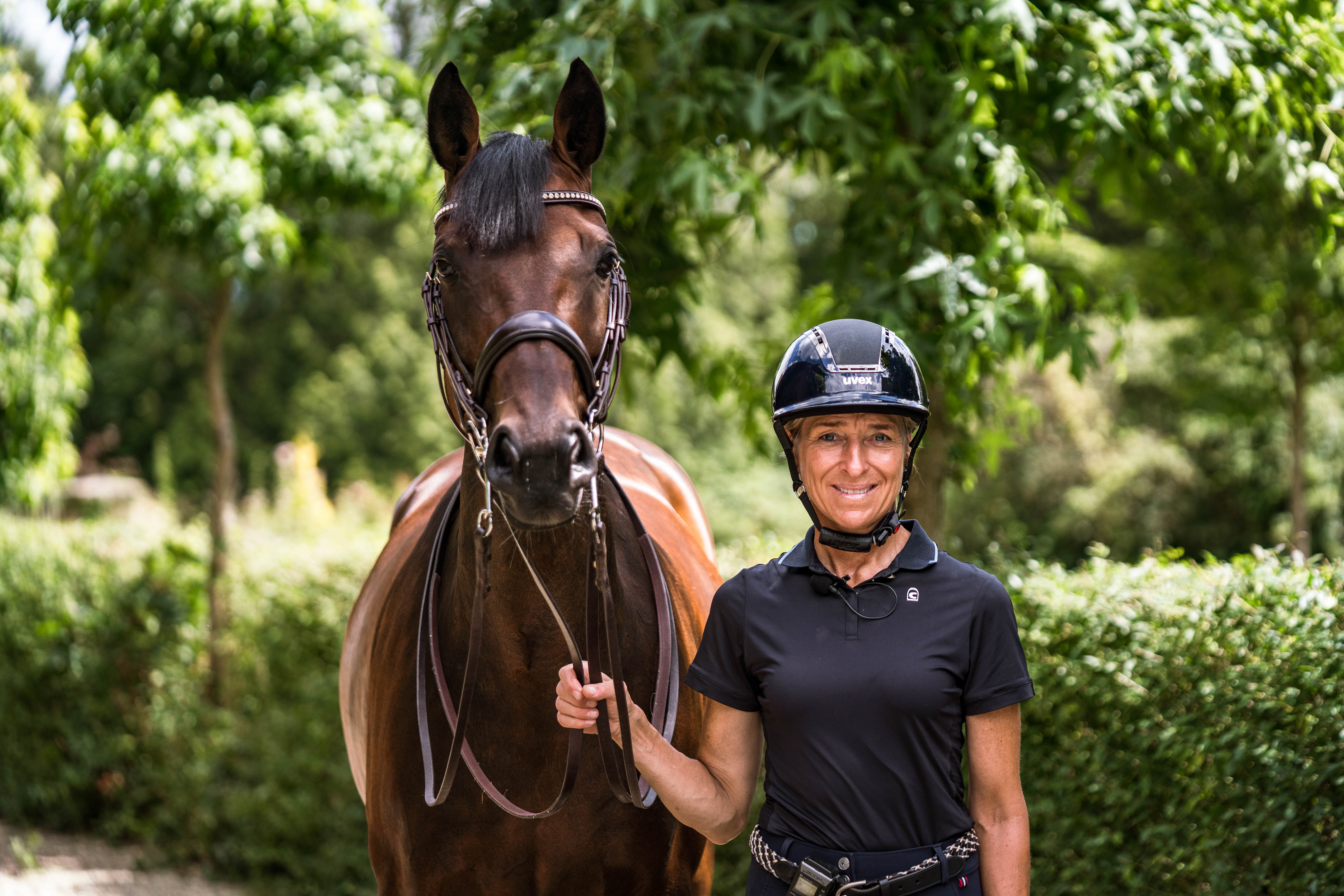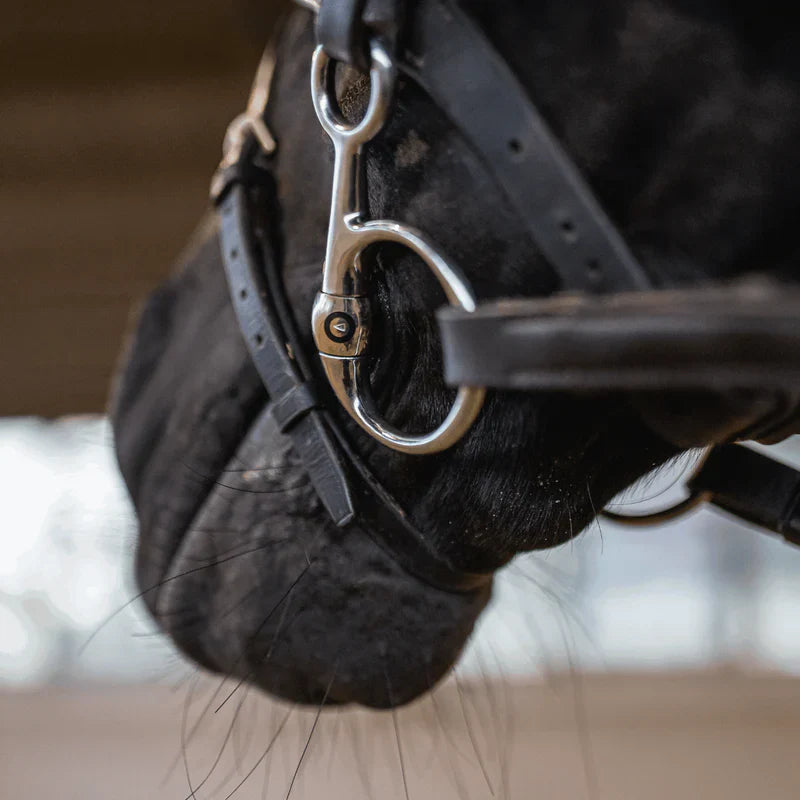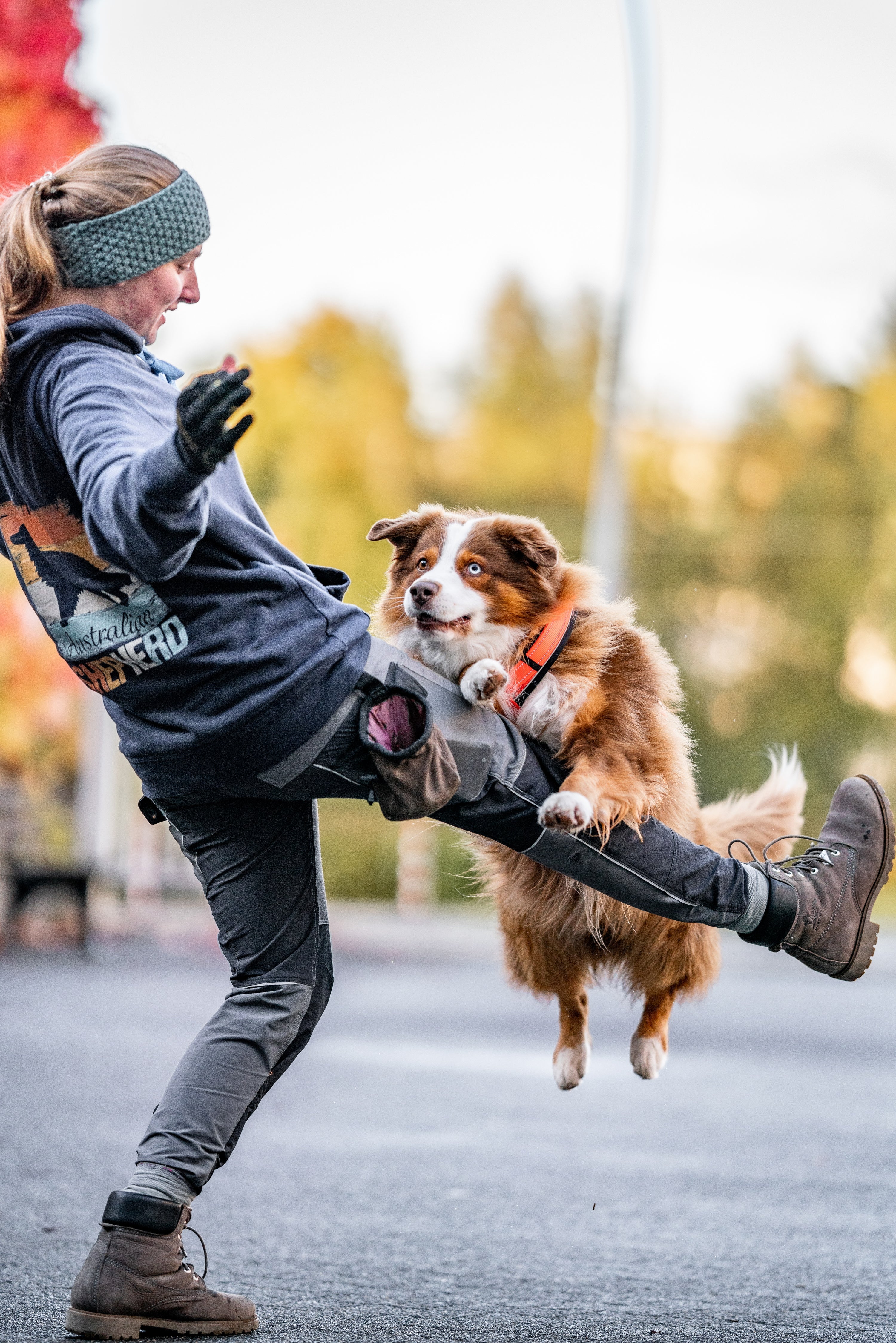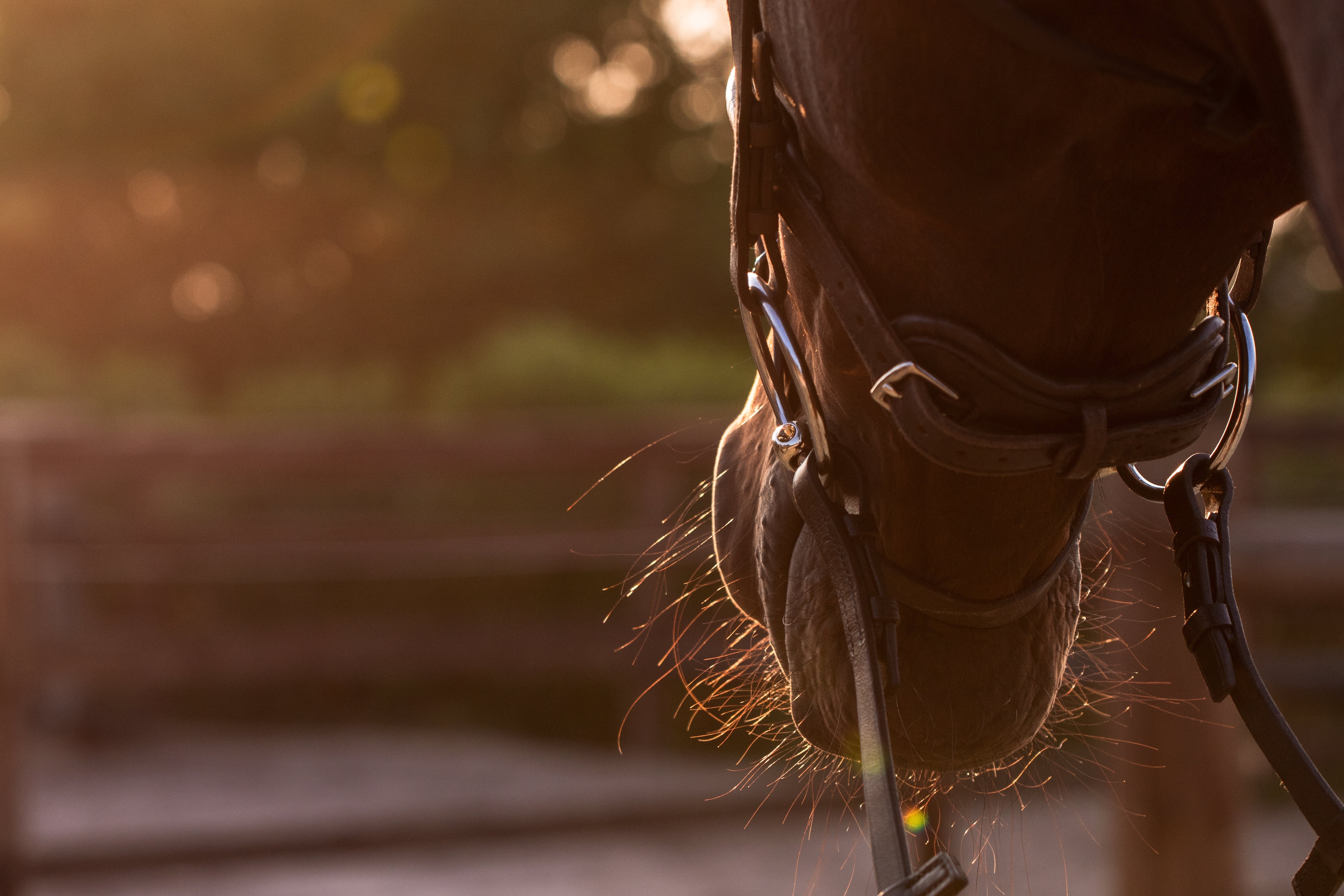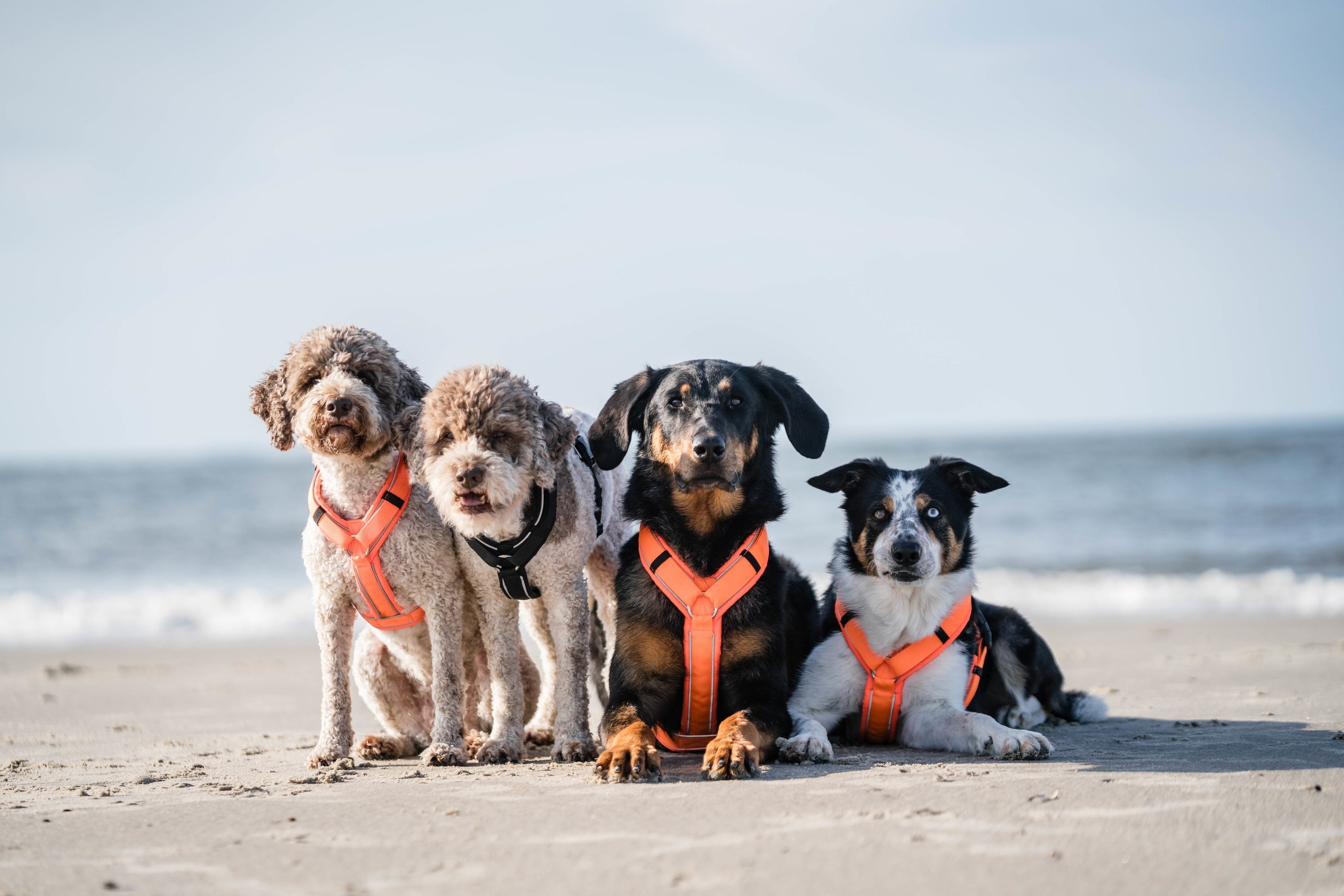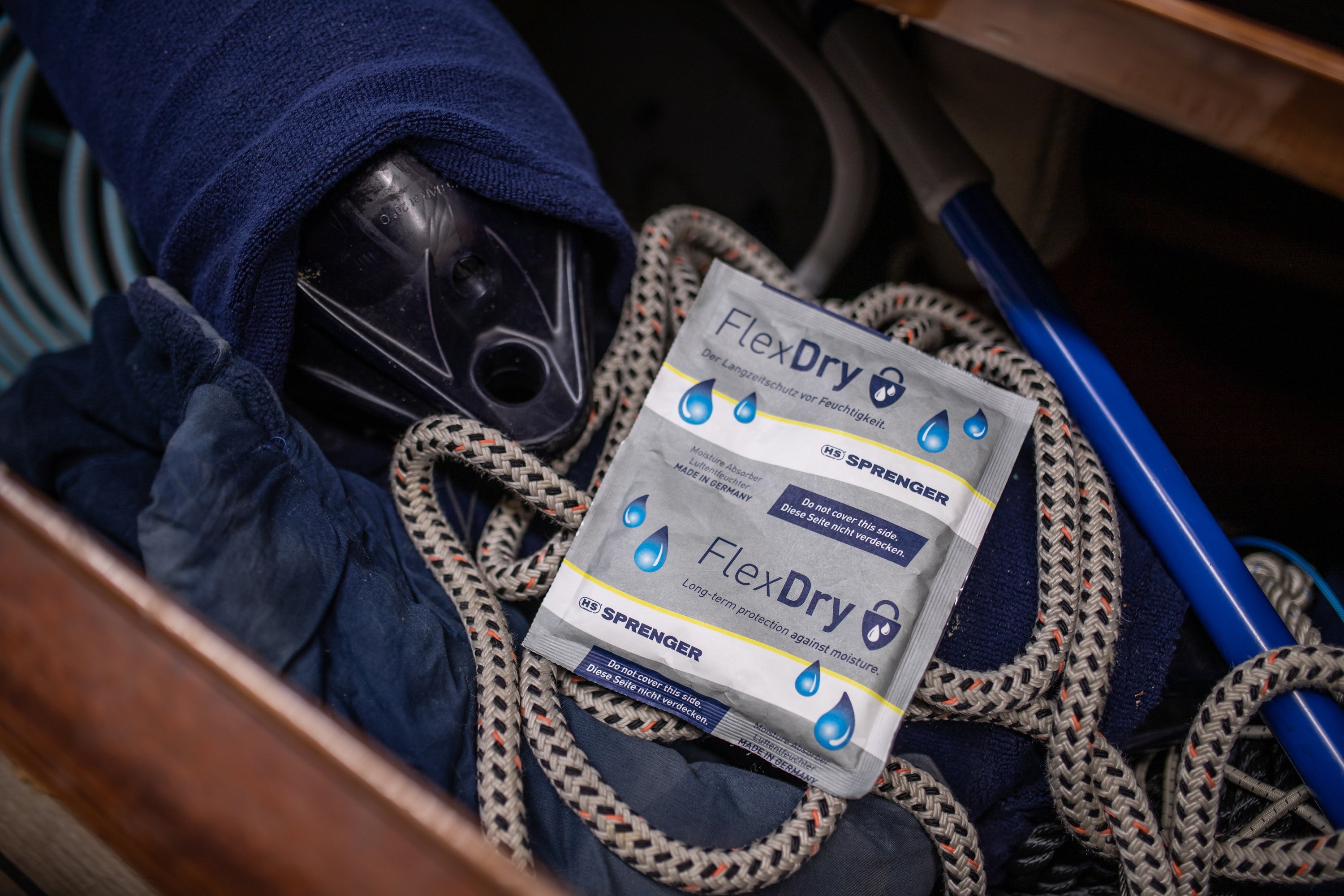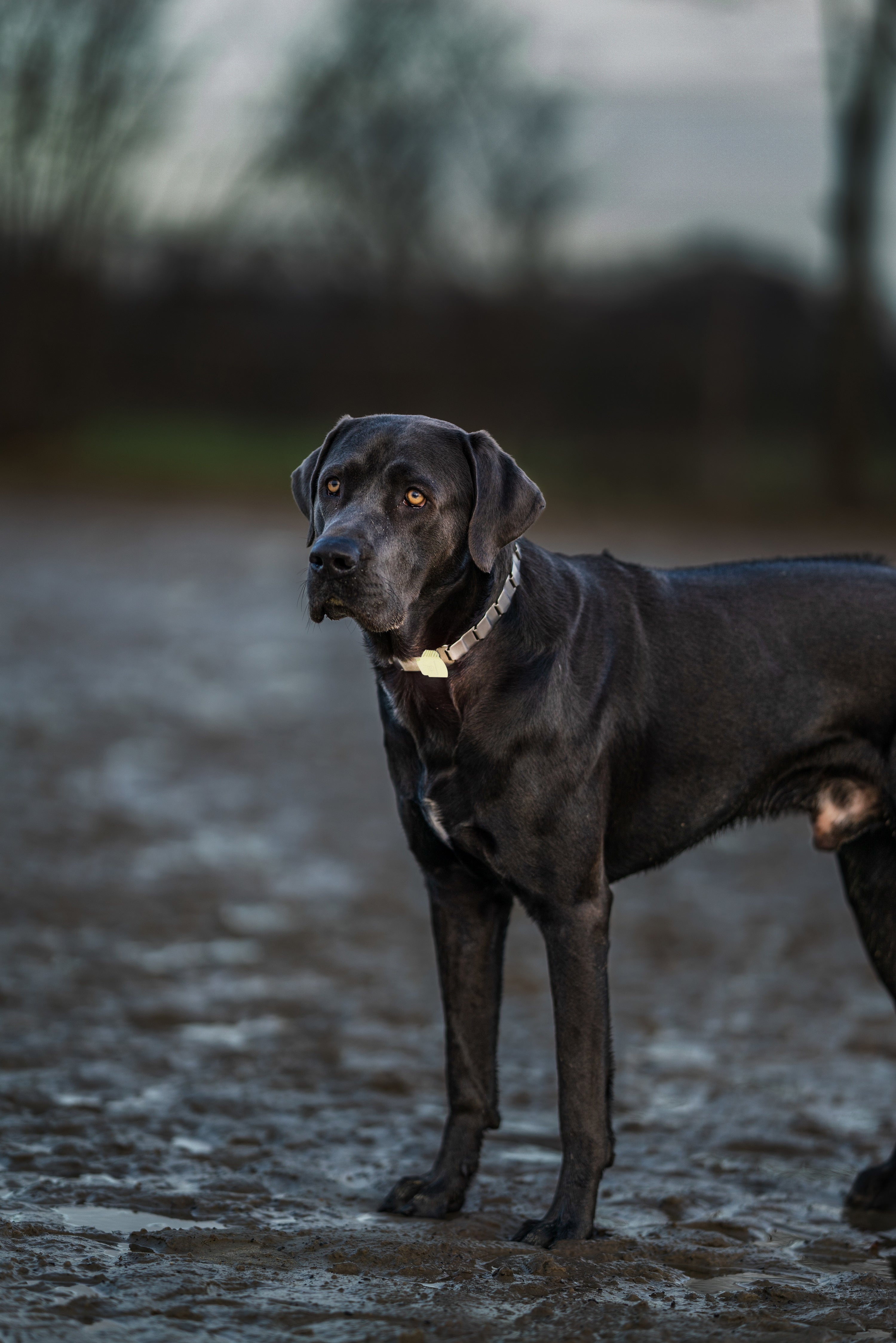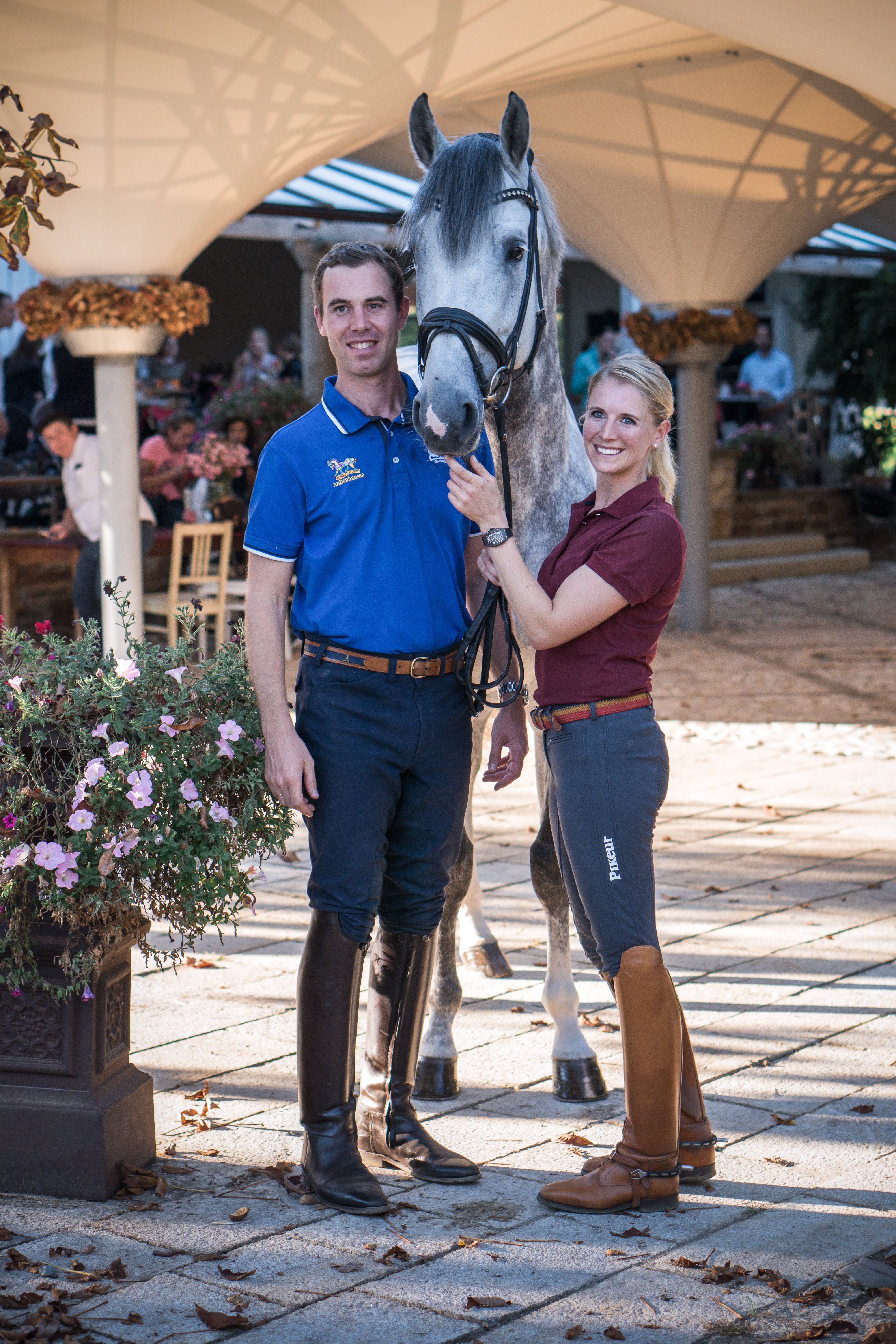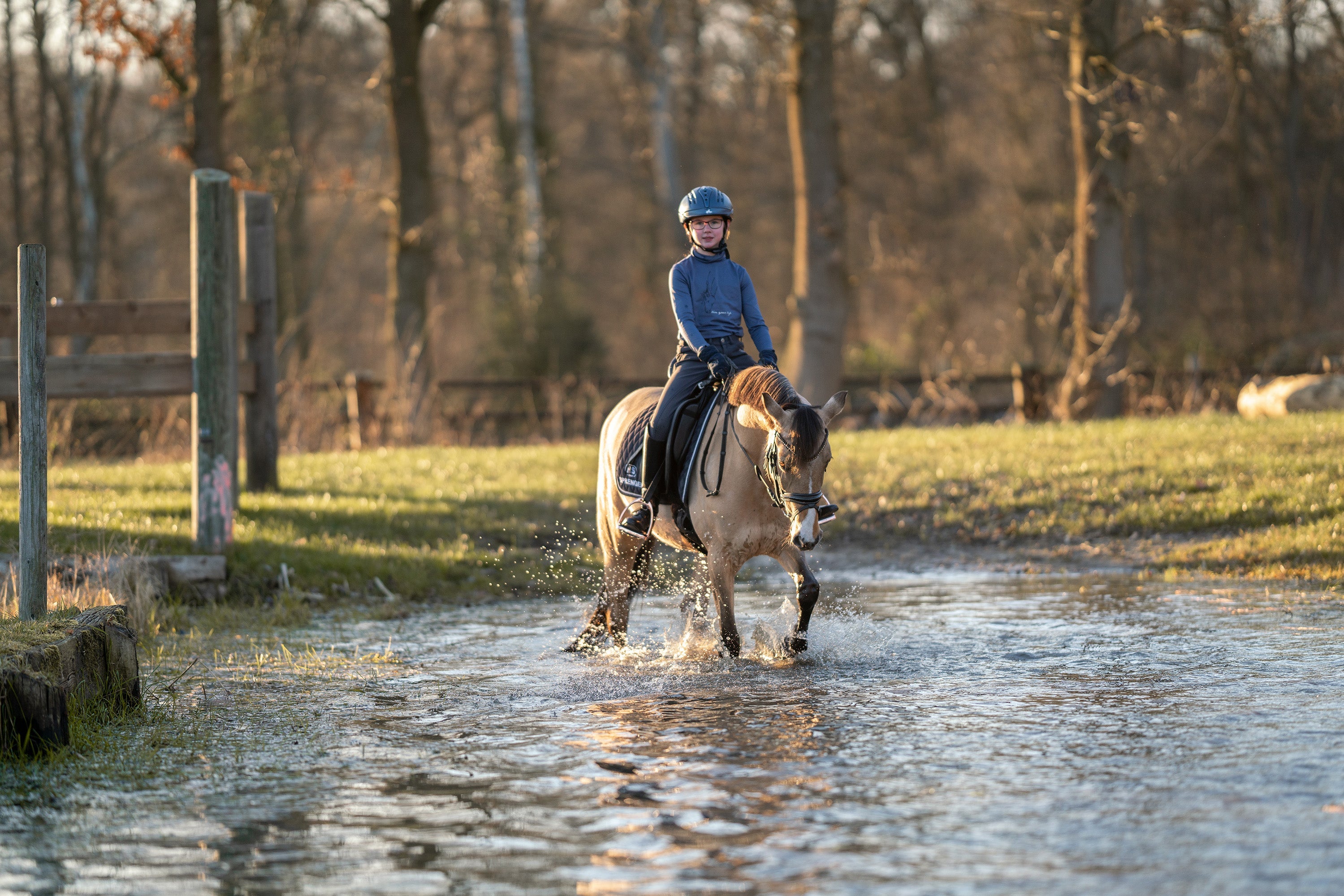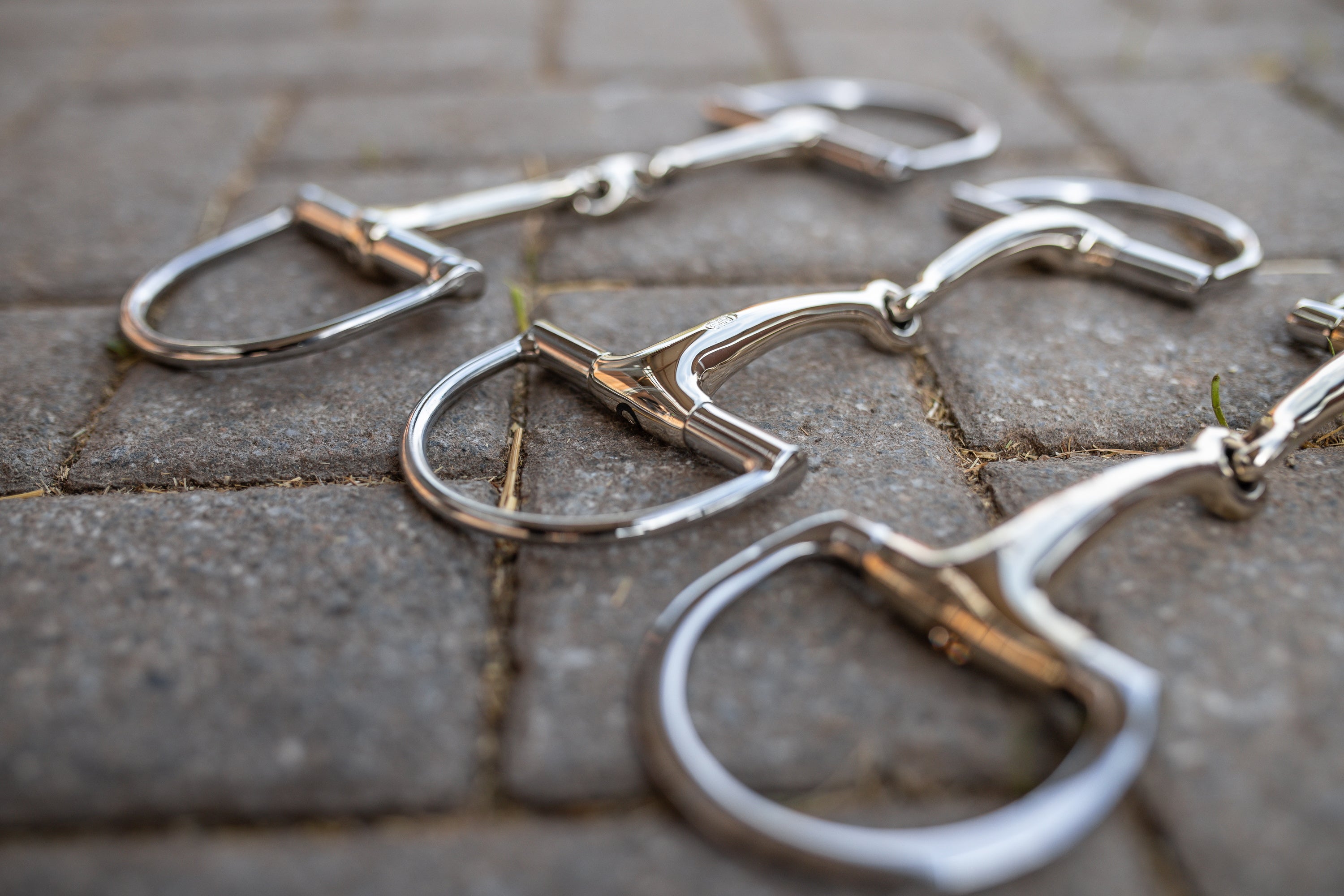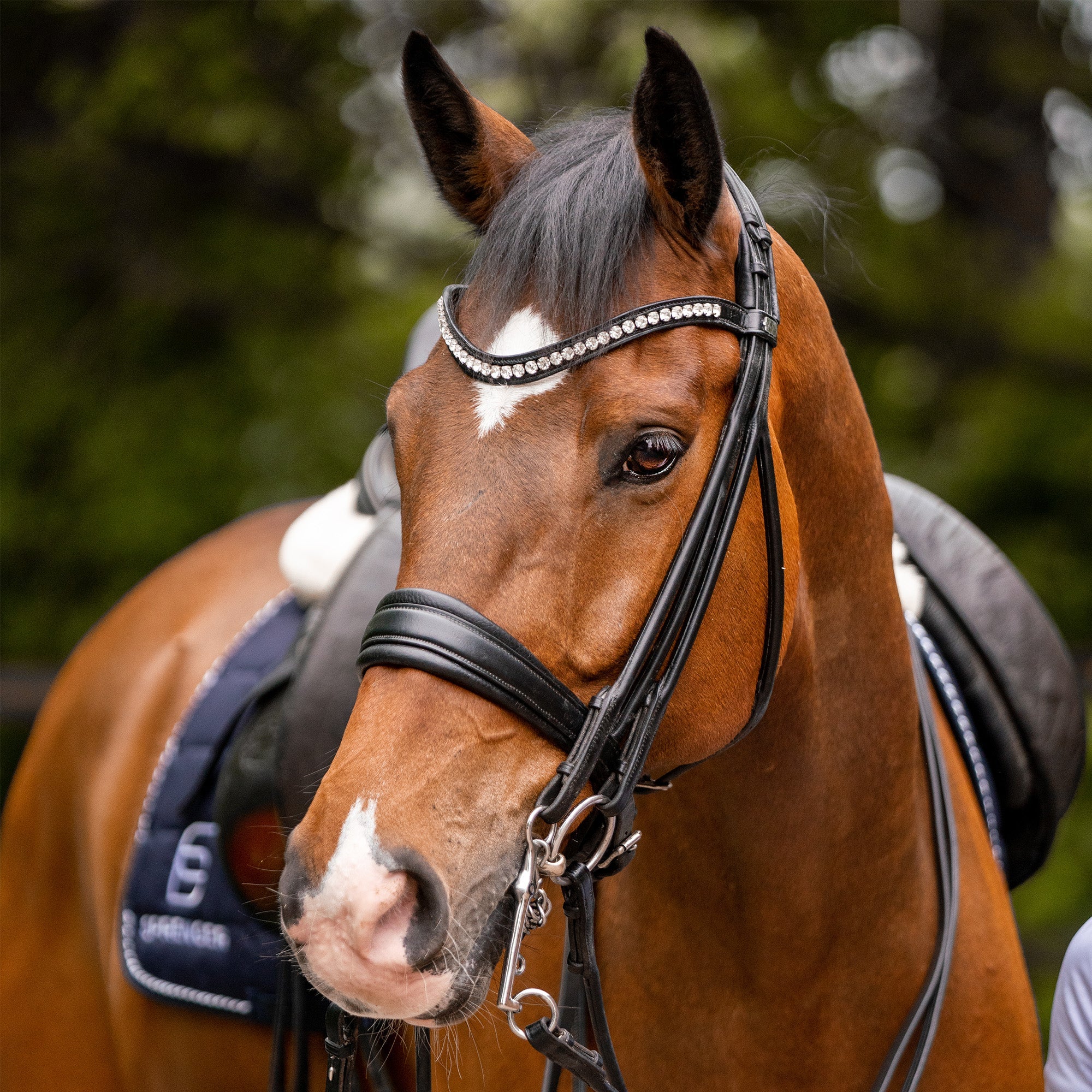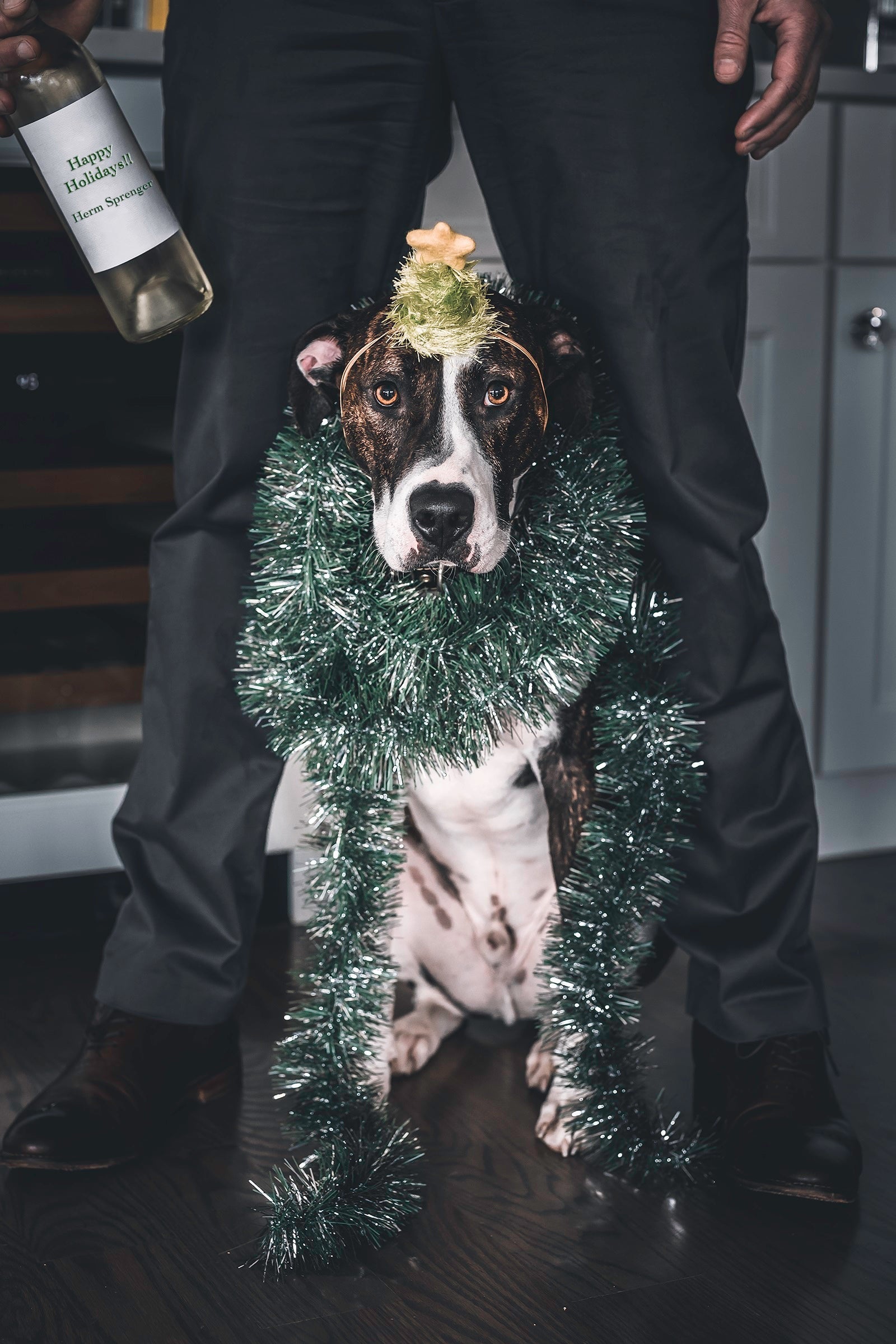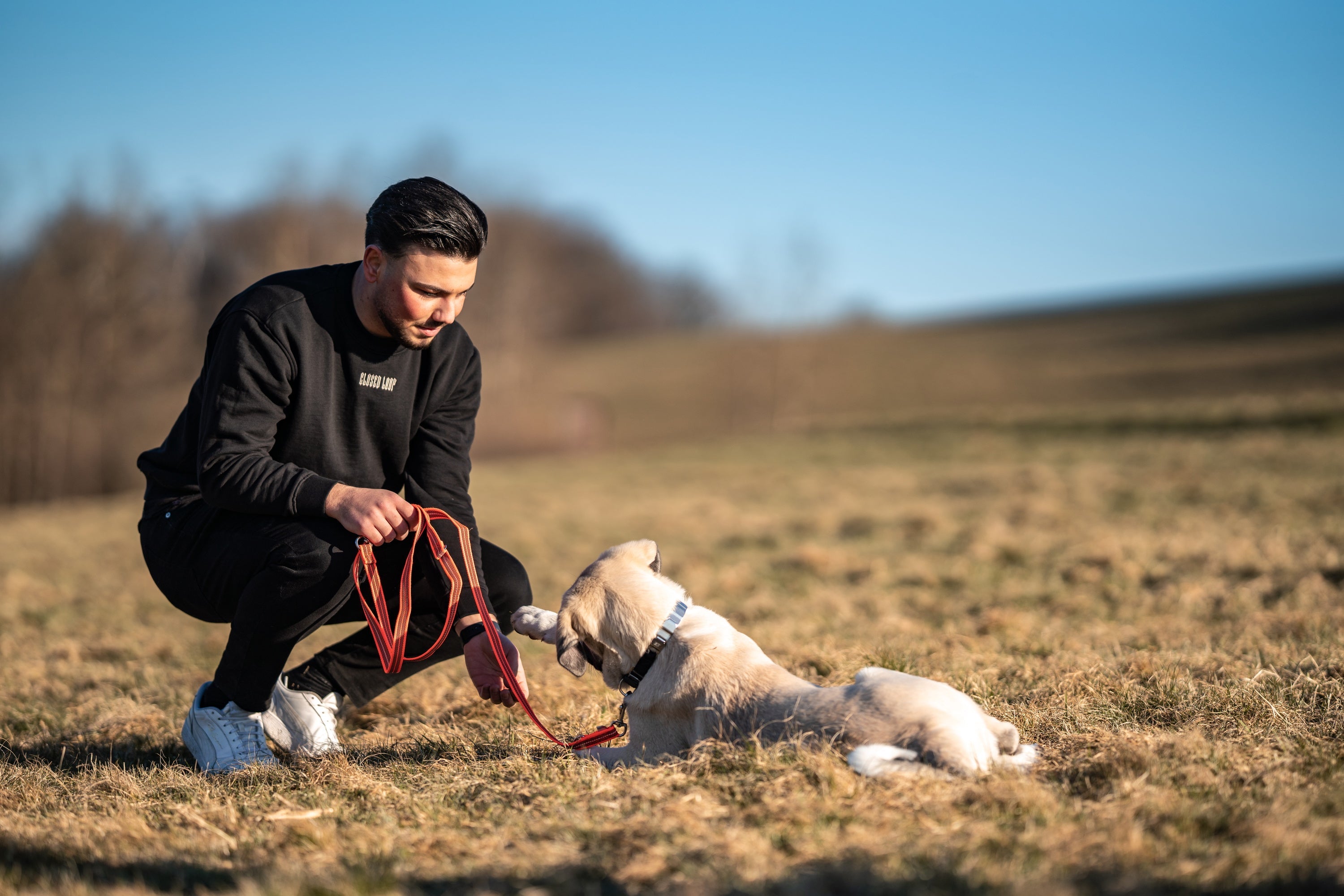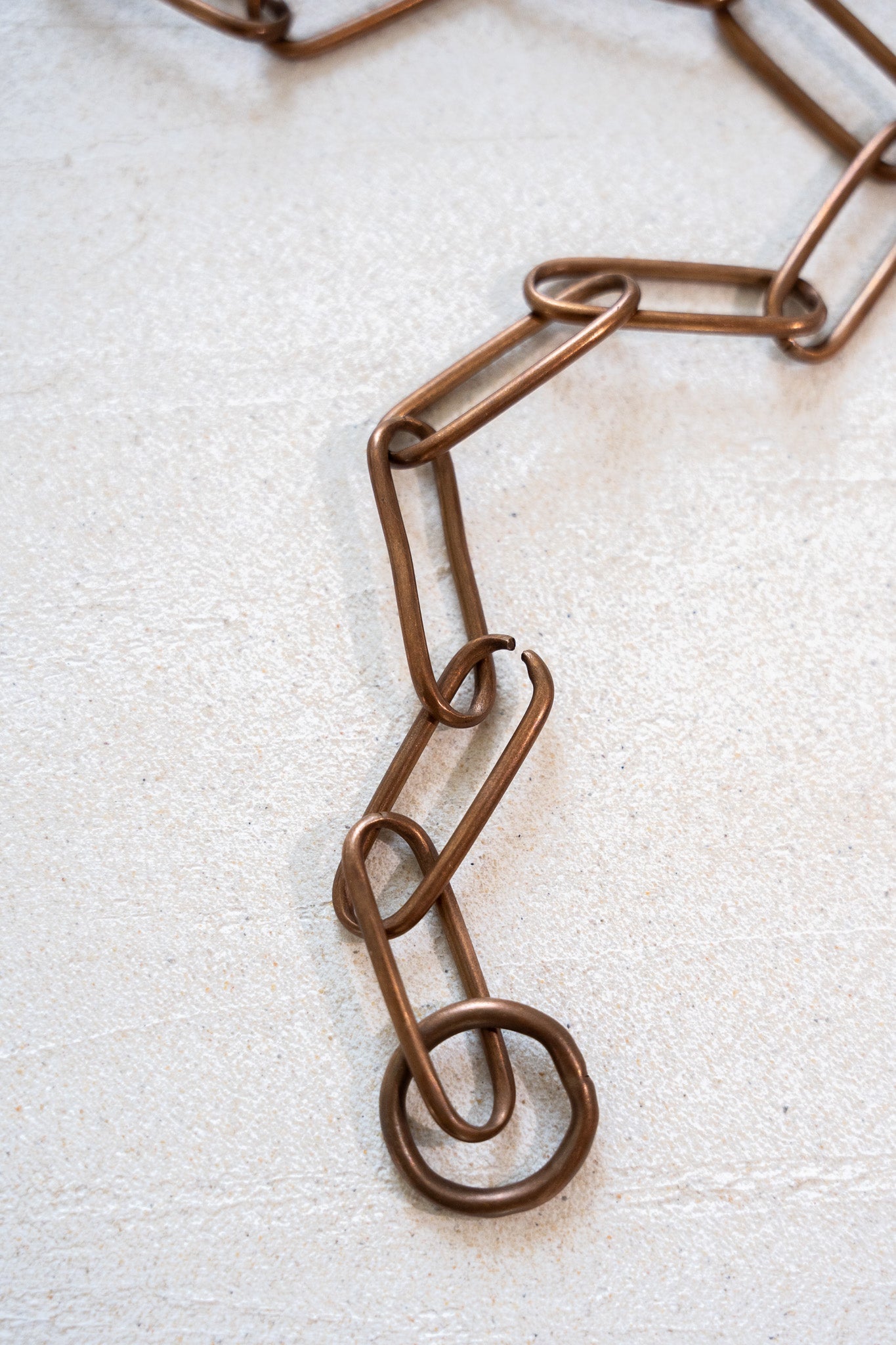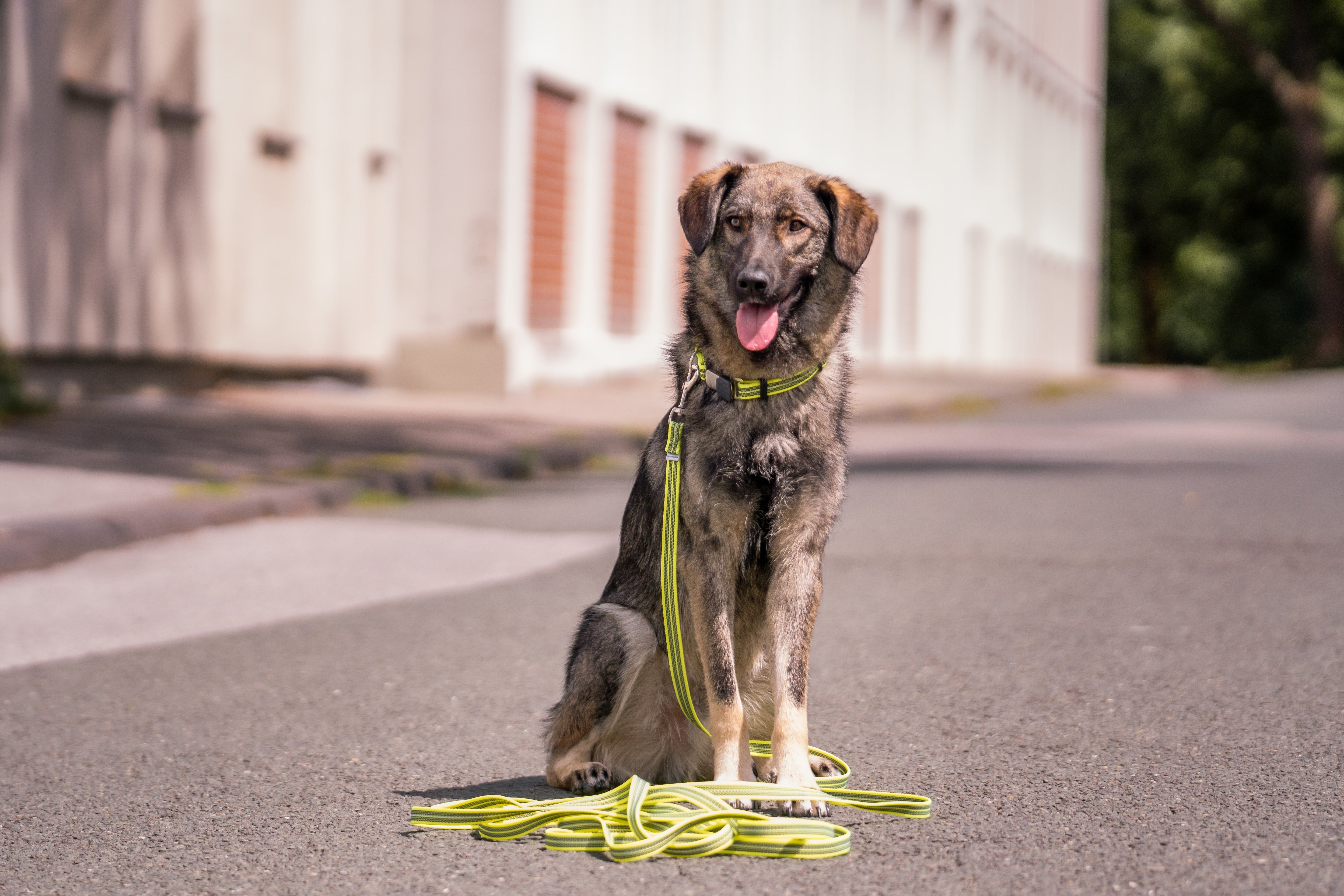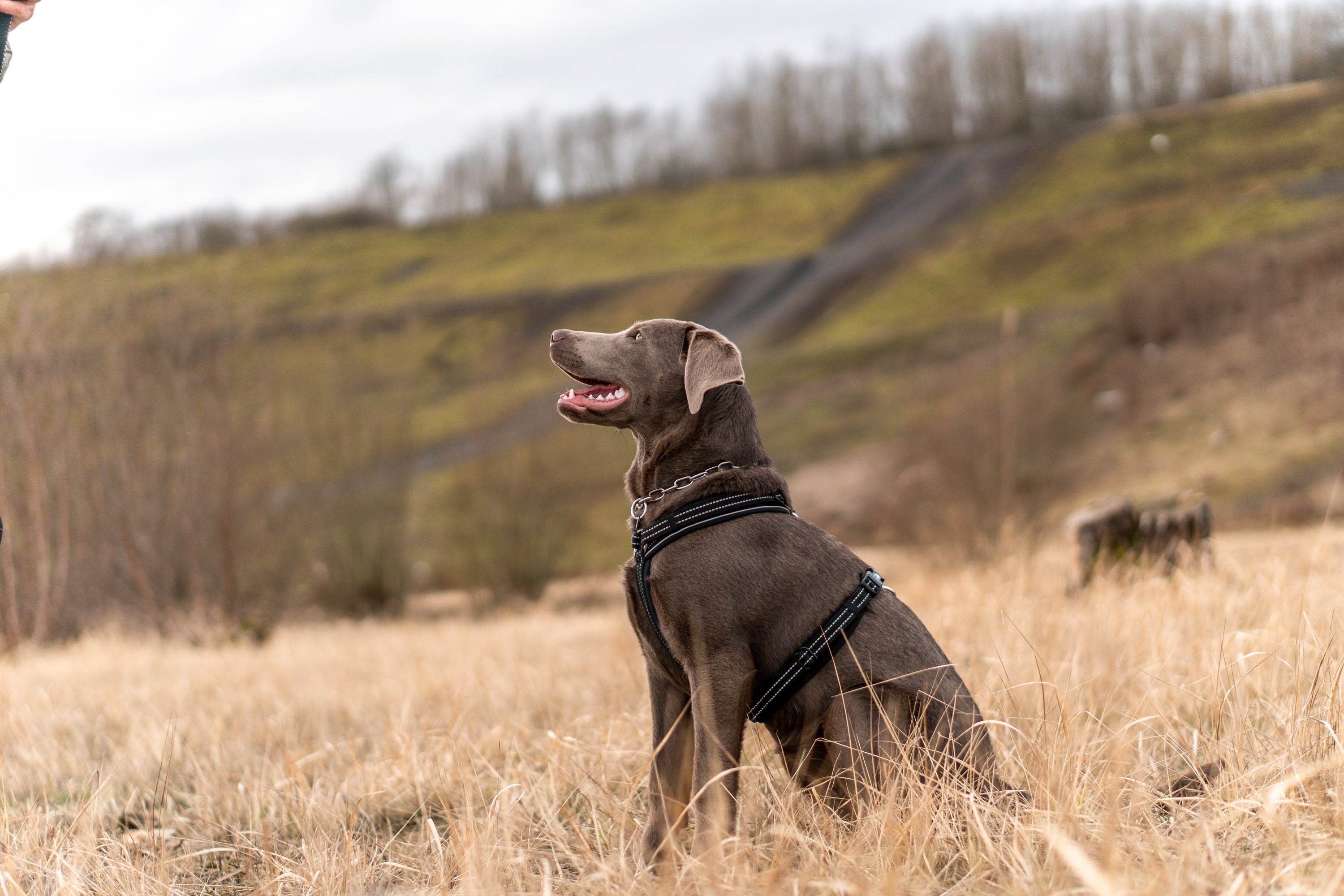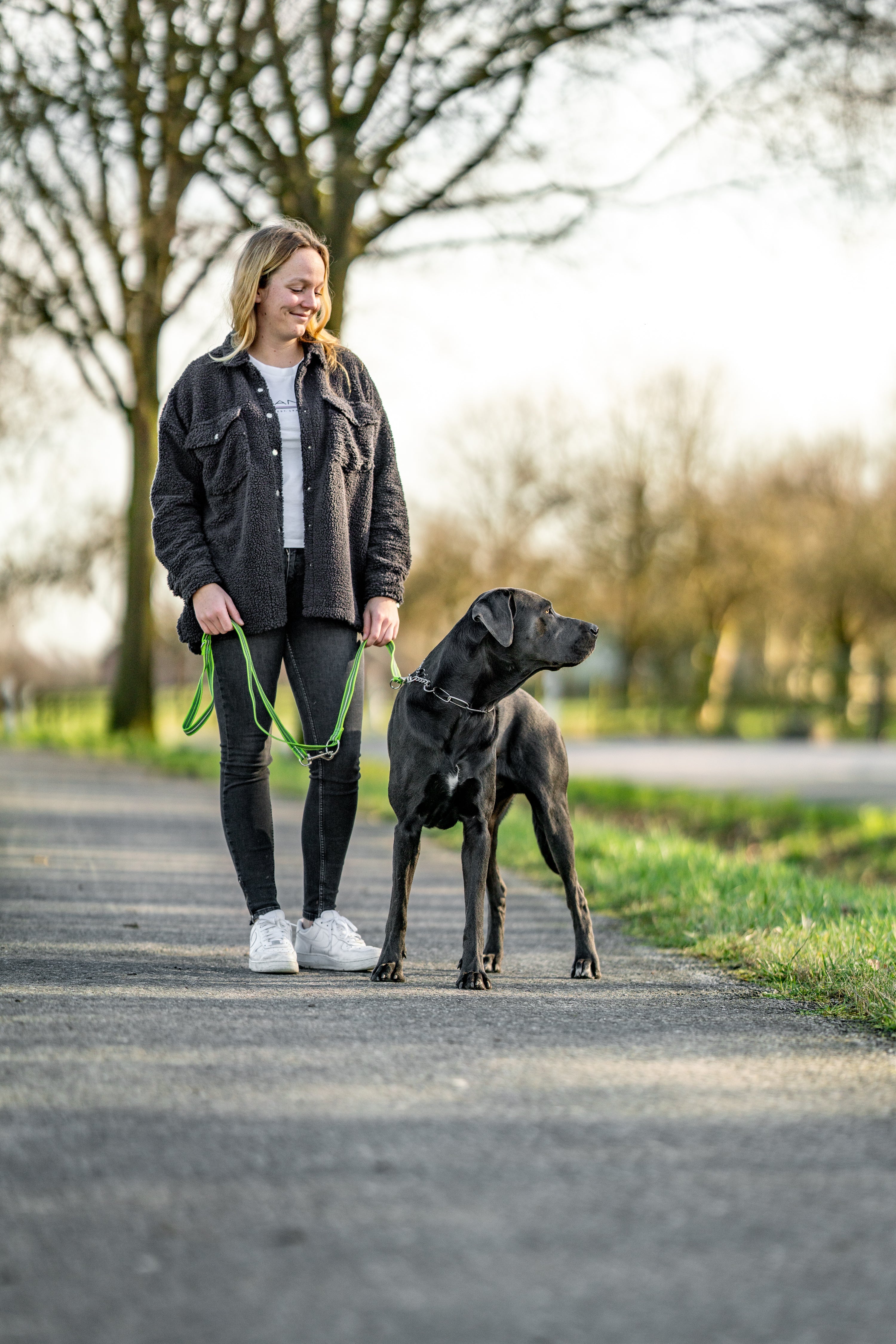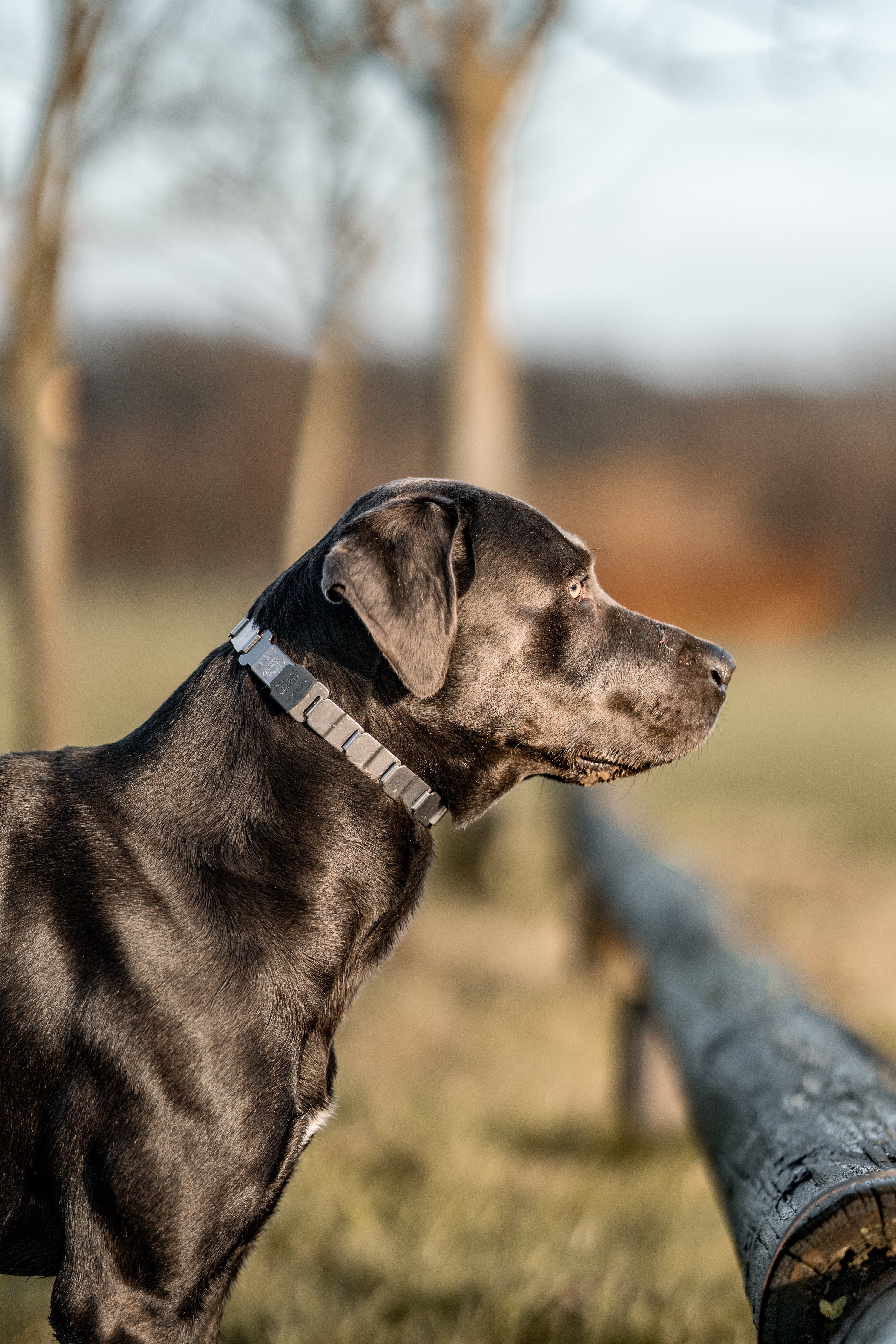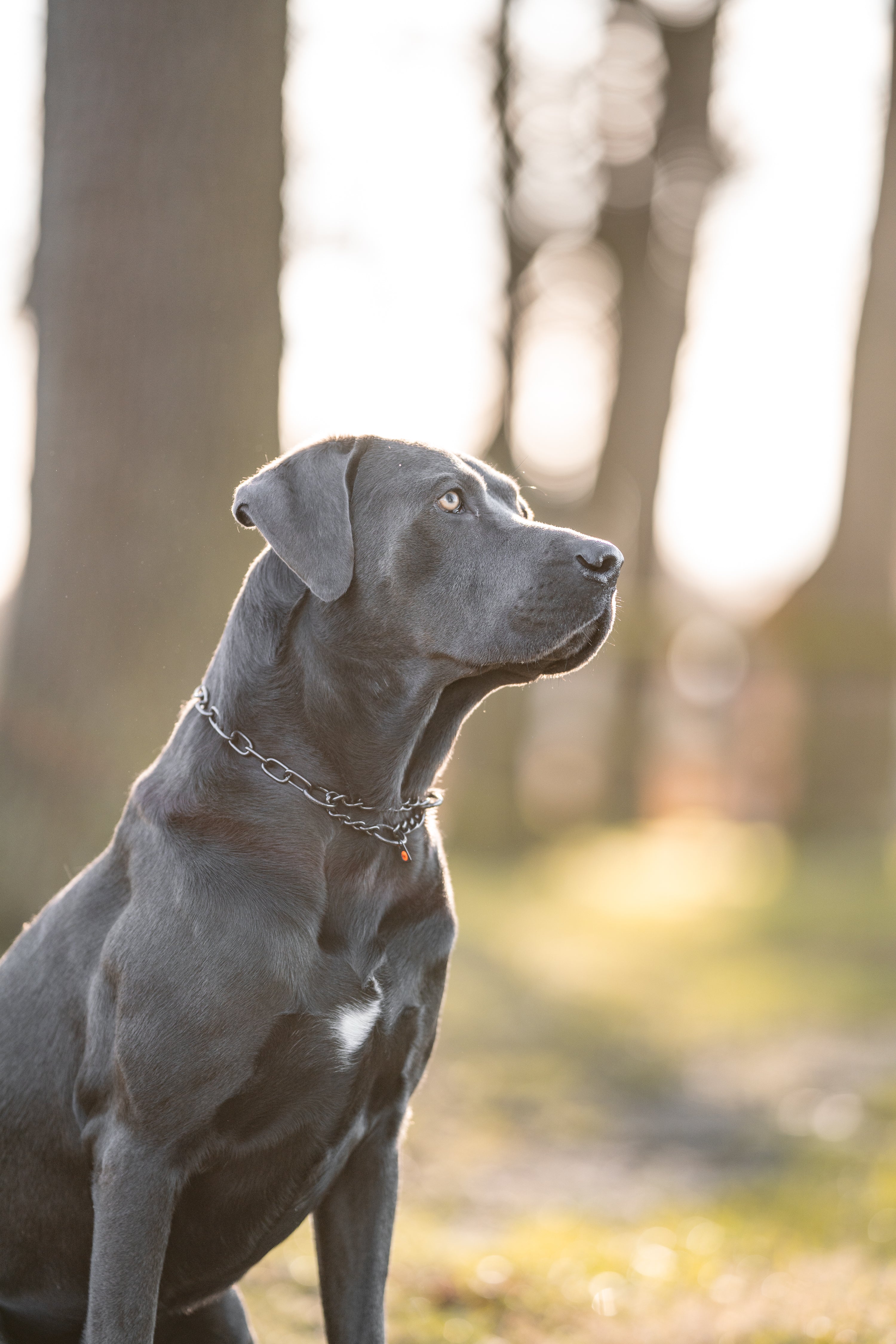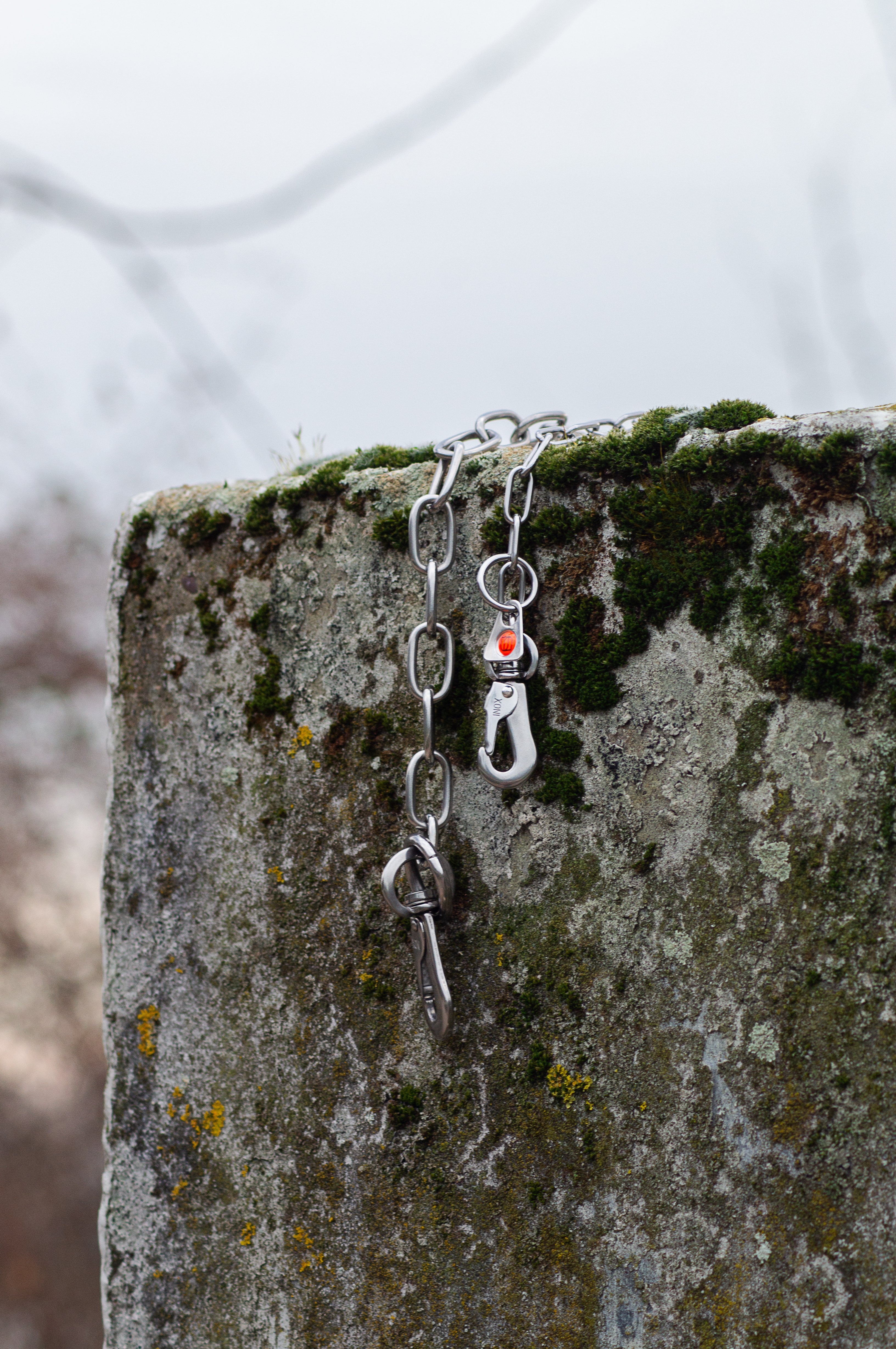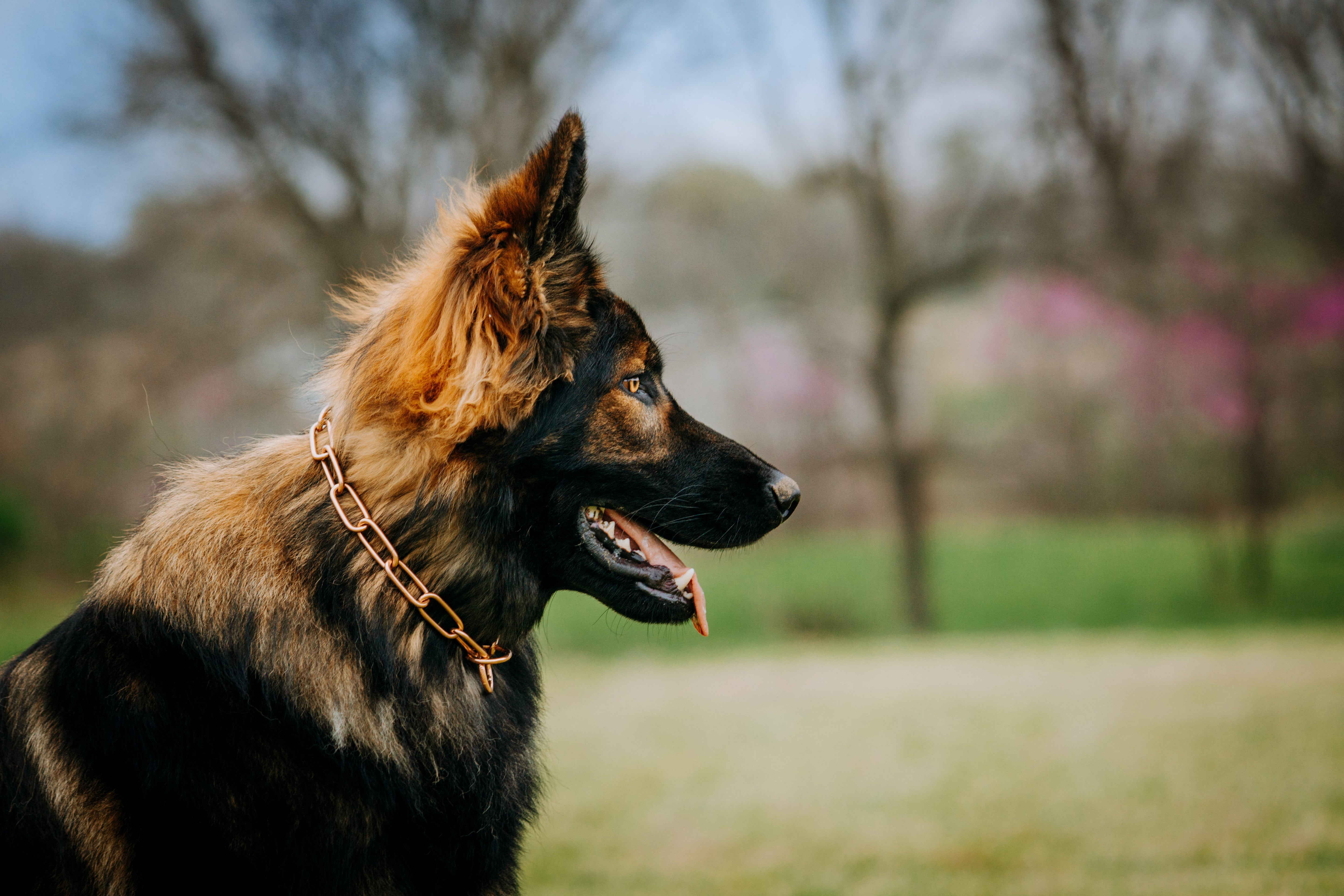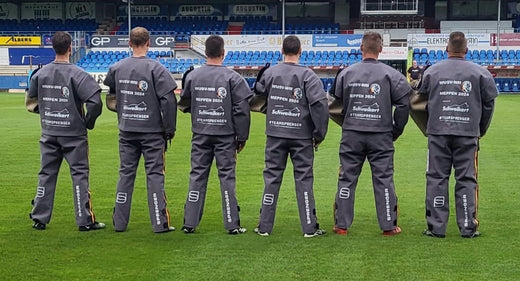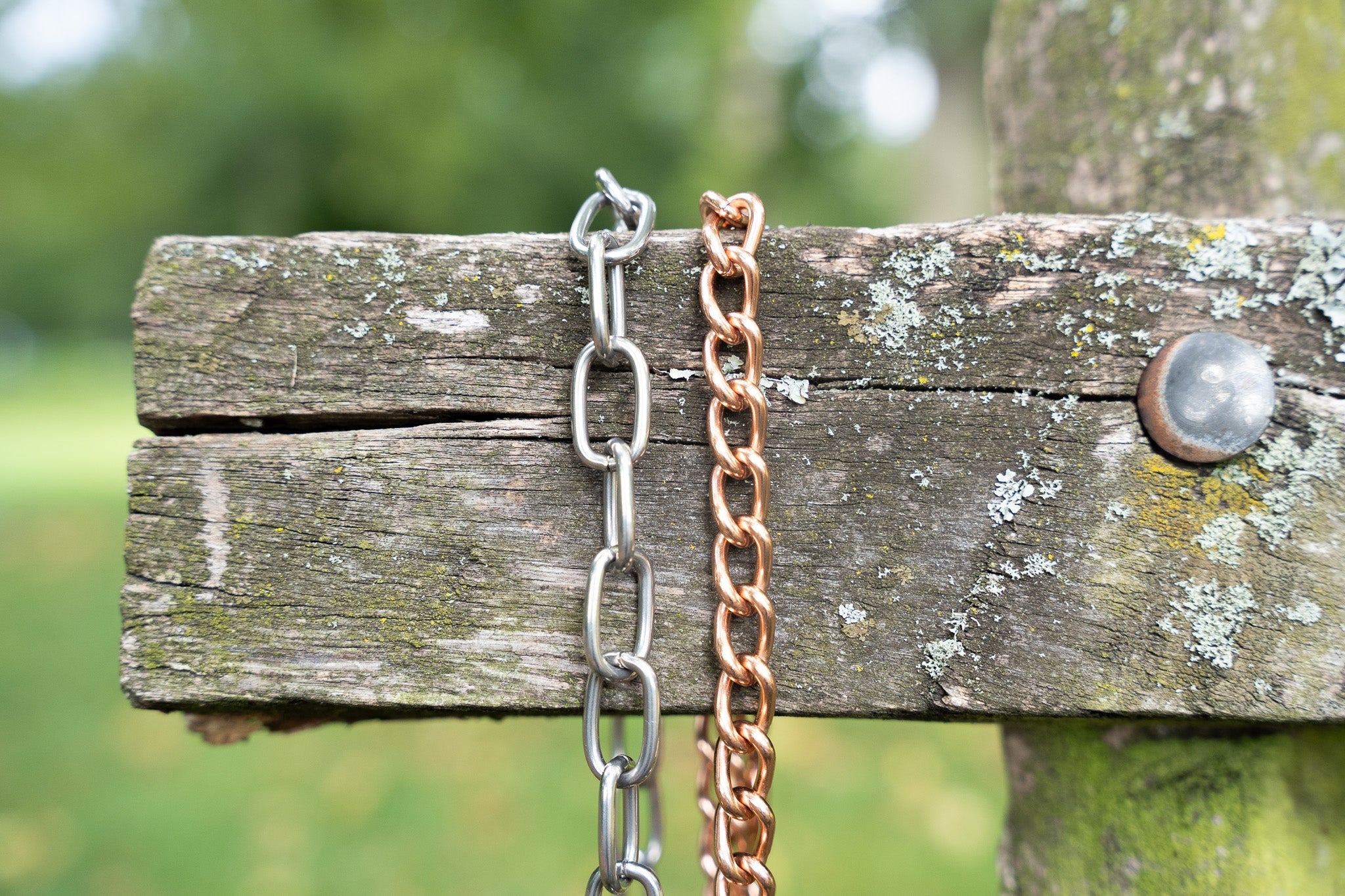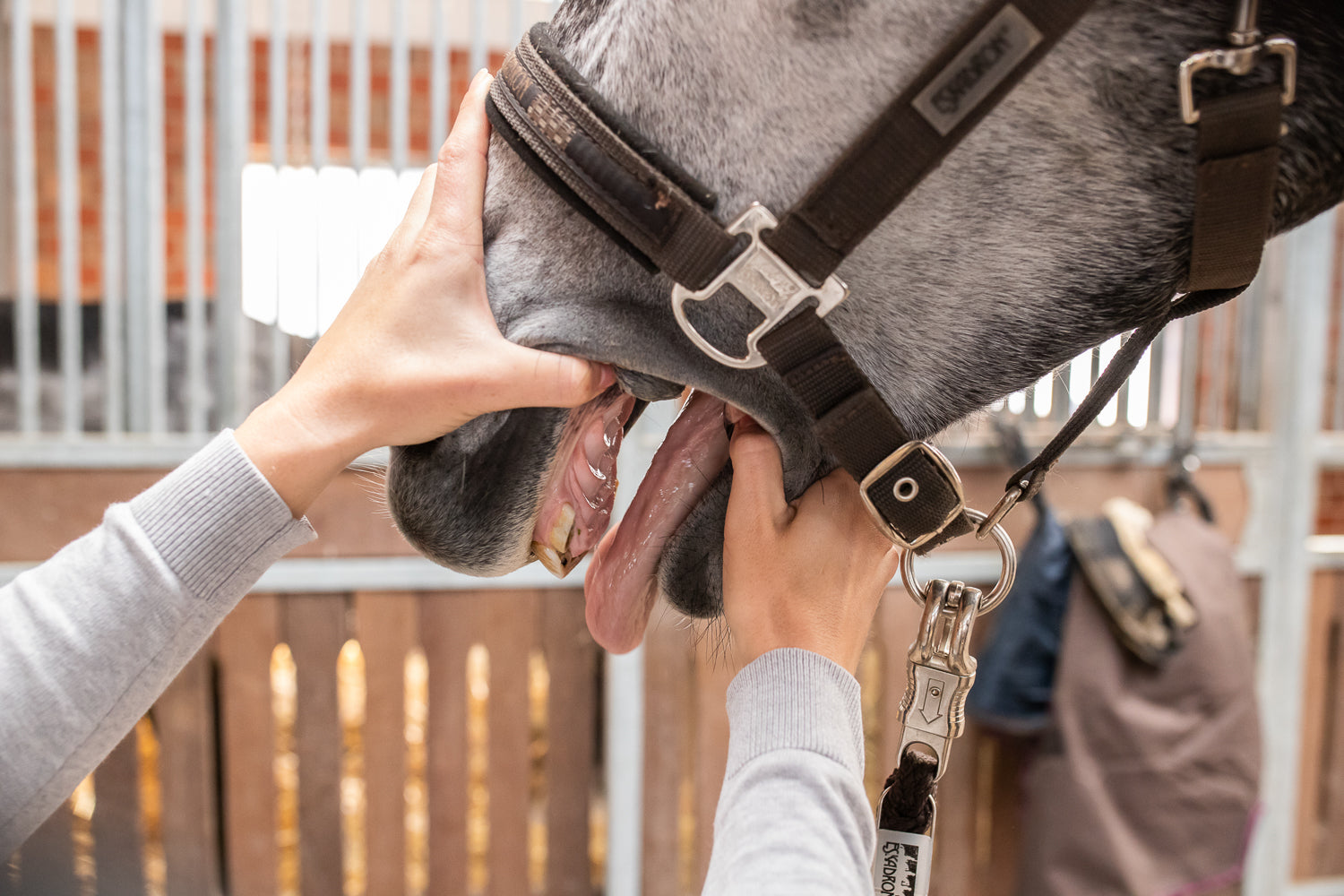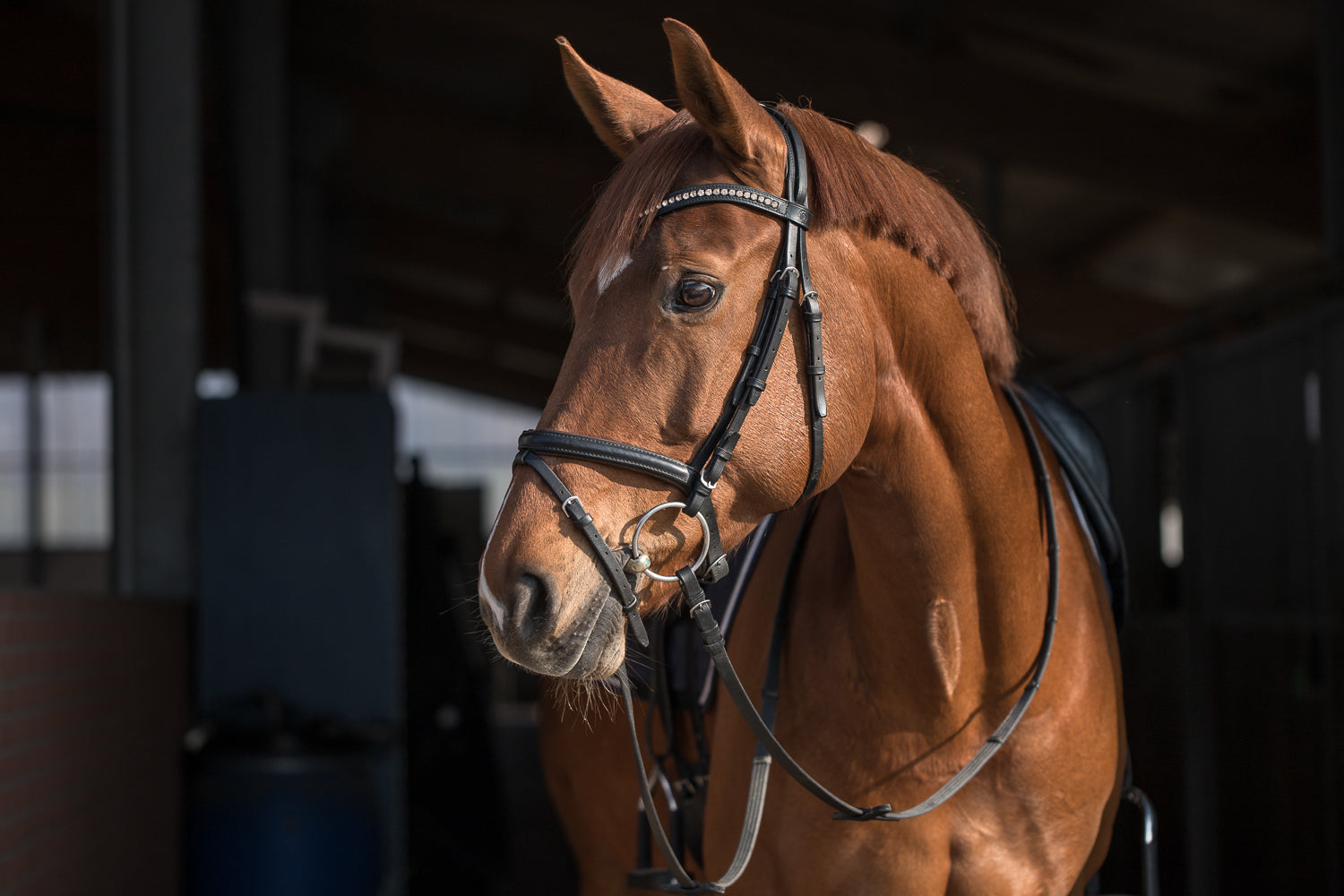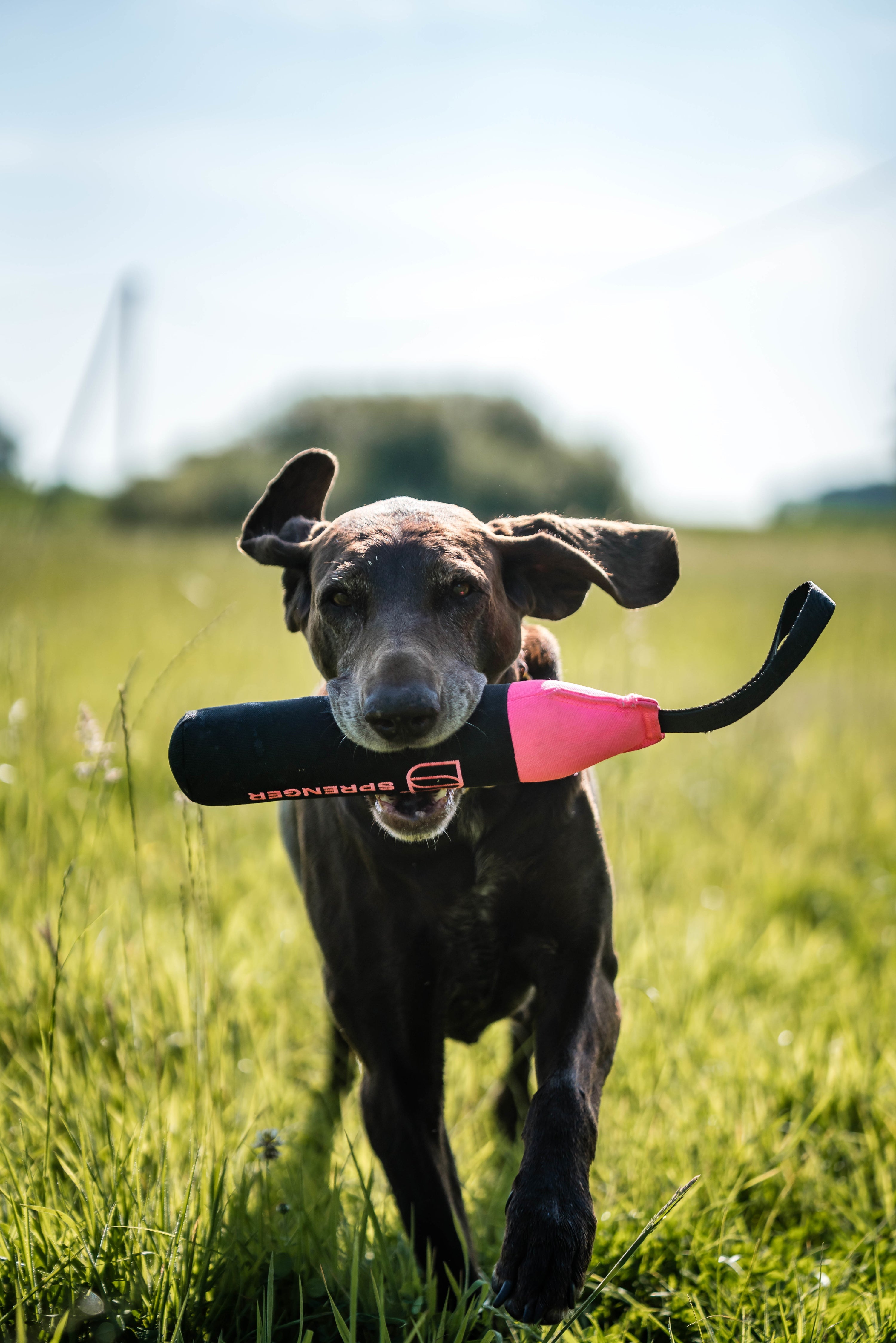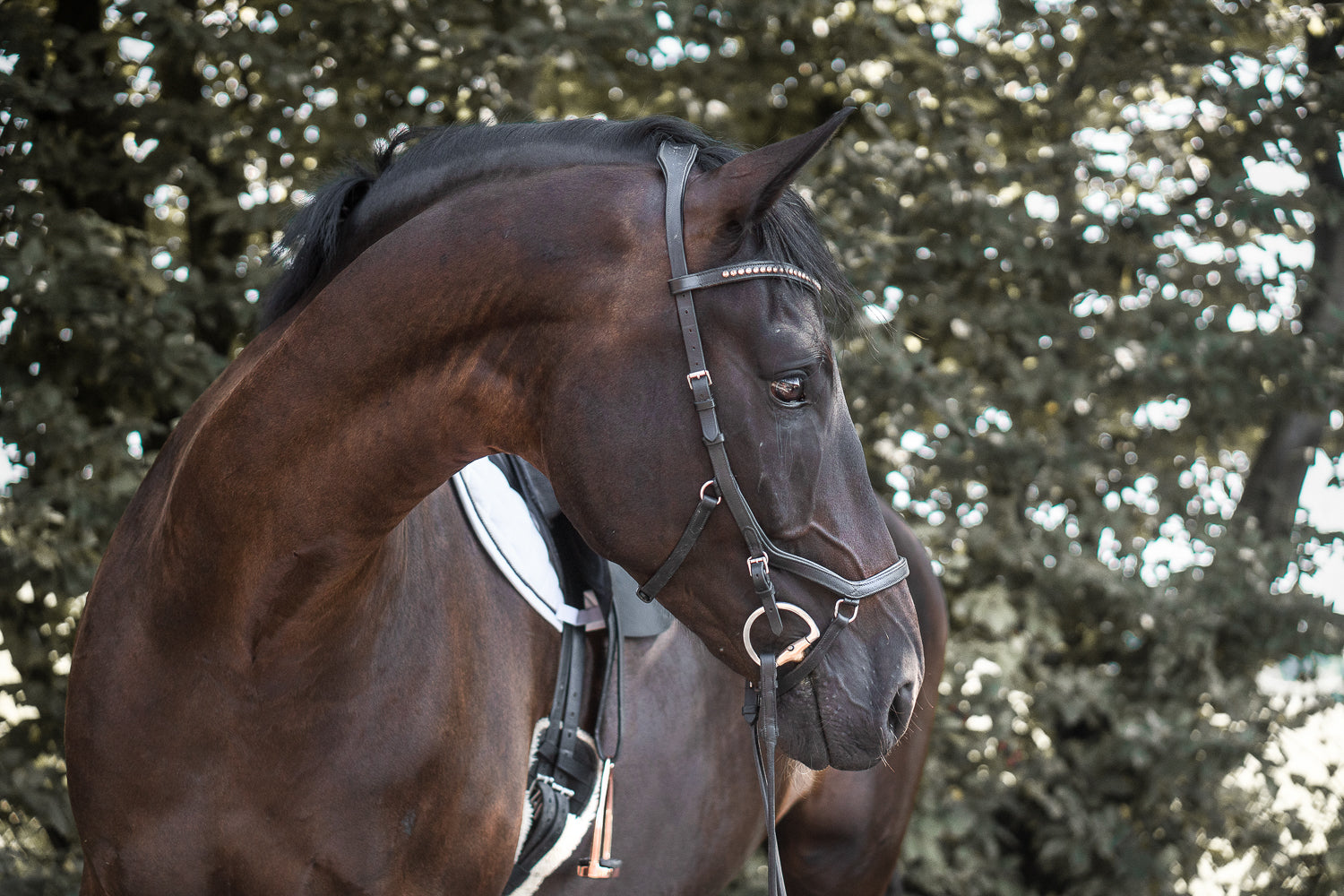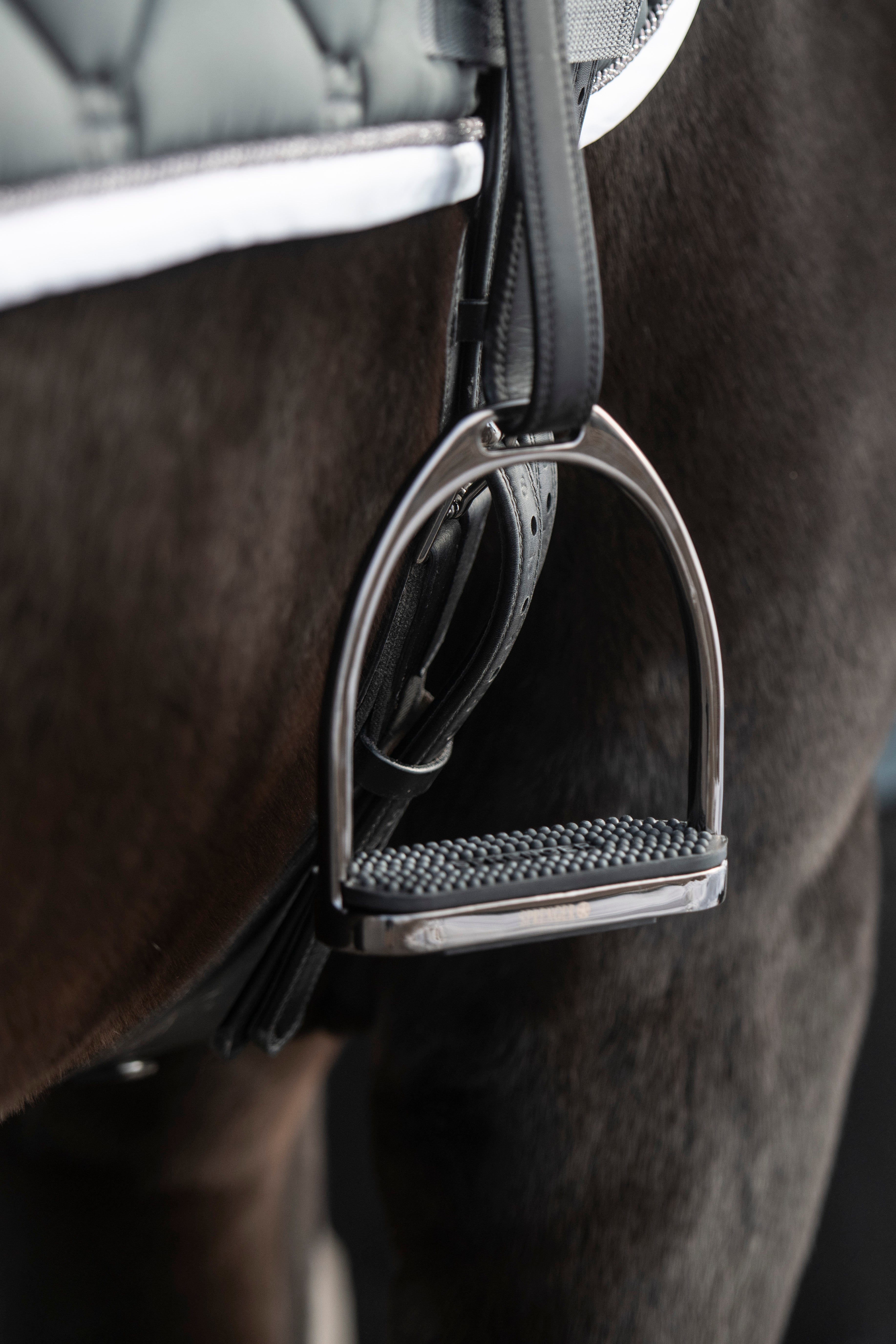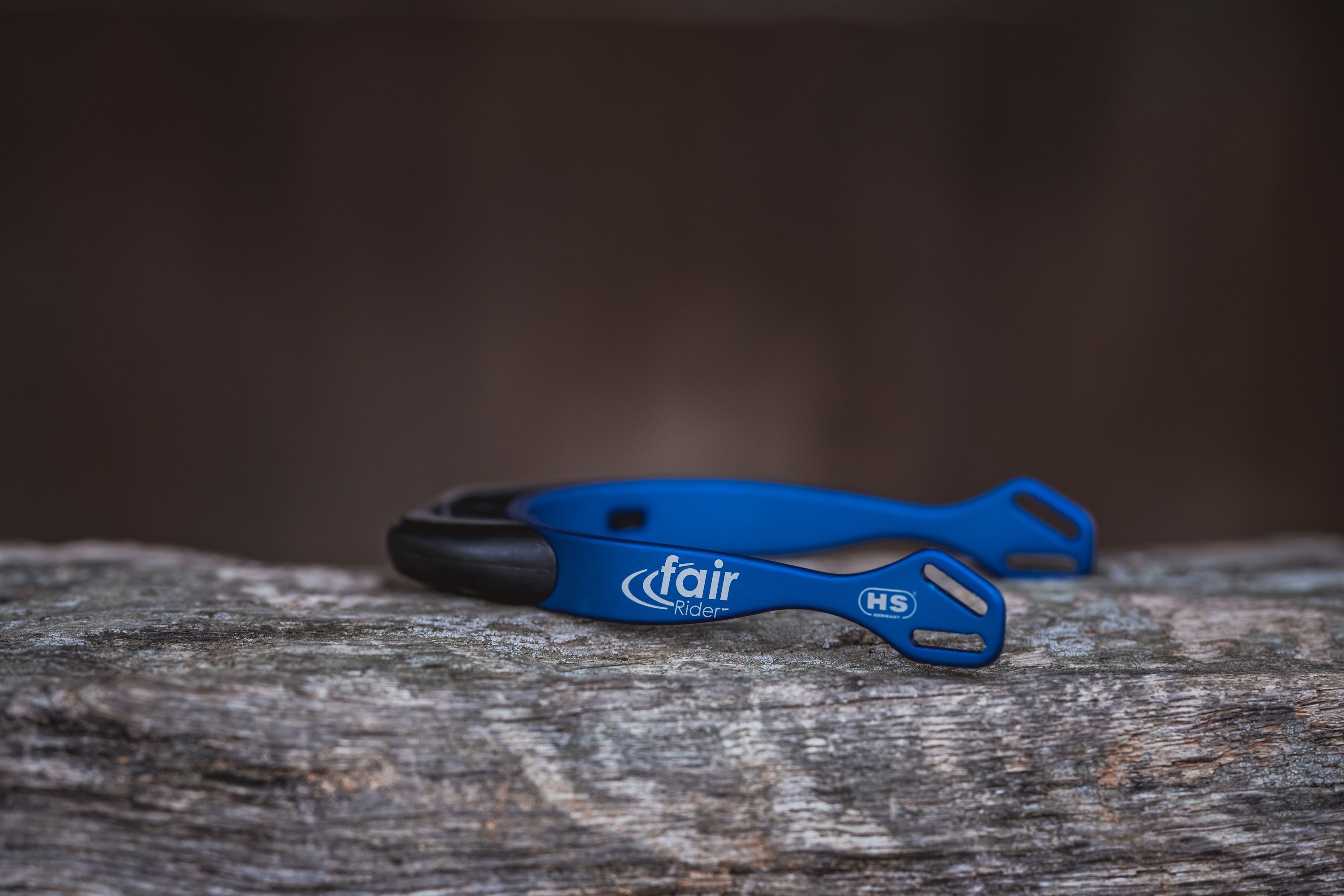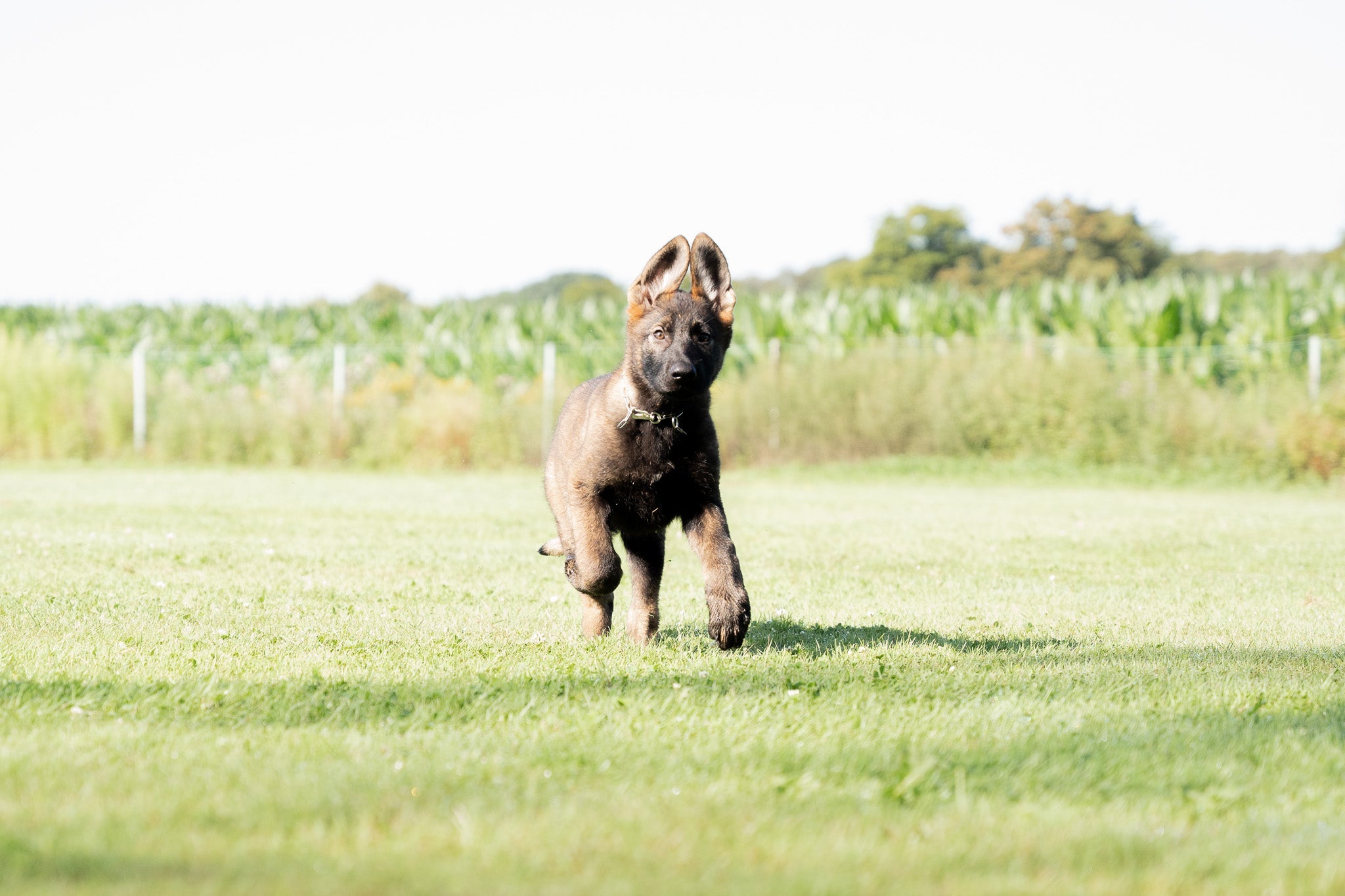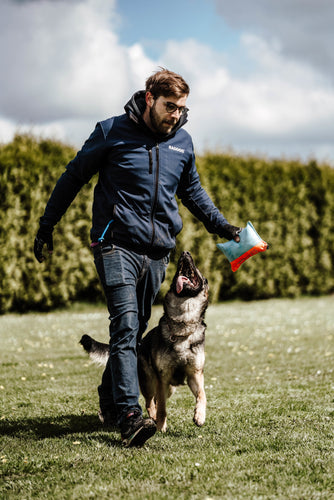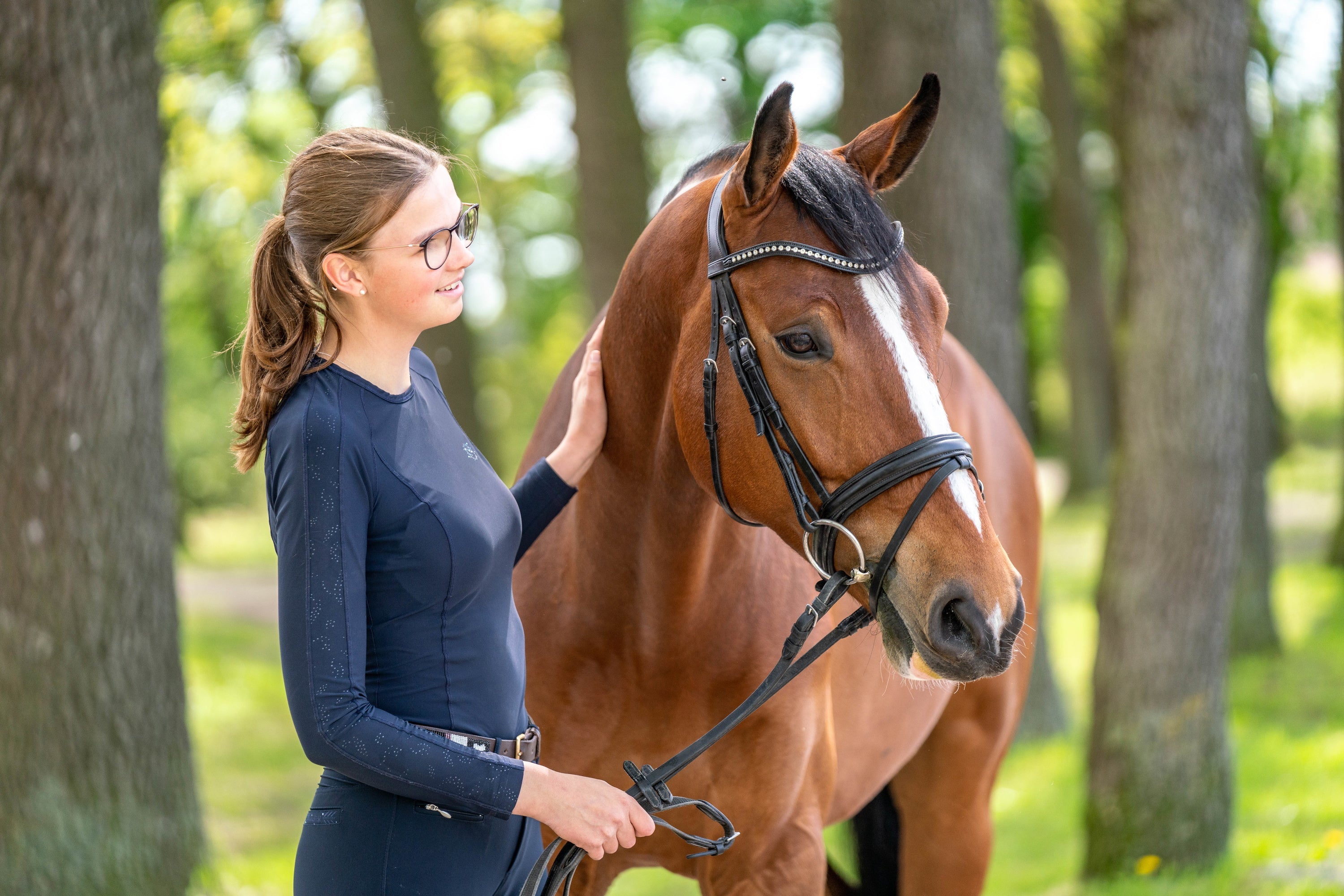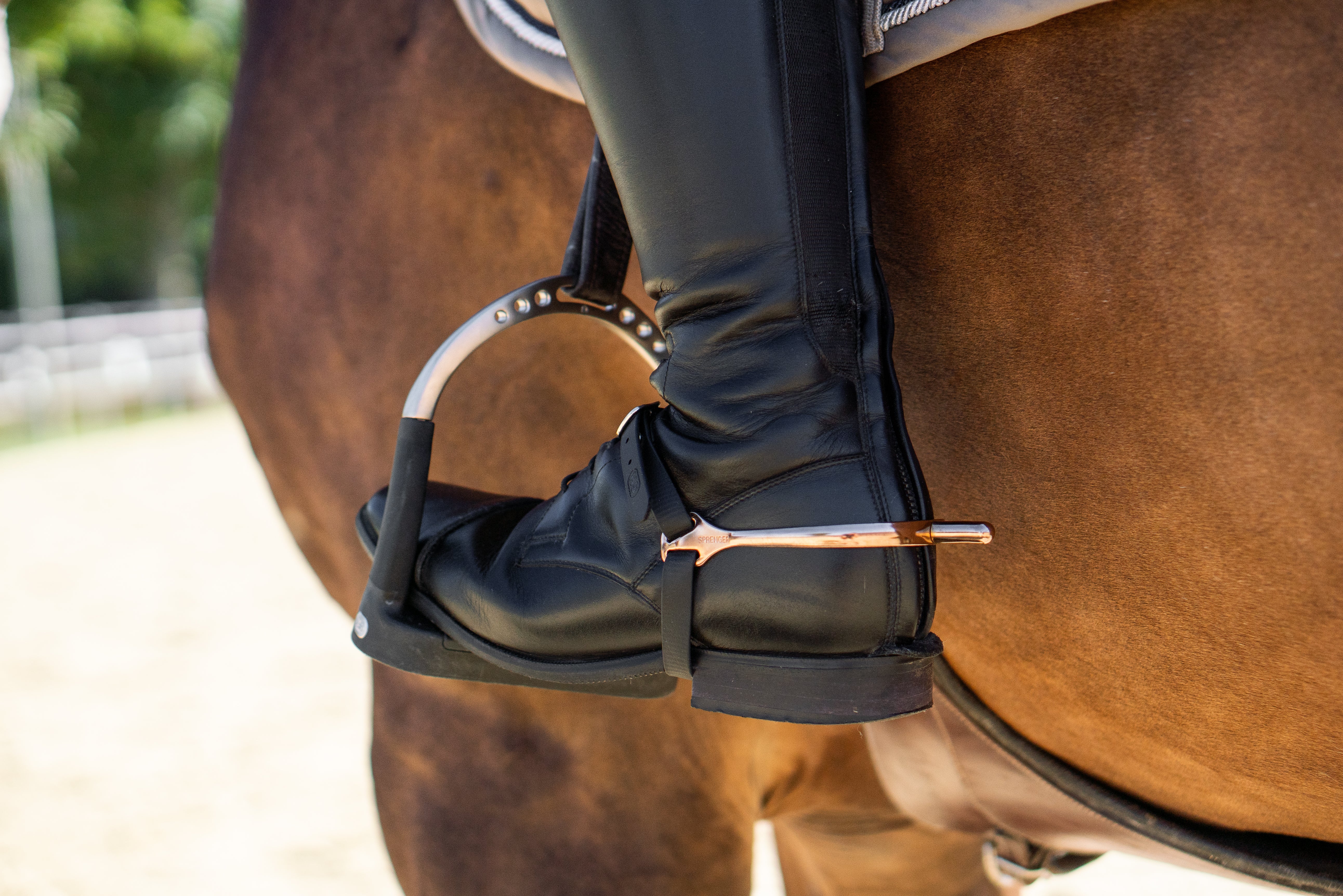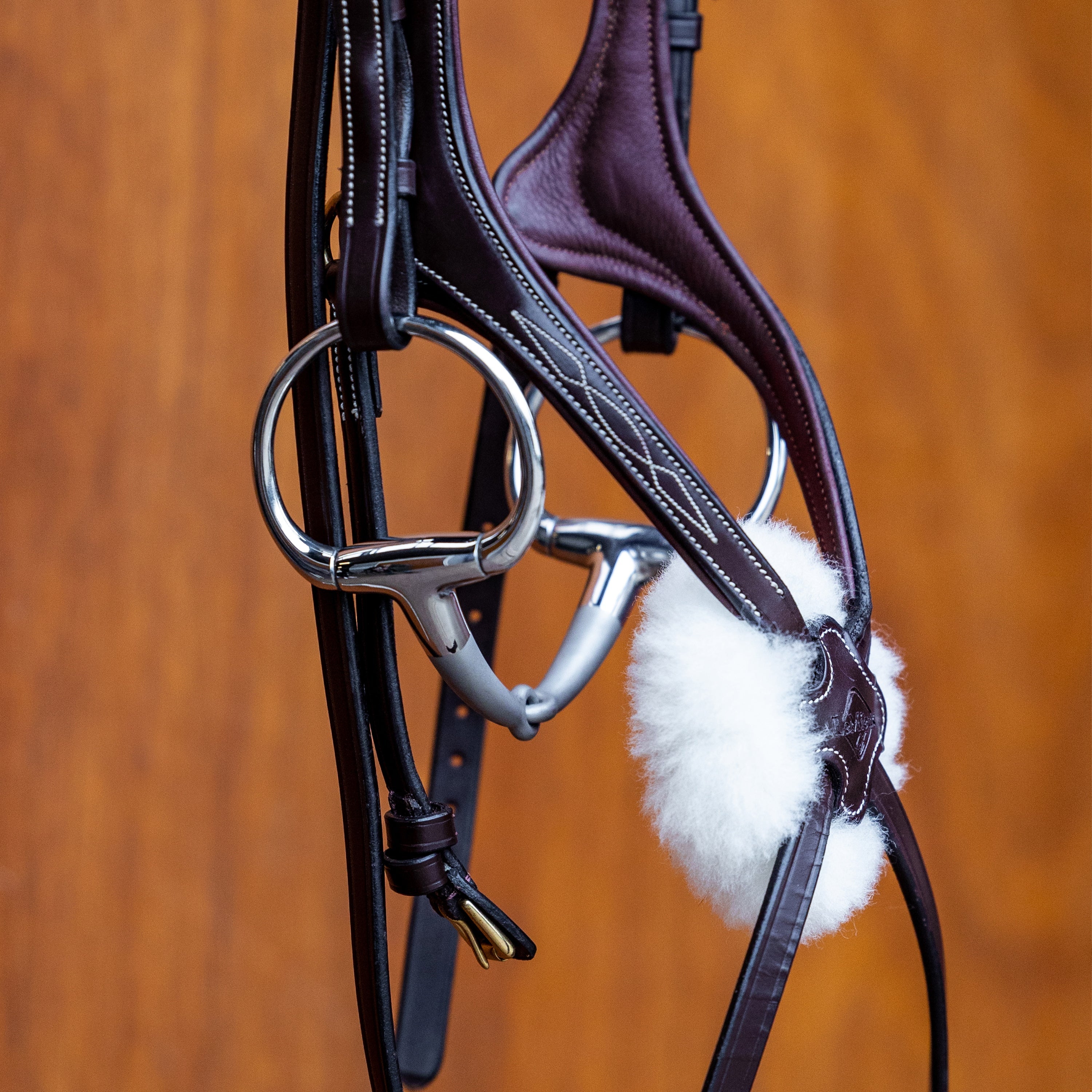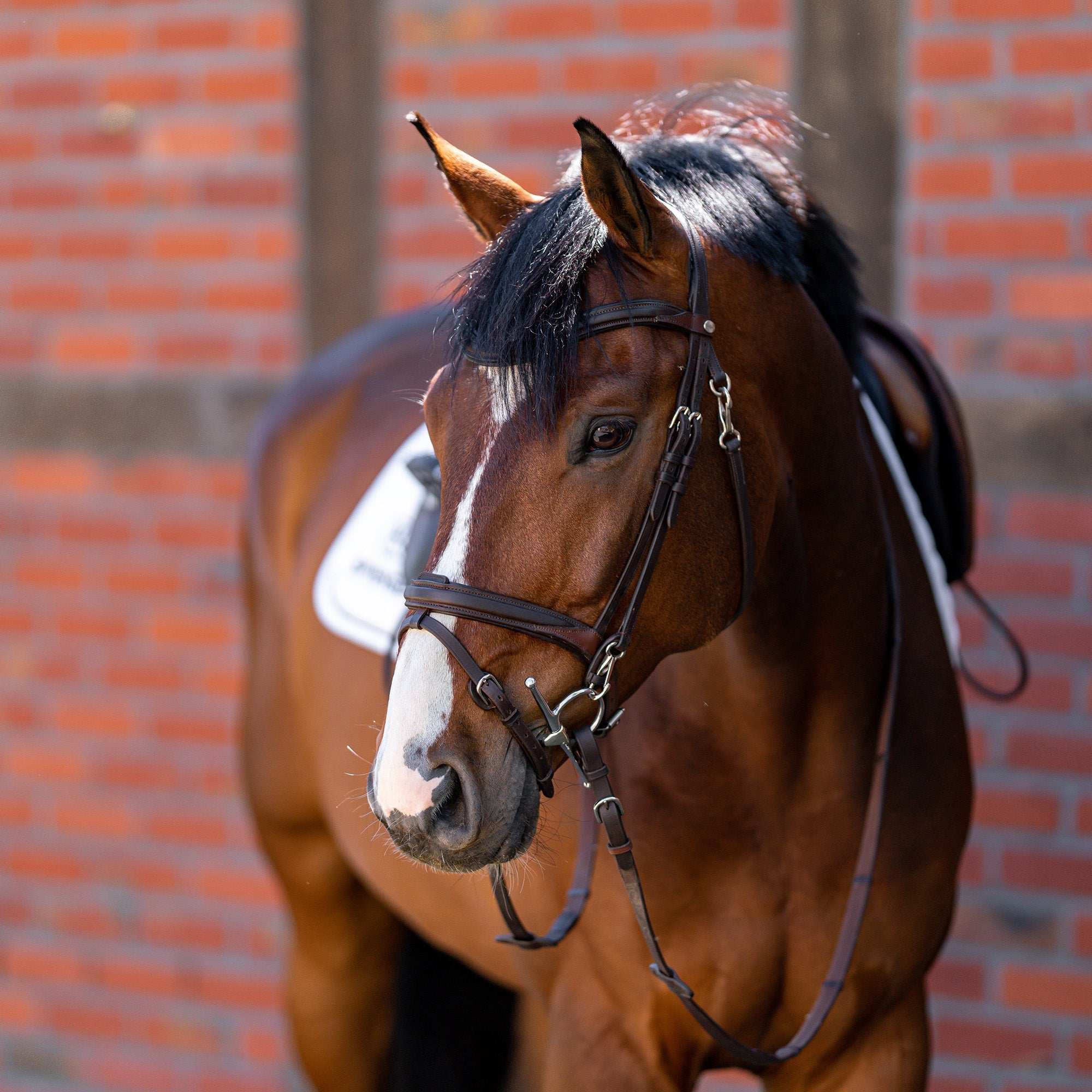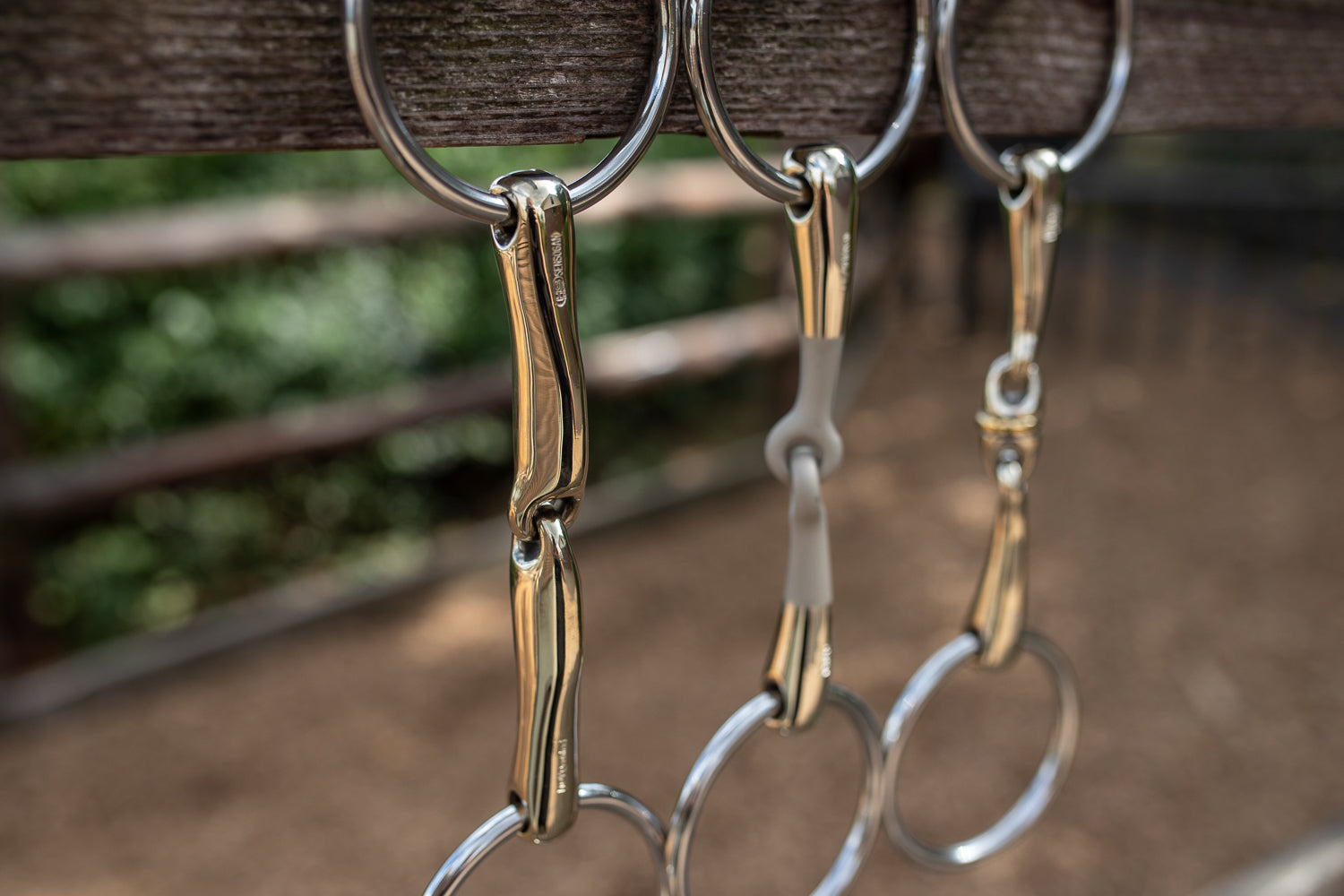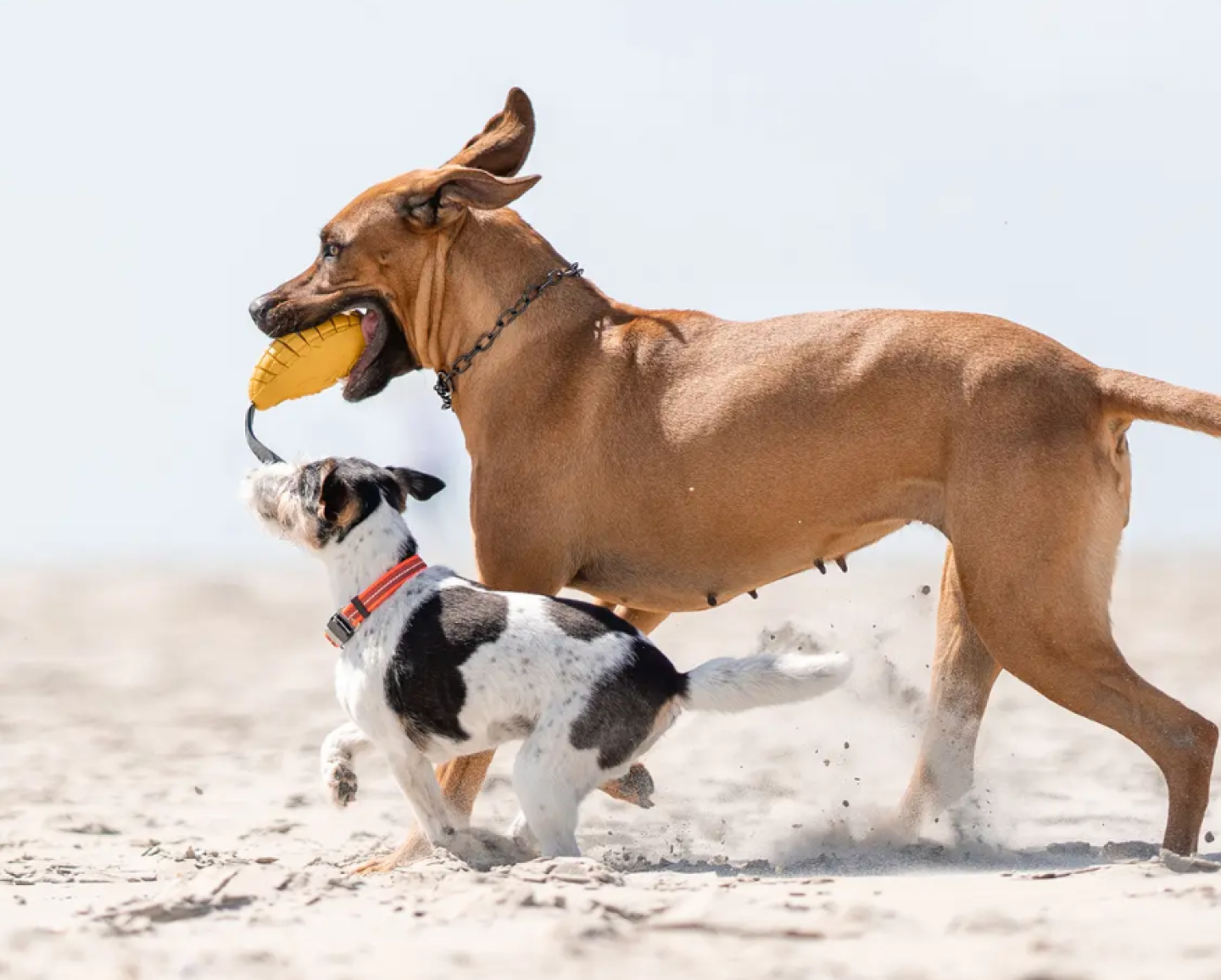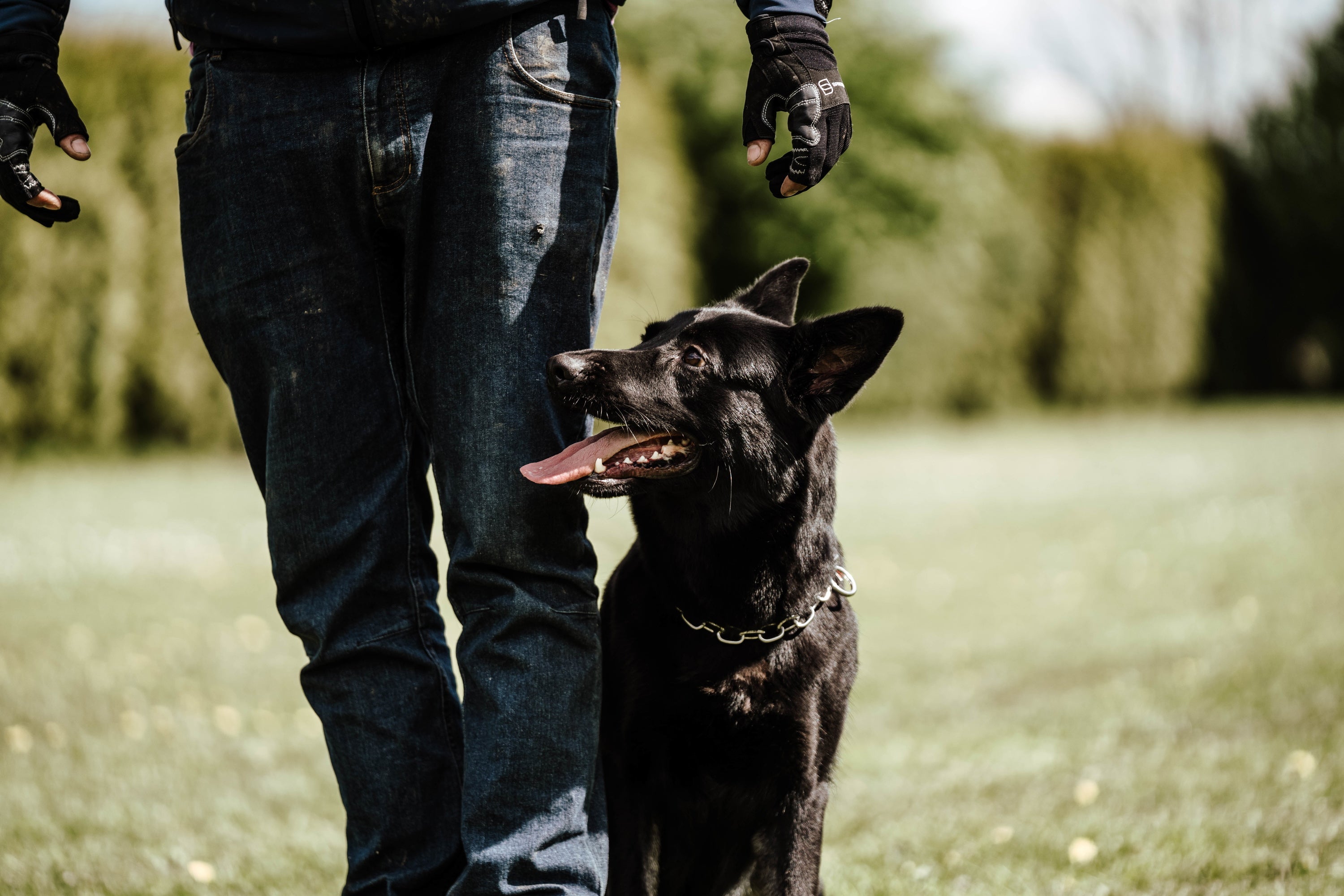
Dogs need to be exercised according to their breed, age, temperament and health. This often means that even long daily walks are not enough to achieve satisfactory physical and mental exercise. In such cases, many dog owners turn to a wide variety of dog sports.
From agility and canicross to dog dancing - today there is a suitable sport and equipment for every type of dog and owner! SPRENGER chain collars are also frequently used in IGP/IPO working dog sports and are even mandatory in some cases.
Find out here what (working) dog sports are all about and what the right collar is for each sport!
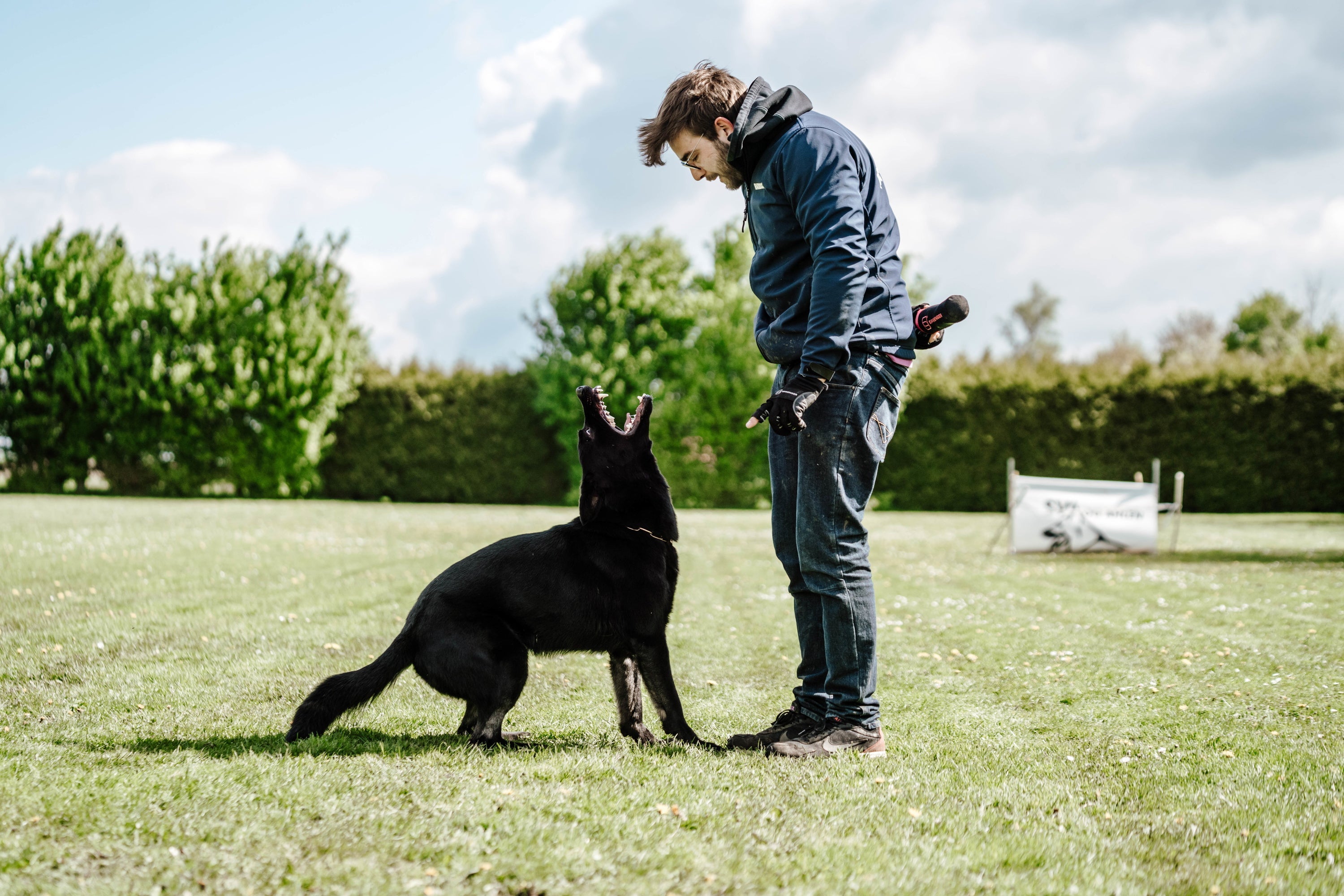
Why dog sports?
In addition to the aforementioned benefits of dog sports for the physical and mental exercise of the dog and the shared fun and bonding with the owner, there is also a wider societal component.
Working dog sport in particular plays a decisive role in the further development and maintenance of healthy breeding lines of various working dog breeds, which are subsequently used in our society - for example as police dogs, search and rescue dogs or in the military.
What is the difference between IGP and IPO?
The common term "IPO" in dog sport trials has been replaced by the new abbreviation IGP. This stands for "Internationale Gebrauchshunde Prüfungsordnung" which translates to "International Working Dog Trial Regulations".
IGP trial regulations
The IGP trial regulations are derived from the current FCI trial regulations.
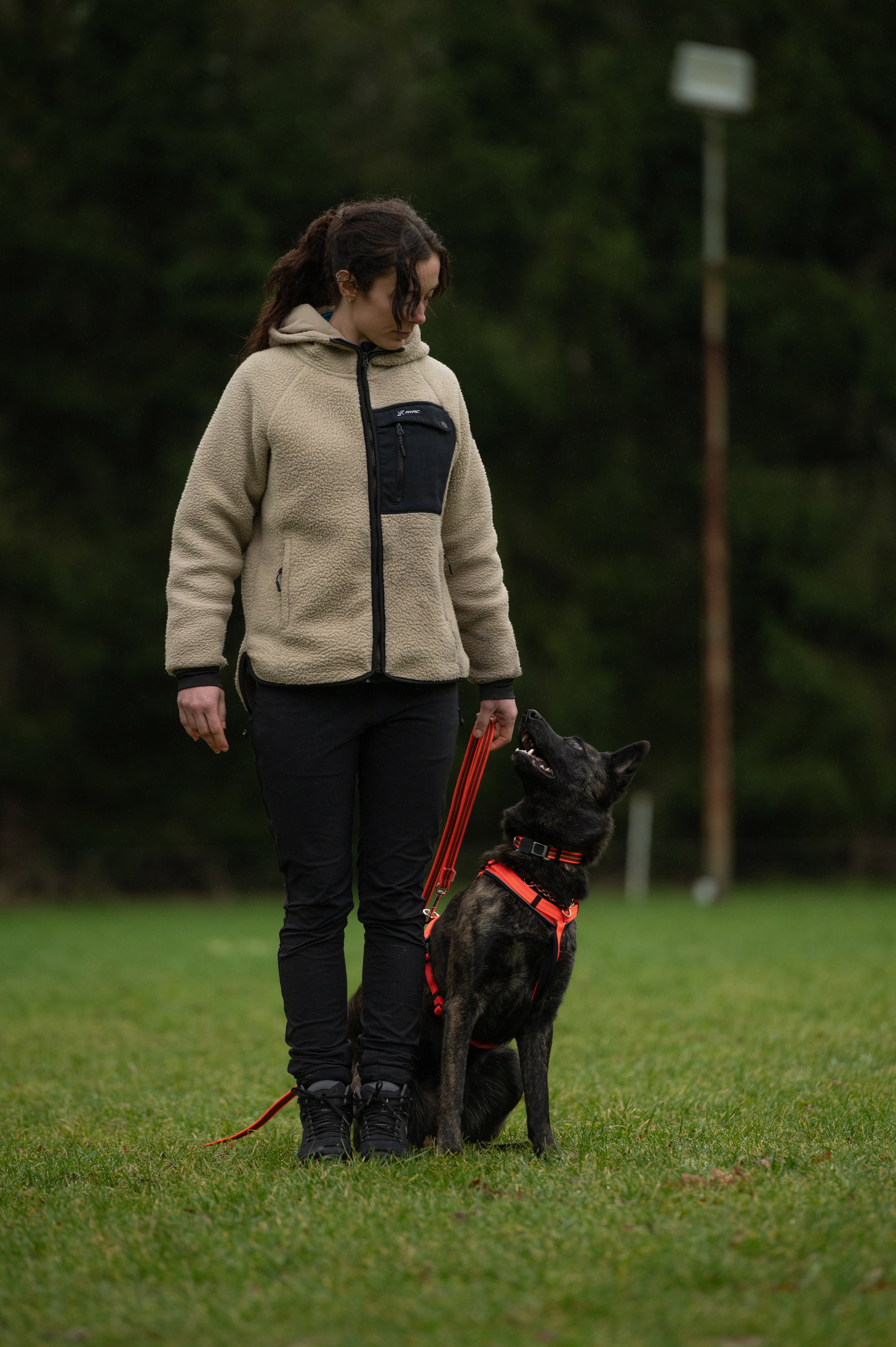
What do the abbreviations for dog sport trials mean?
BH-VT - companion dog examination with behavior test
IGP - International Utility Dog Examination, Level 1-3
IBGH - Companion dog examination, level 1-3
FH-V - Tracking dog examination (preliminary examination)
FH - Tracking dog examination, level 1-2
StP 1-3 - Reconnaissance examination
IPOV - Preliminary examination
IPOZTP - Breeding aptitude examination
IADP - Endurance examination
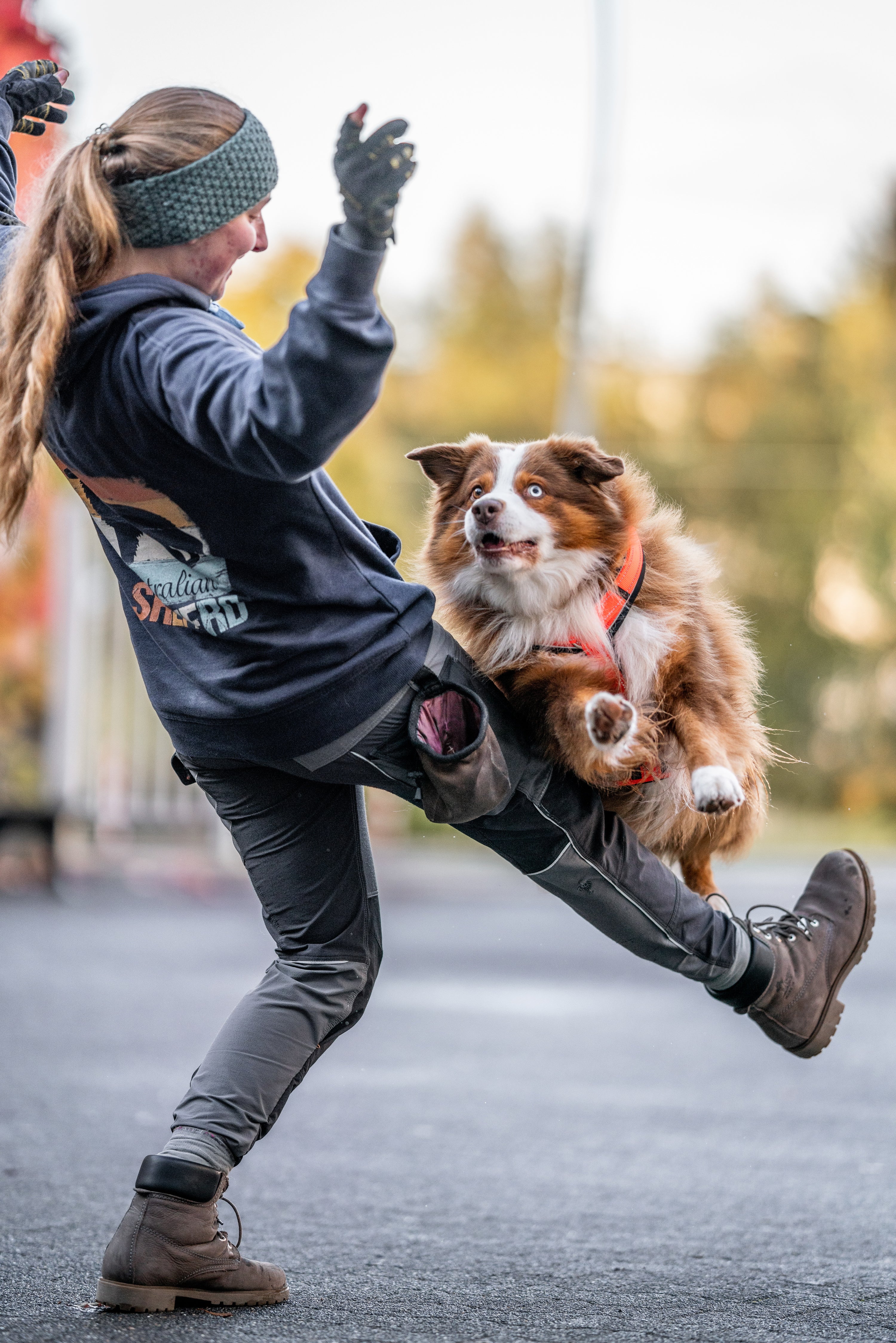
Sport dog breeds
In principle, any breed of dog can take part in dog sport. In order to participate in working dog sports, the dog must have passed the companion dog examination and be at least 18 to 20 months old.
Depending on the type of dog sport, certain breeds are typically seen more often. This may be due to their physical and mental abilities or the origin of the sport.
For example, Border Collies are often seen in agility, while German Shepherds or Malinois are mainly used in working dog sports - in line with the frequent use of these breeds as working dogs.
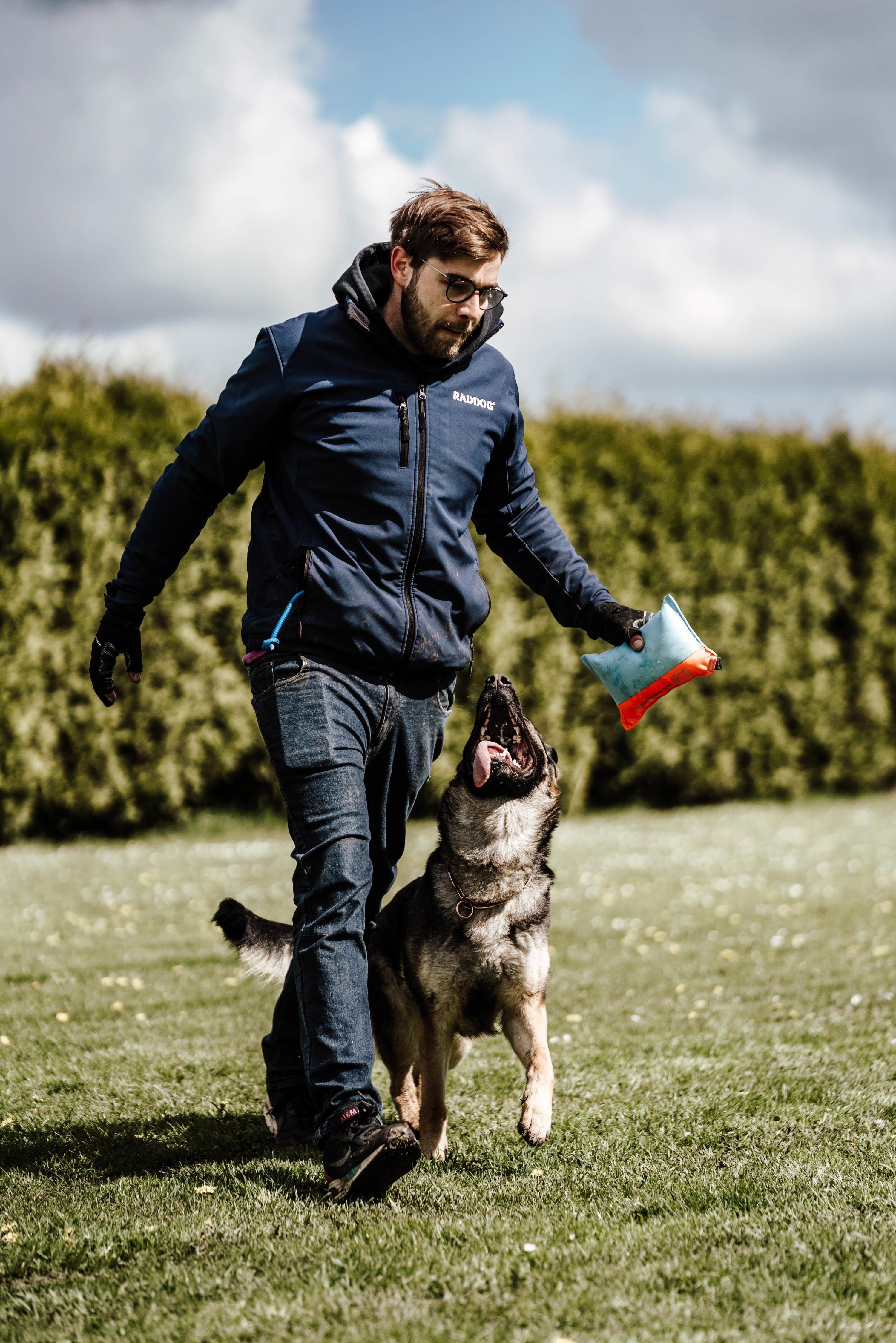
Working dog trials - trial-compliant chains
The use of a chain collar is compulsory in many working dog trials. Originally, the idea was that the chains would enable a loose-fitting collar and prevent other aids such as shocking devices or training chains from being hidden under a wide, flat collar in examinations.
However, you should be careful here too: Not every chain collar is permitted for use in VDH tests. The exact regulations are derived from the FCI test regulations.
In principle, only single-row, long-link chains without pull-through chain, shackles, nylon elements or hooks are permitted. The color of the chain collar is not precisely defined and can be freely chosen.
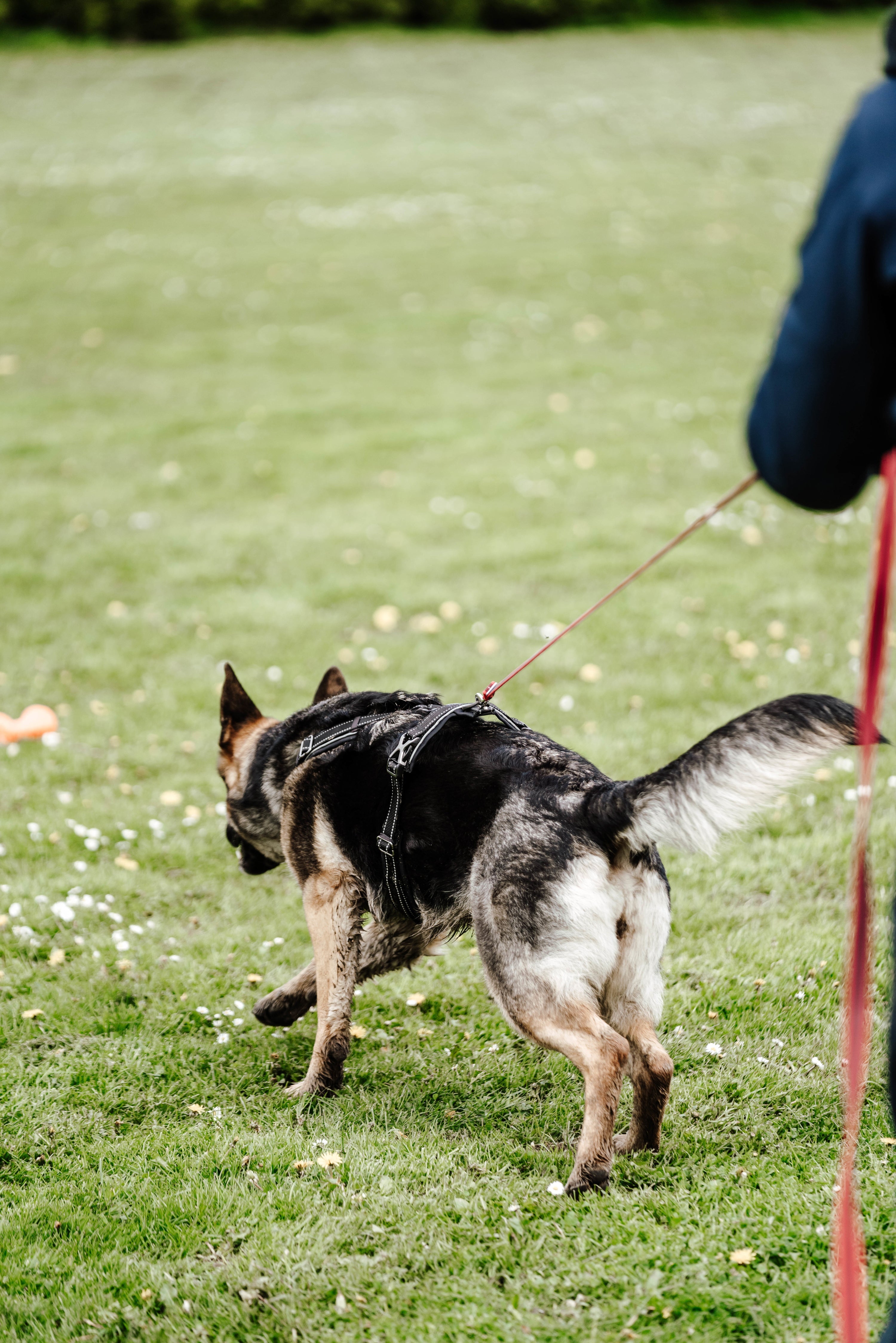
FCI trial regulations collar rule
According to the current FCI trial regulations of 2019, dogs in dog sport trials must be presented with a single-row, loose-fitting chain collar with long links.
For tracking work as an FCI trial, a search harness or identification blanket may be used in addition to the chain collar.
Please note: Leather collars, fabric collars or chest harnesses are also permitted in some trials. Before your trial, find out exactly which rules apply in your trial and contact the club/organizer if you are unsure.
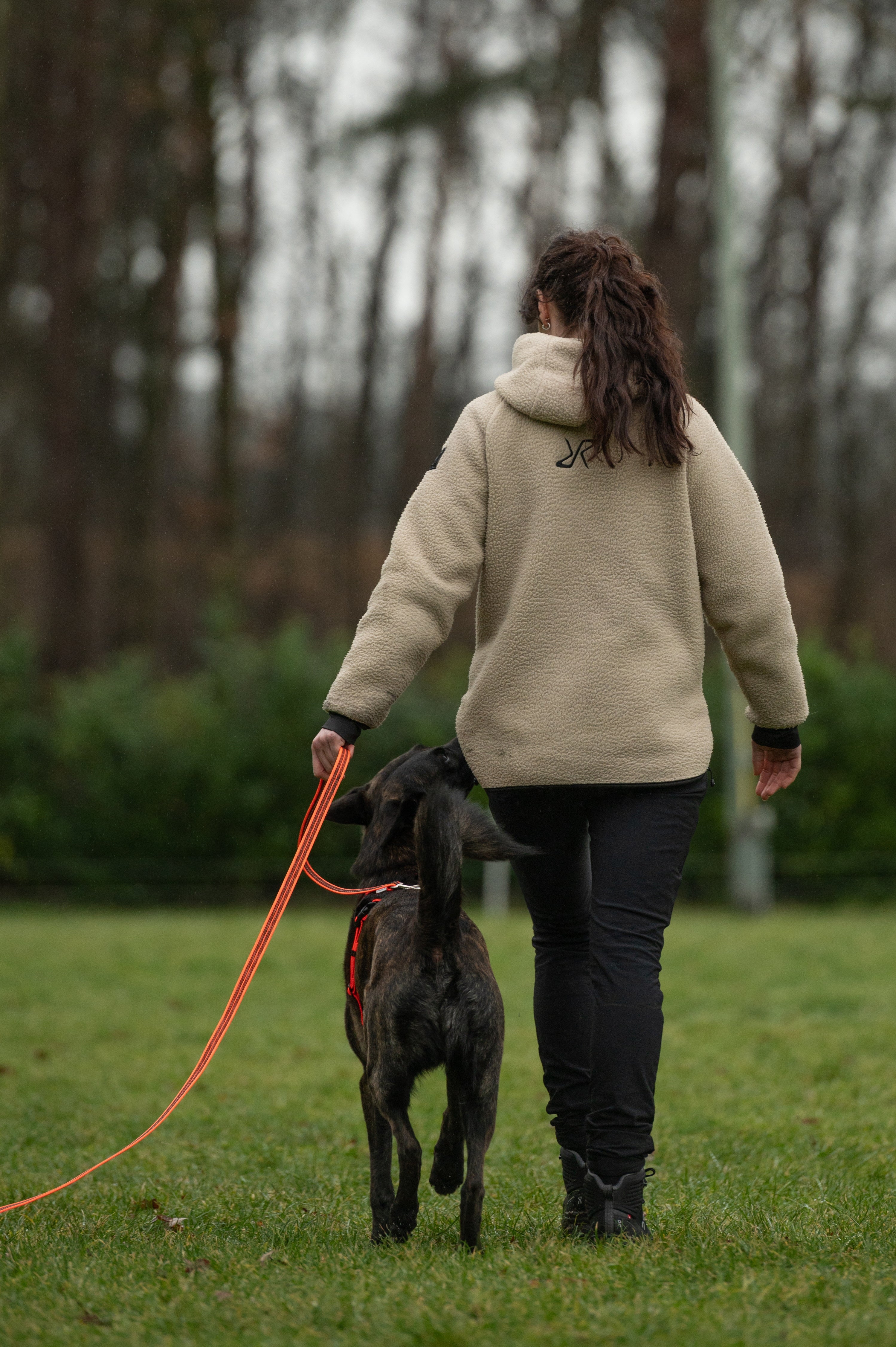
Which leash for dog sports?
The choice of leash also depends heavily on the type of dog sport.
According to FCI trial regulations, a leash must always be carried and be kept on the side facing away from the dog or out of sight. This is where we recommend our 1 m nylon leads, for example. These are light and space-saving and can therefore be stowed in your pocket and always carried with you.
For tracking, on the other hand, a suitable 5 m to 10 m long drag line is required, while in agility no leash is used during the run and in canicross a bungee leash is often used.
PART OF YOUR PASSION.
